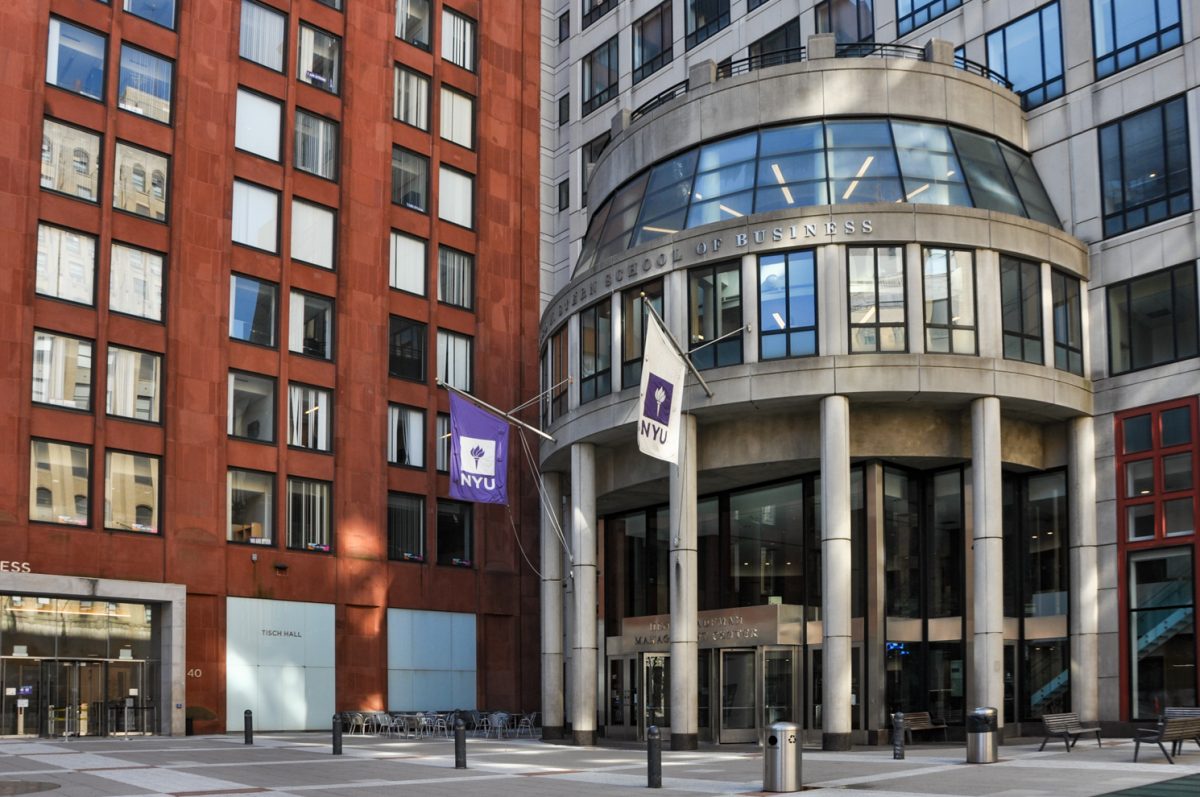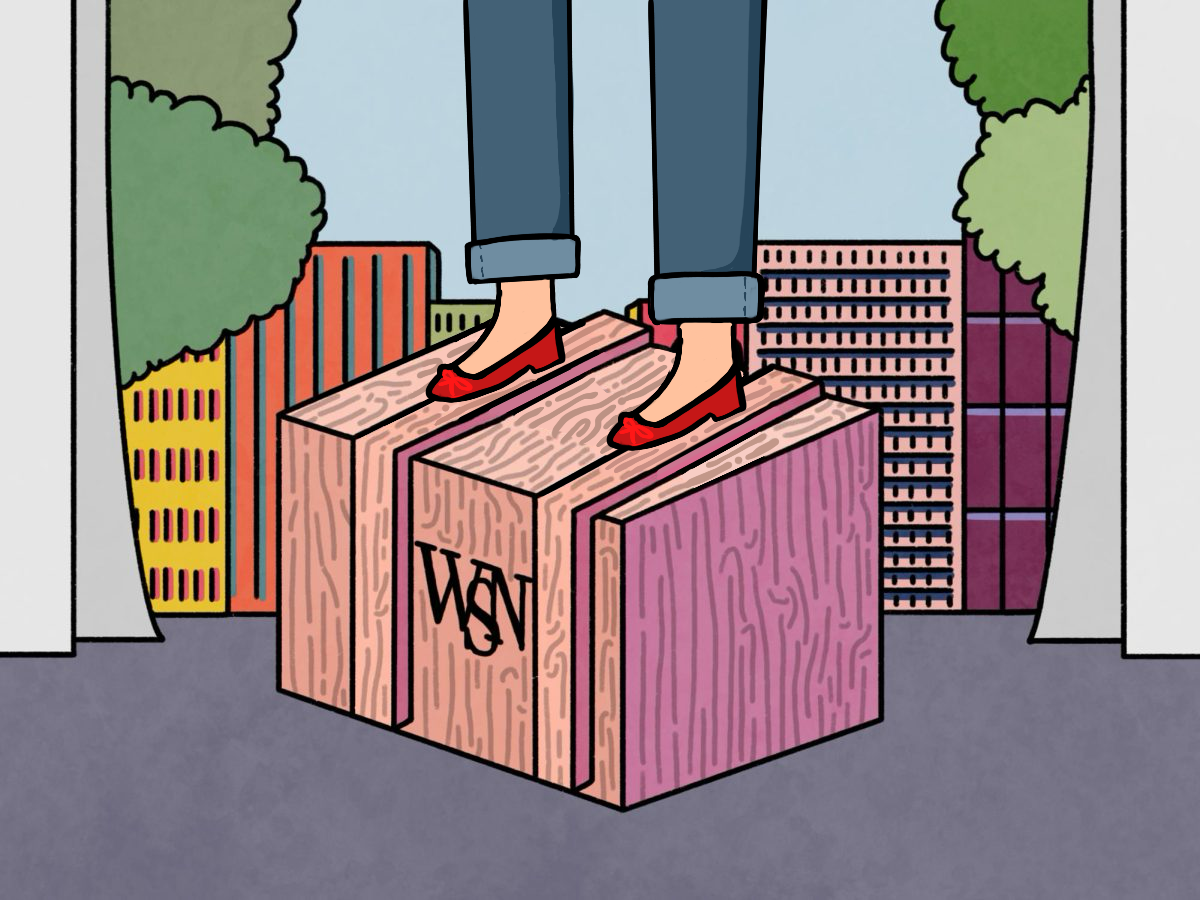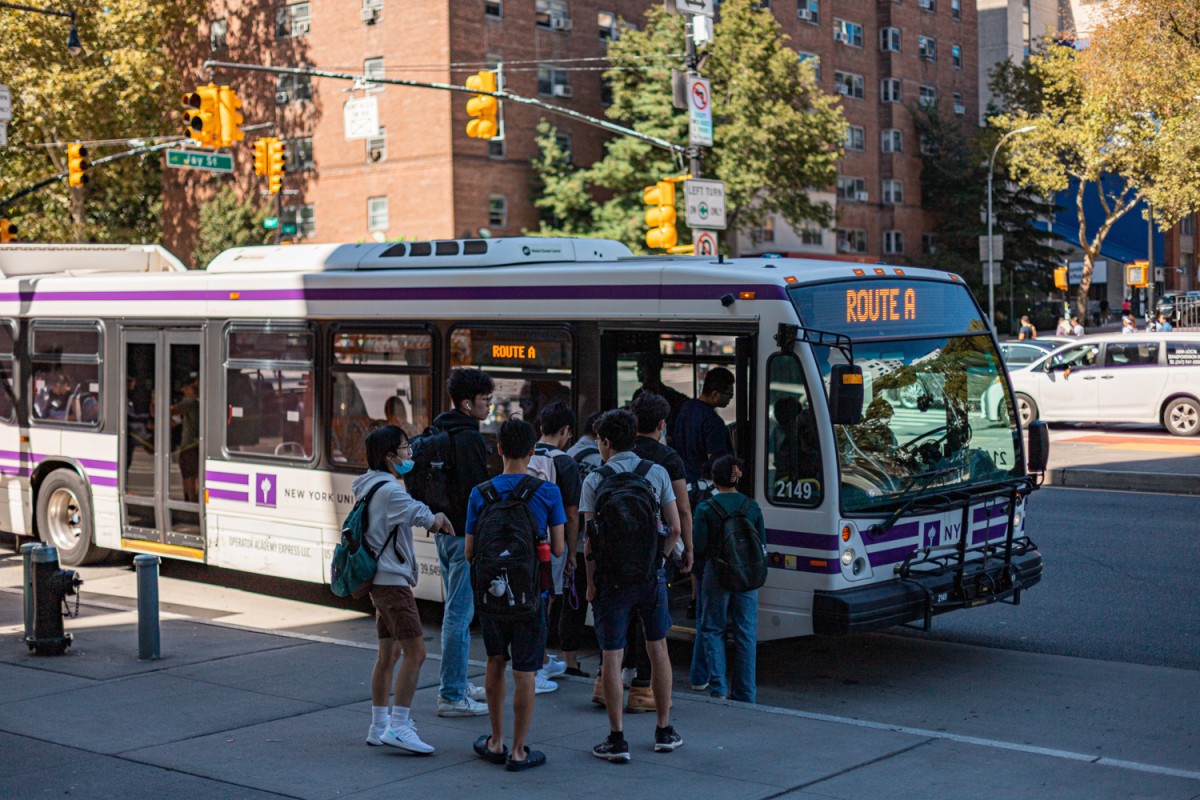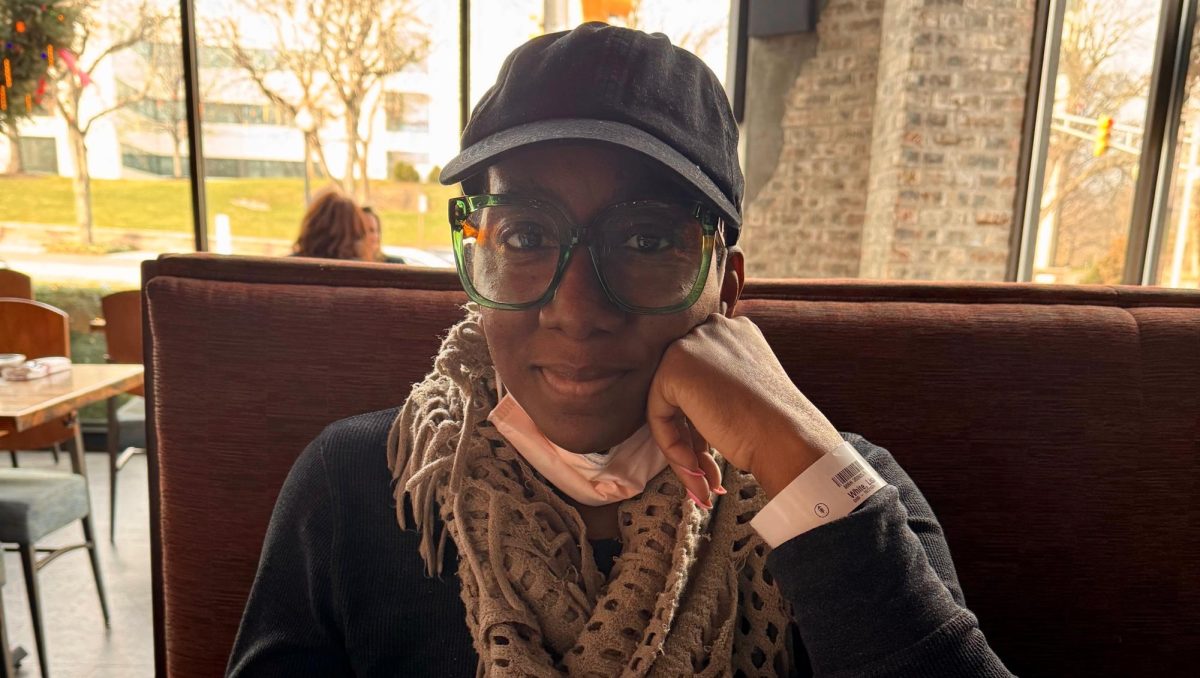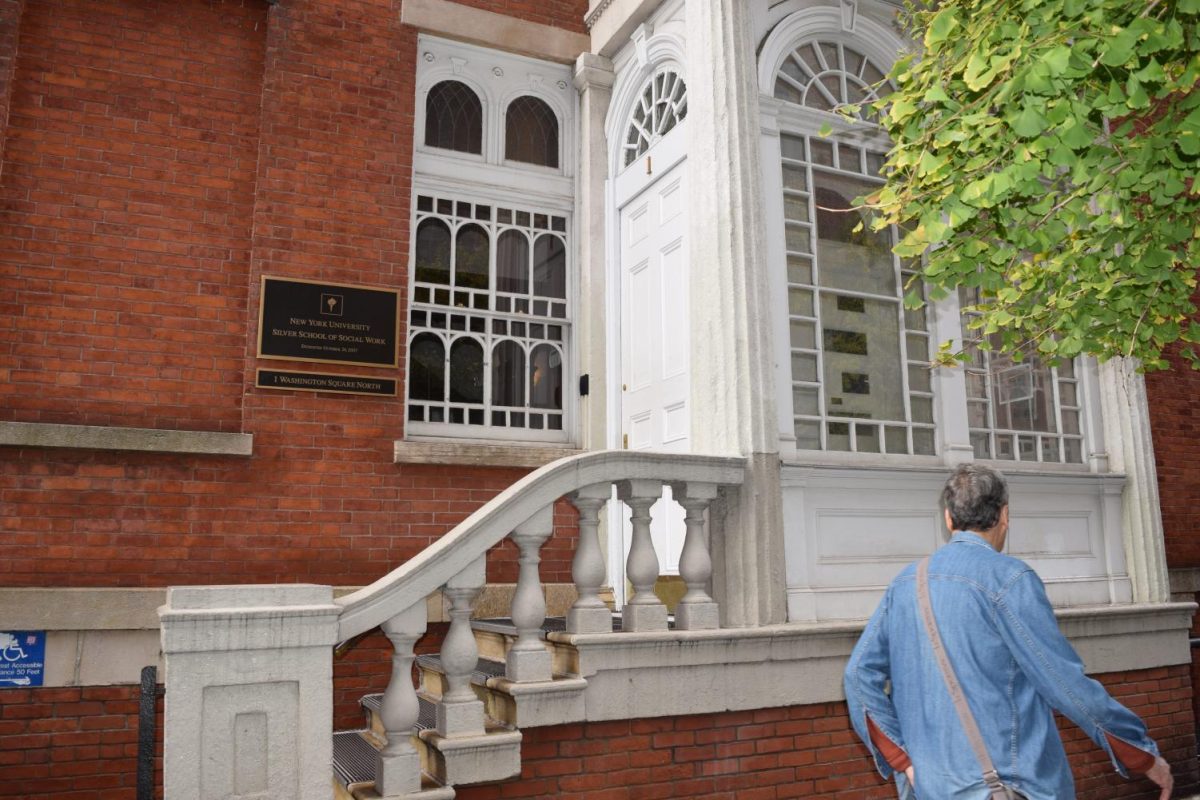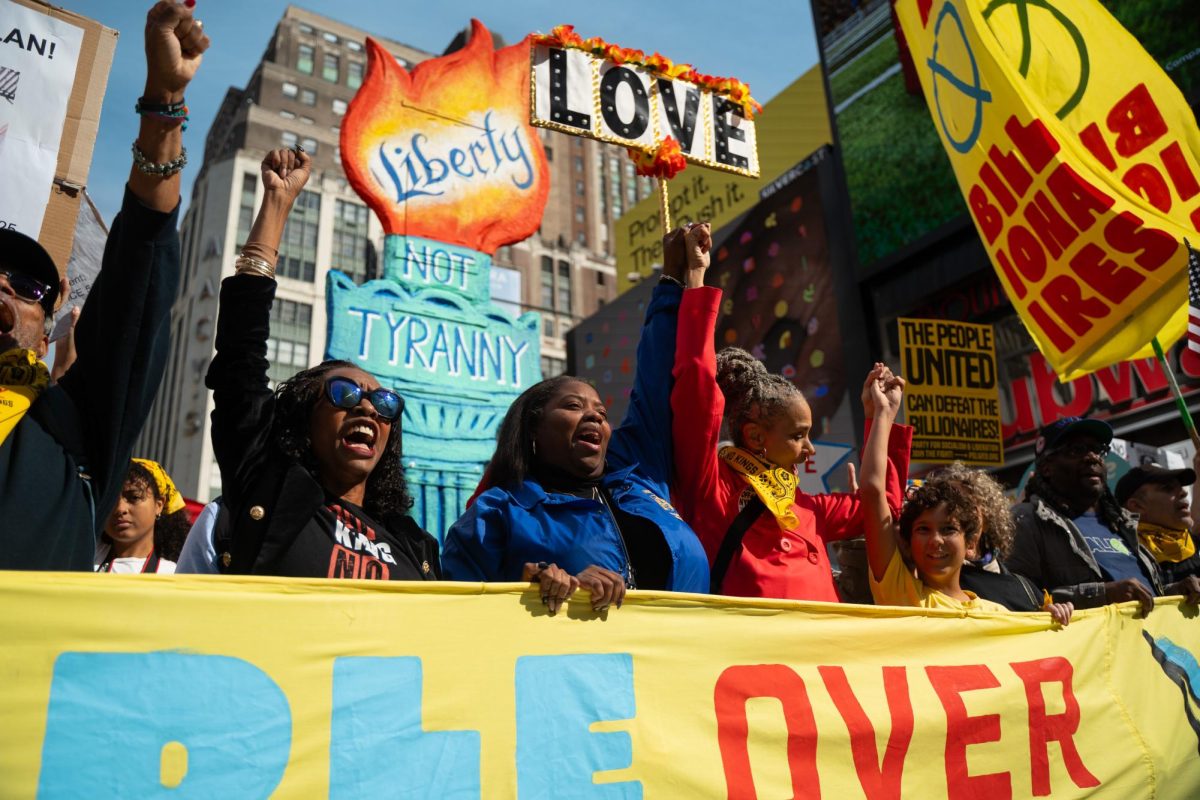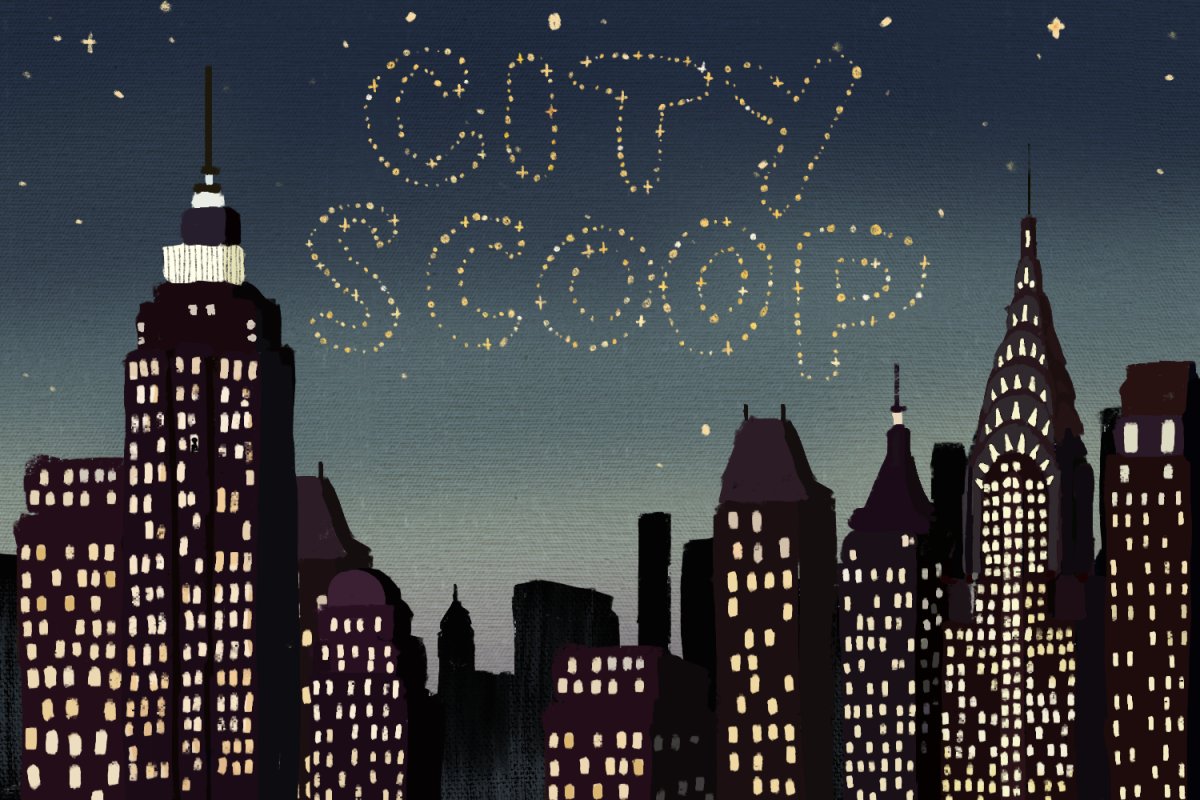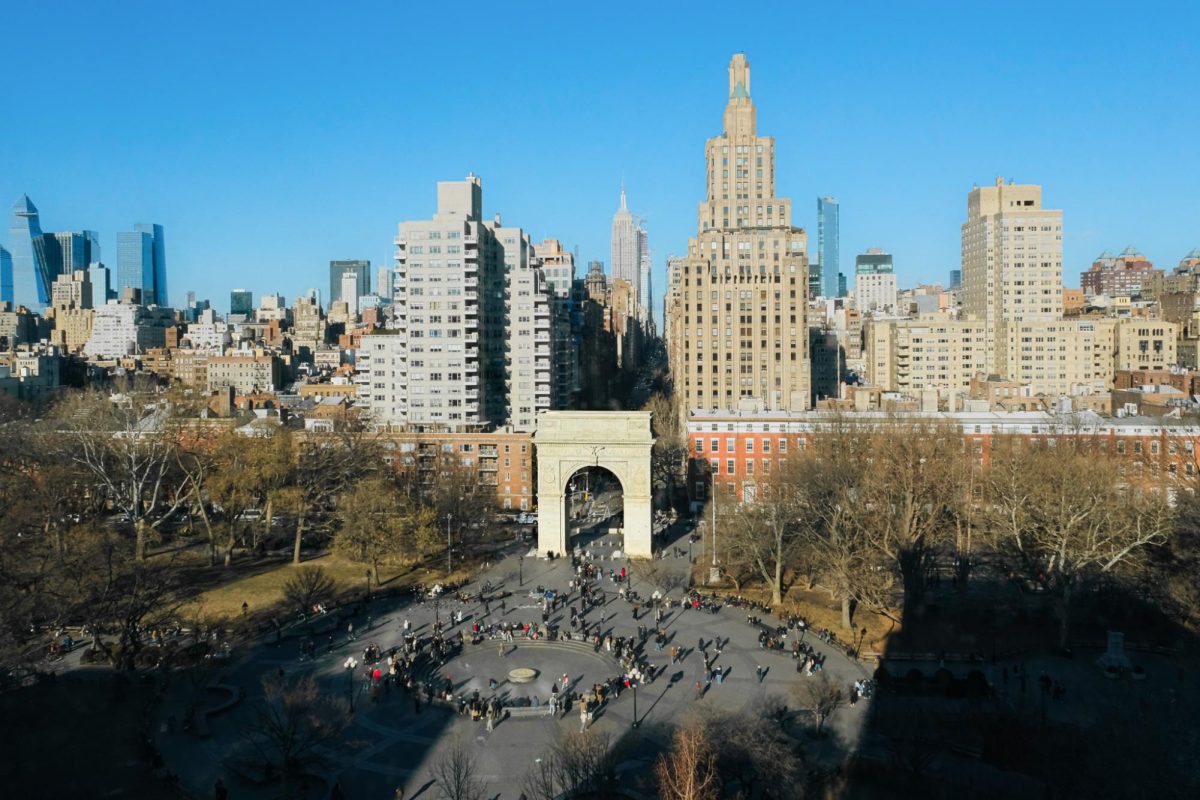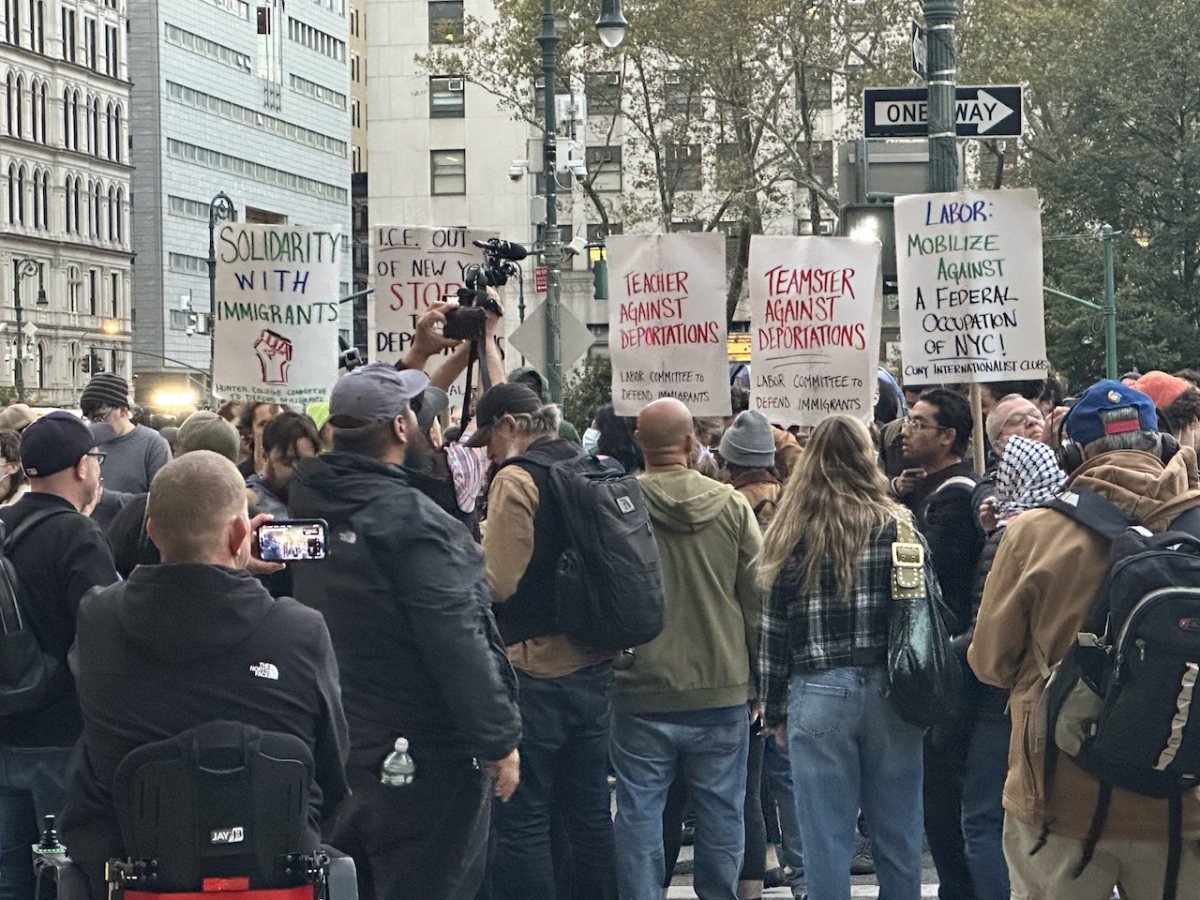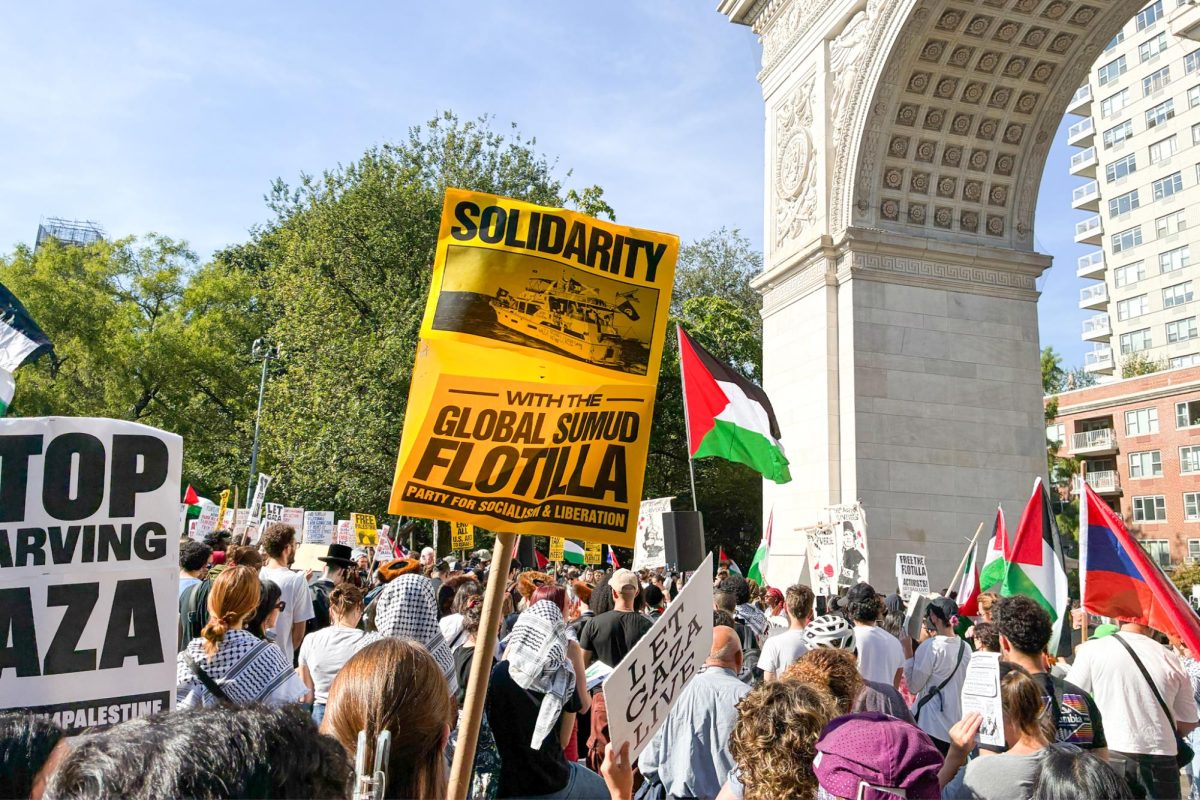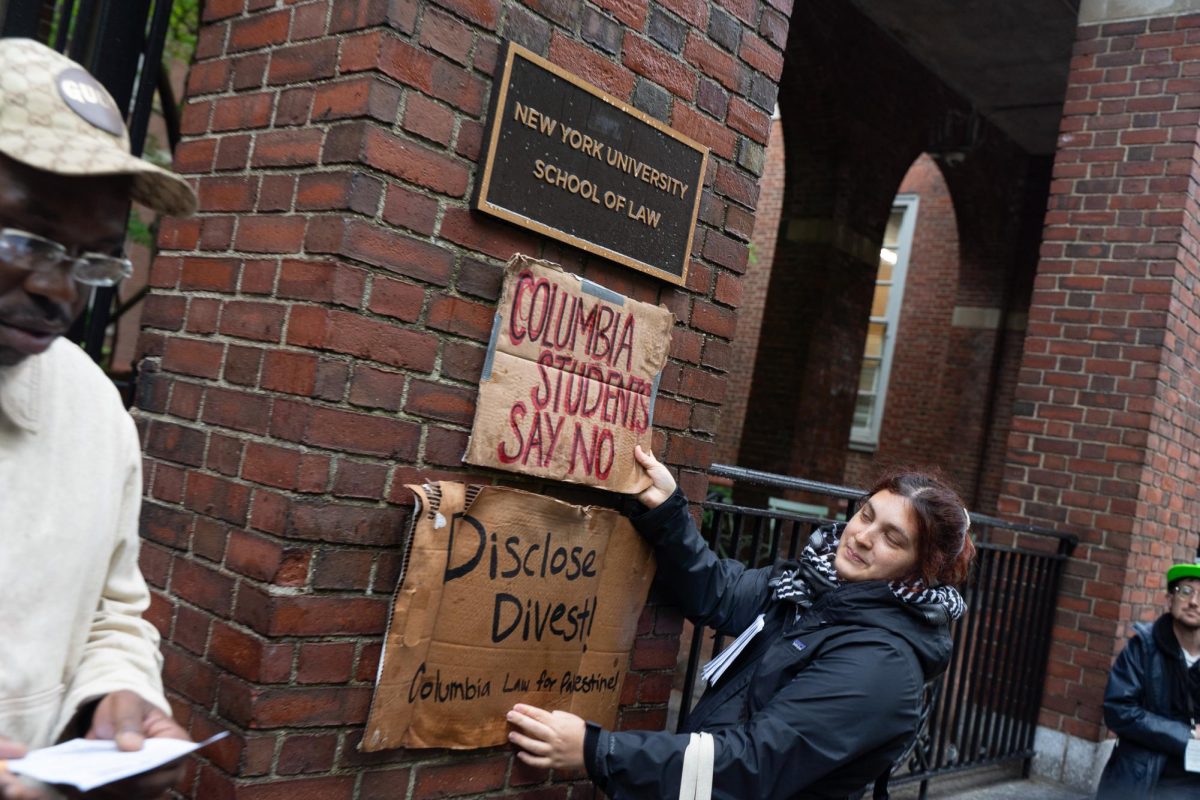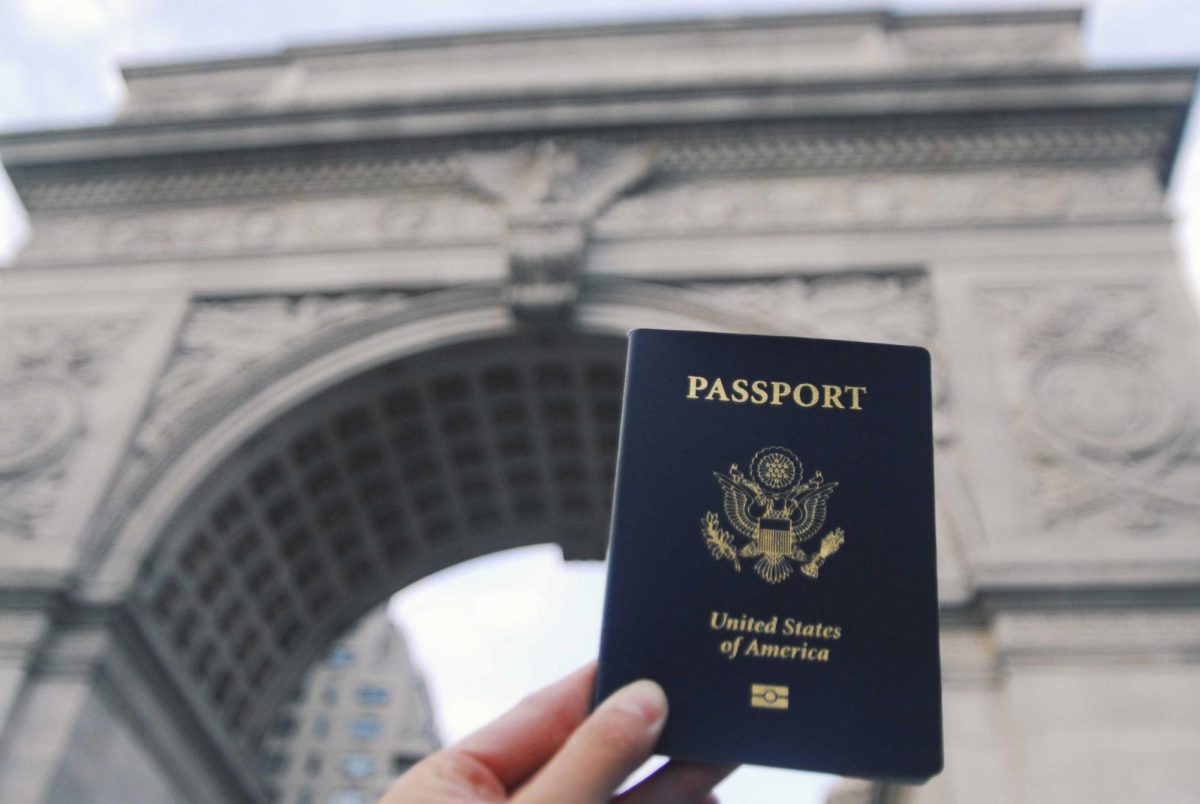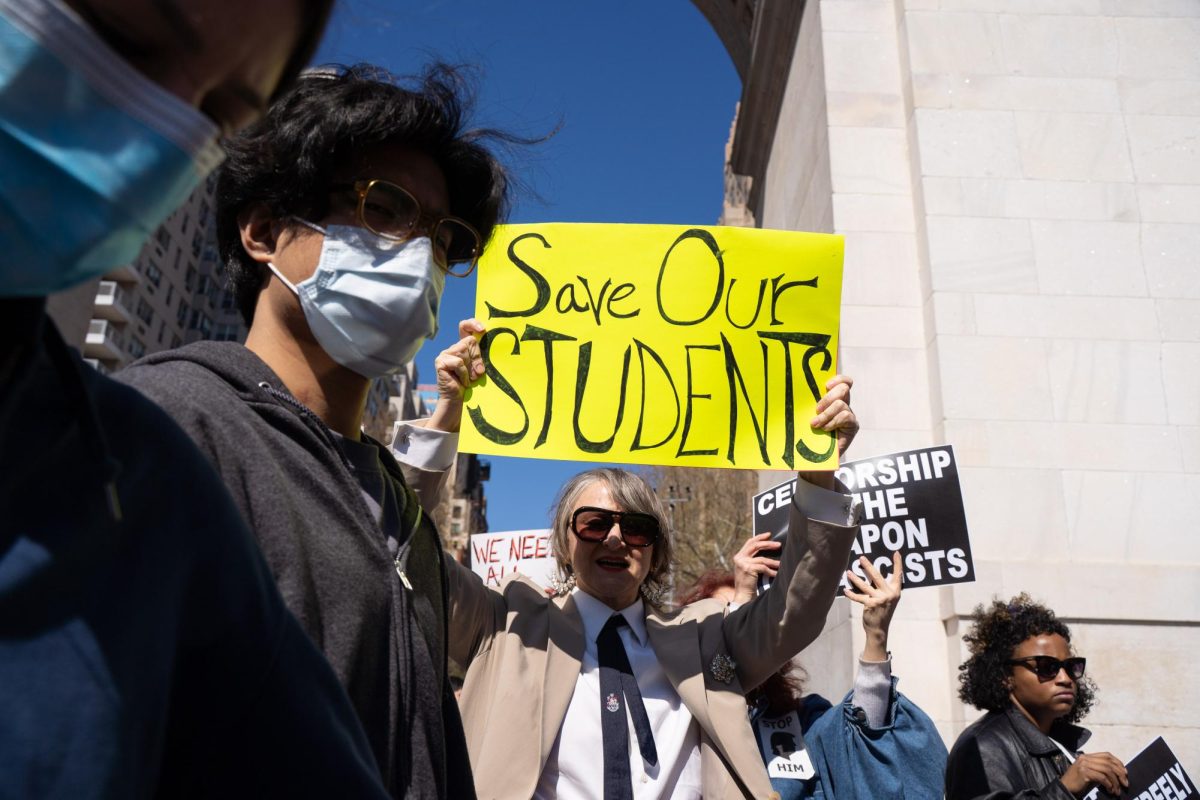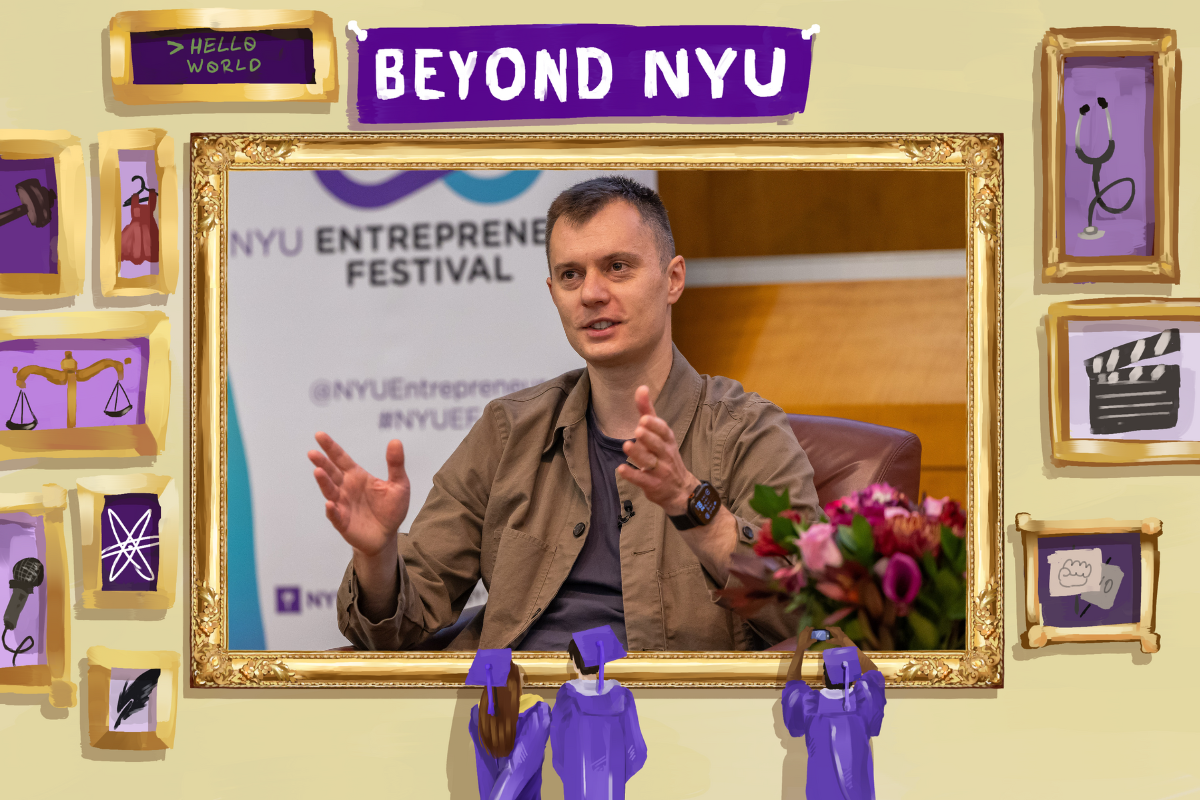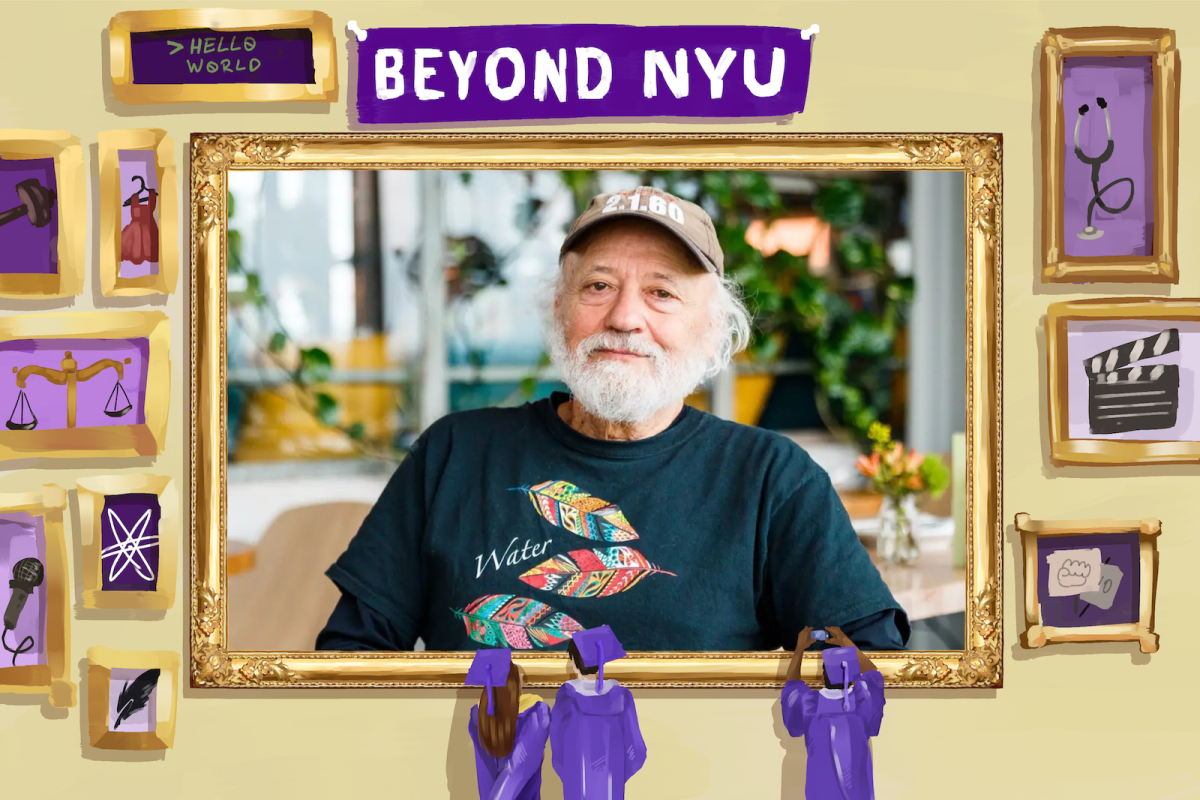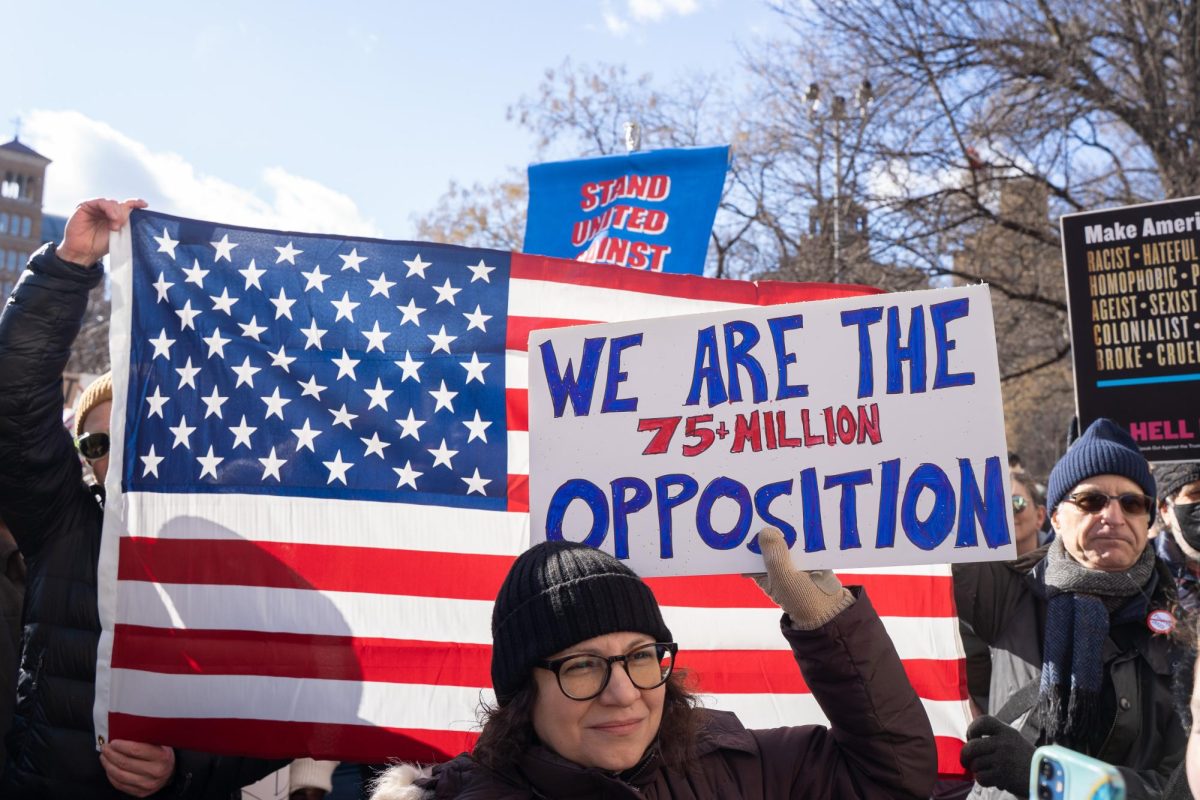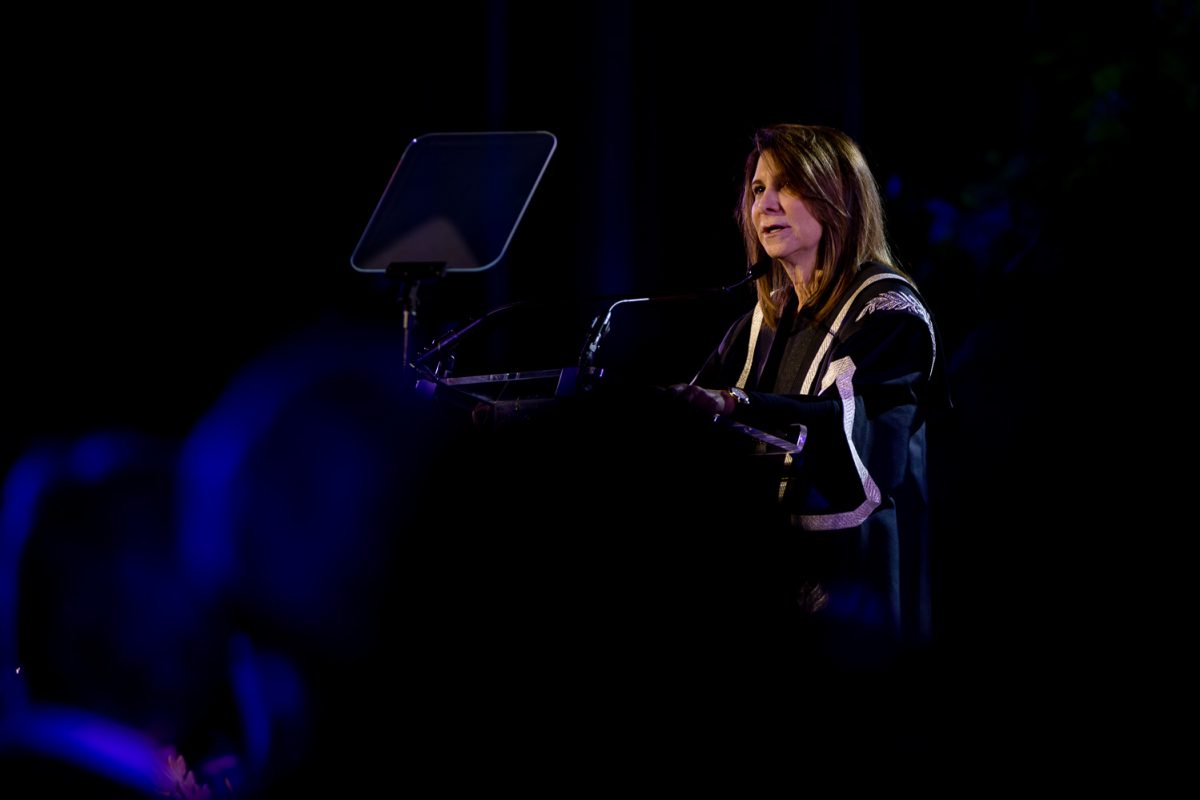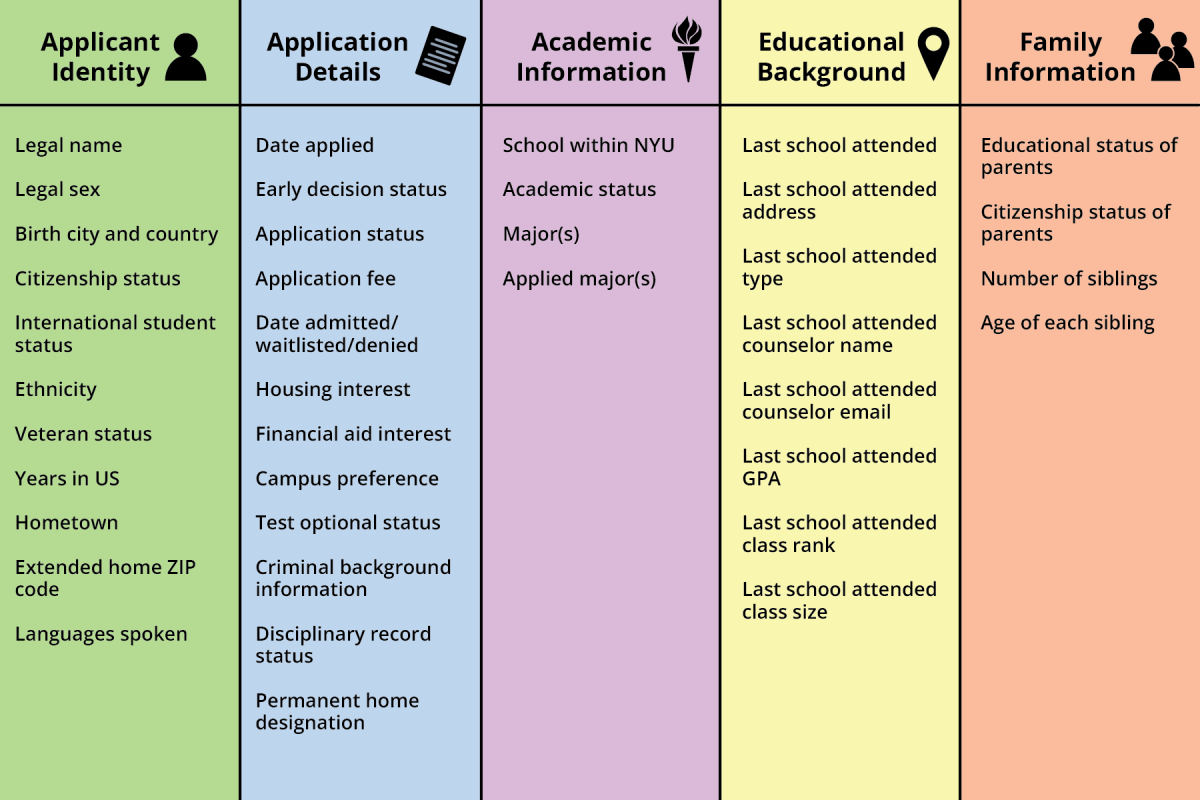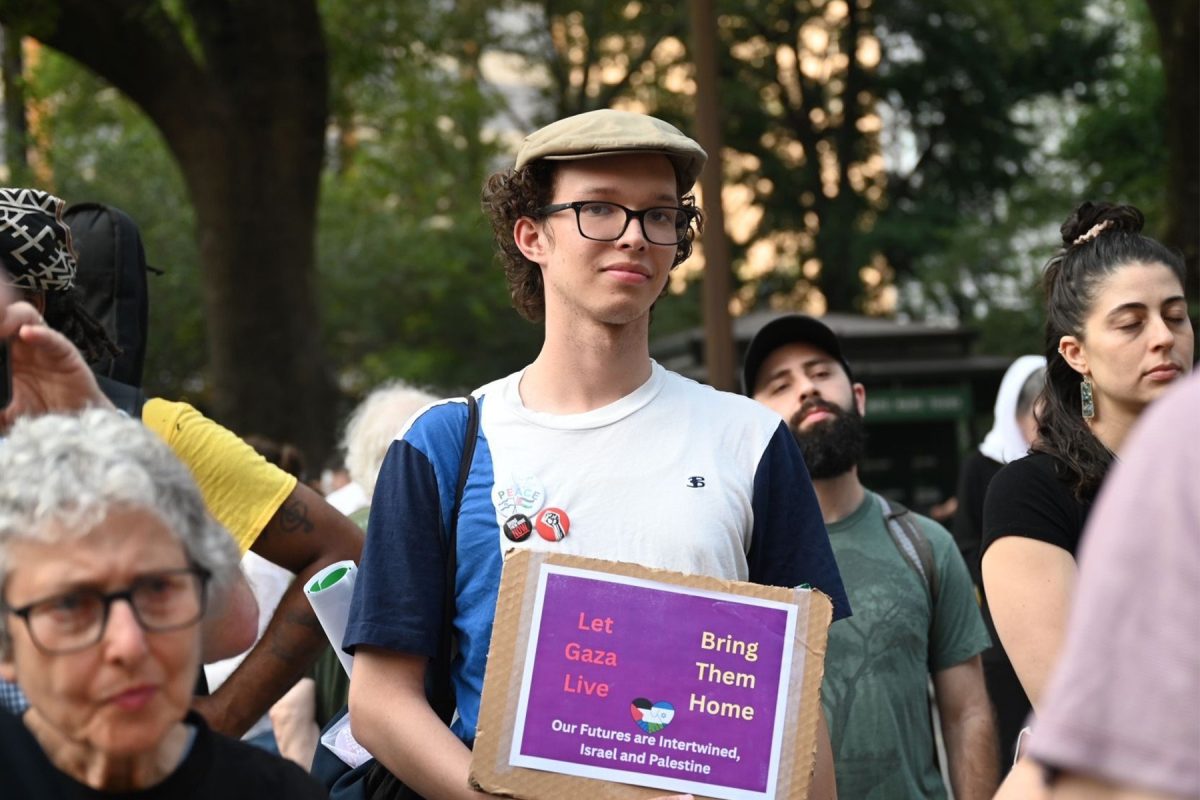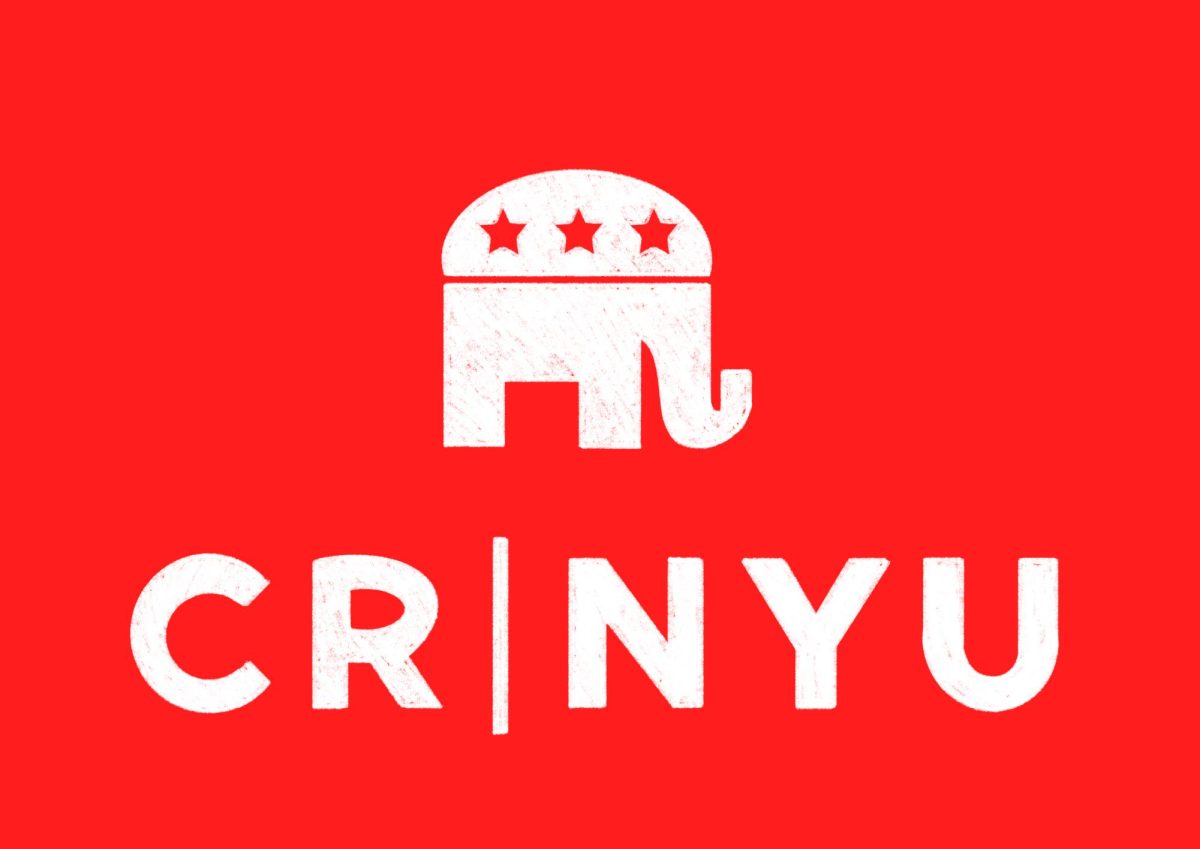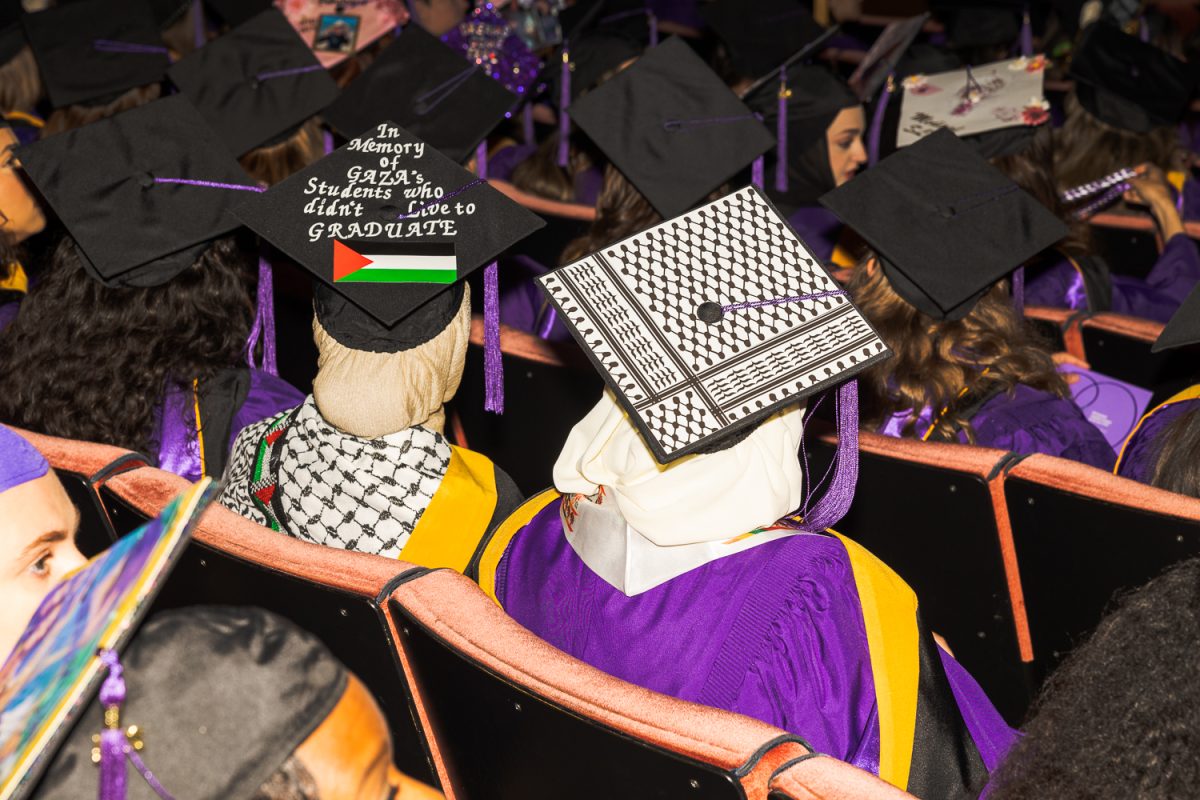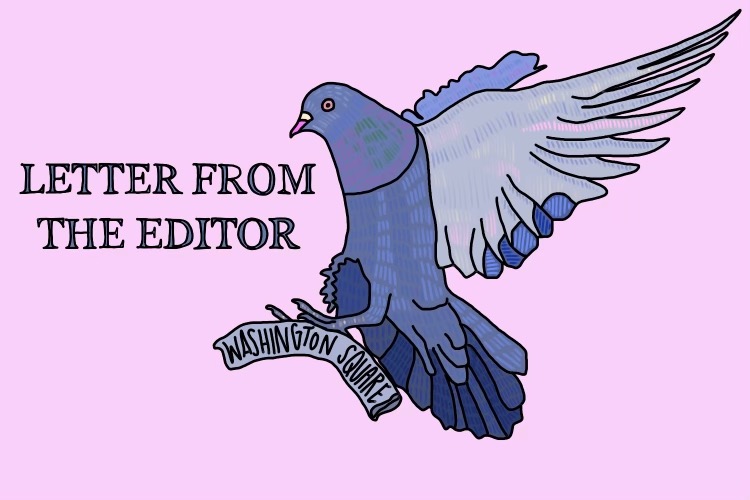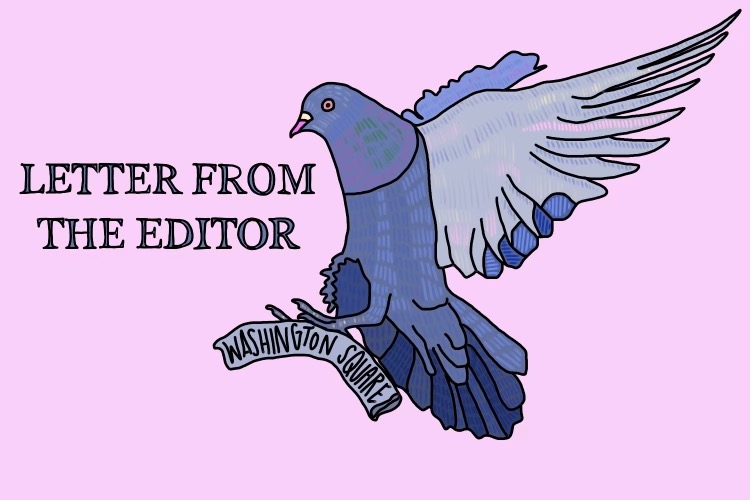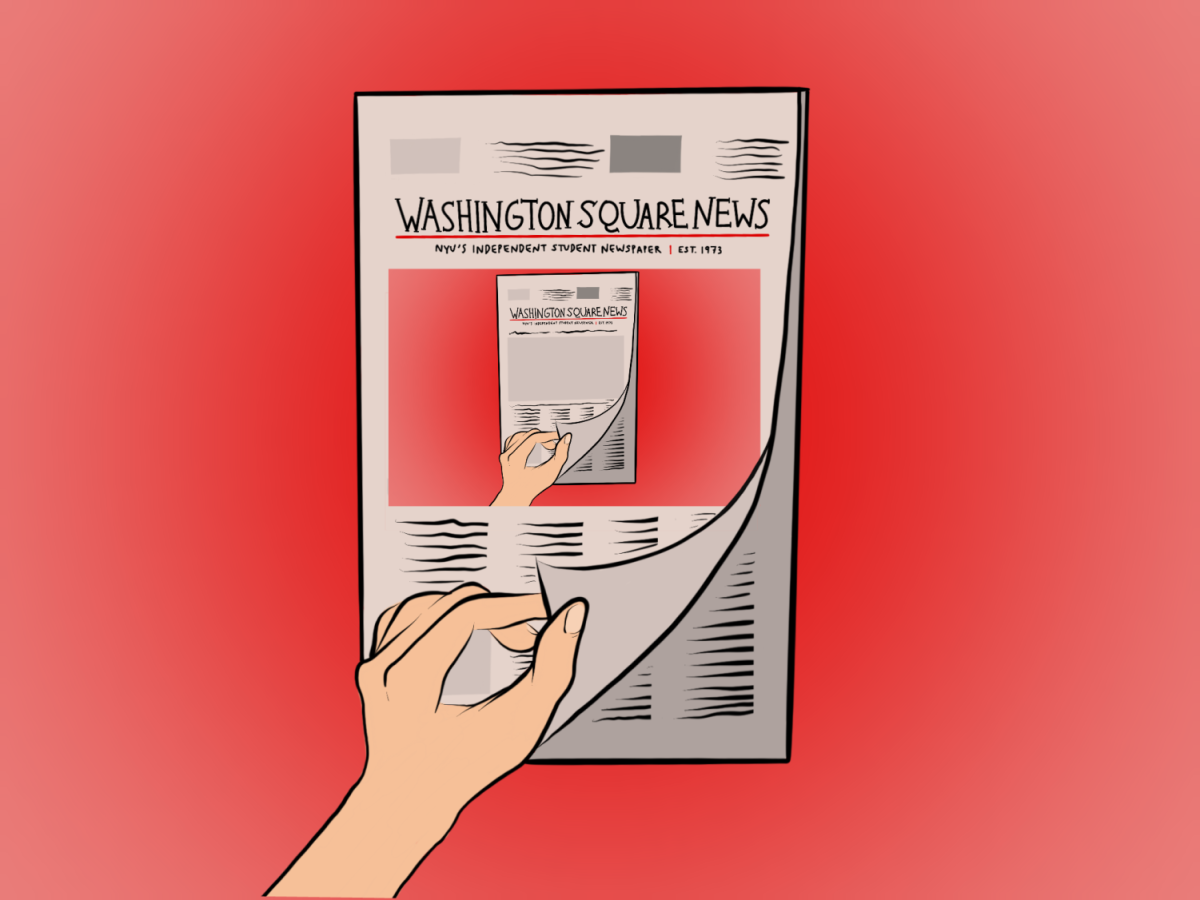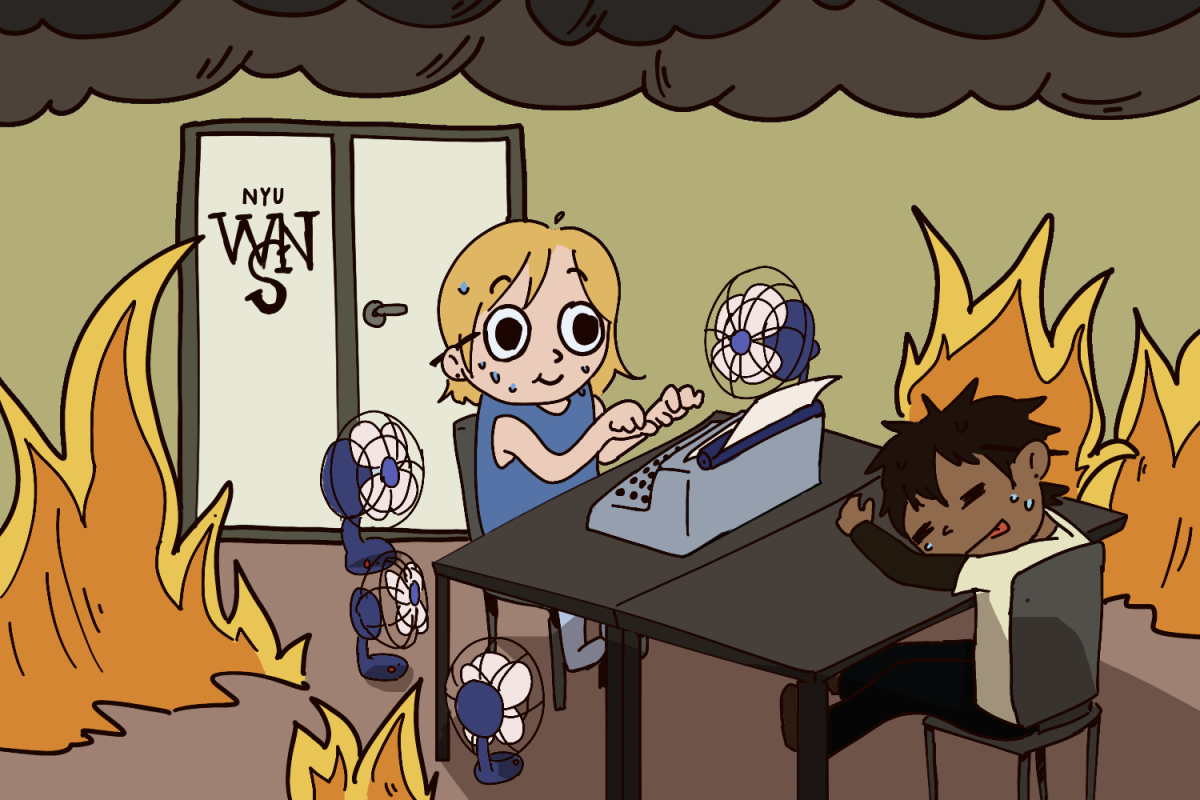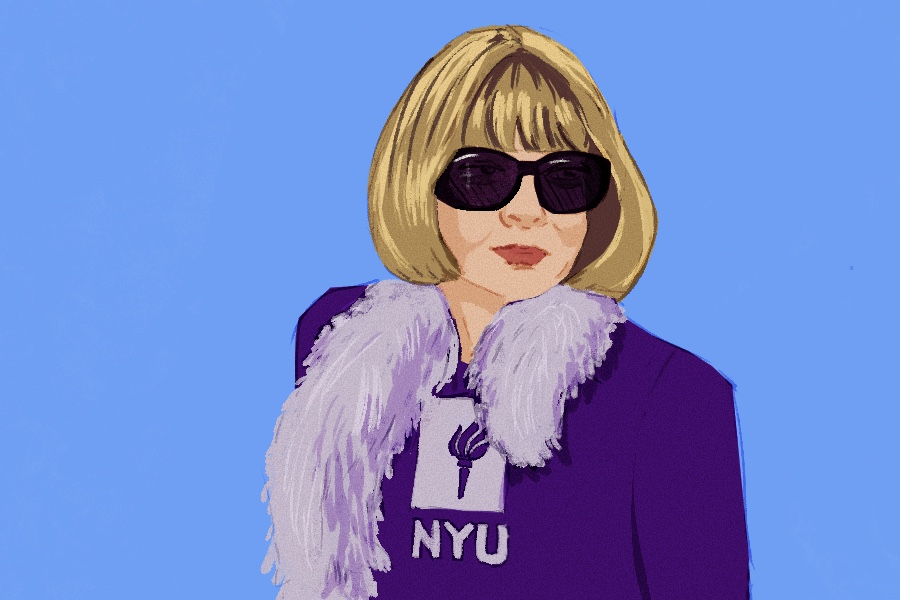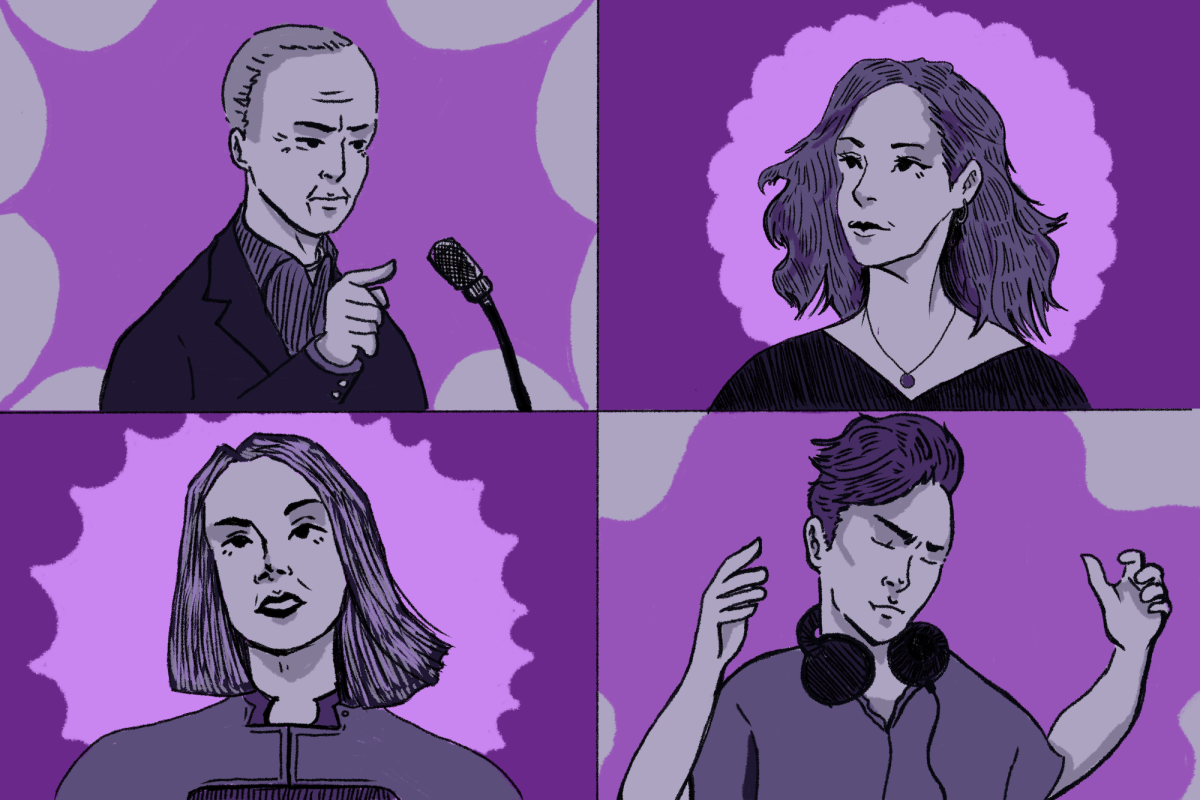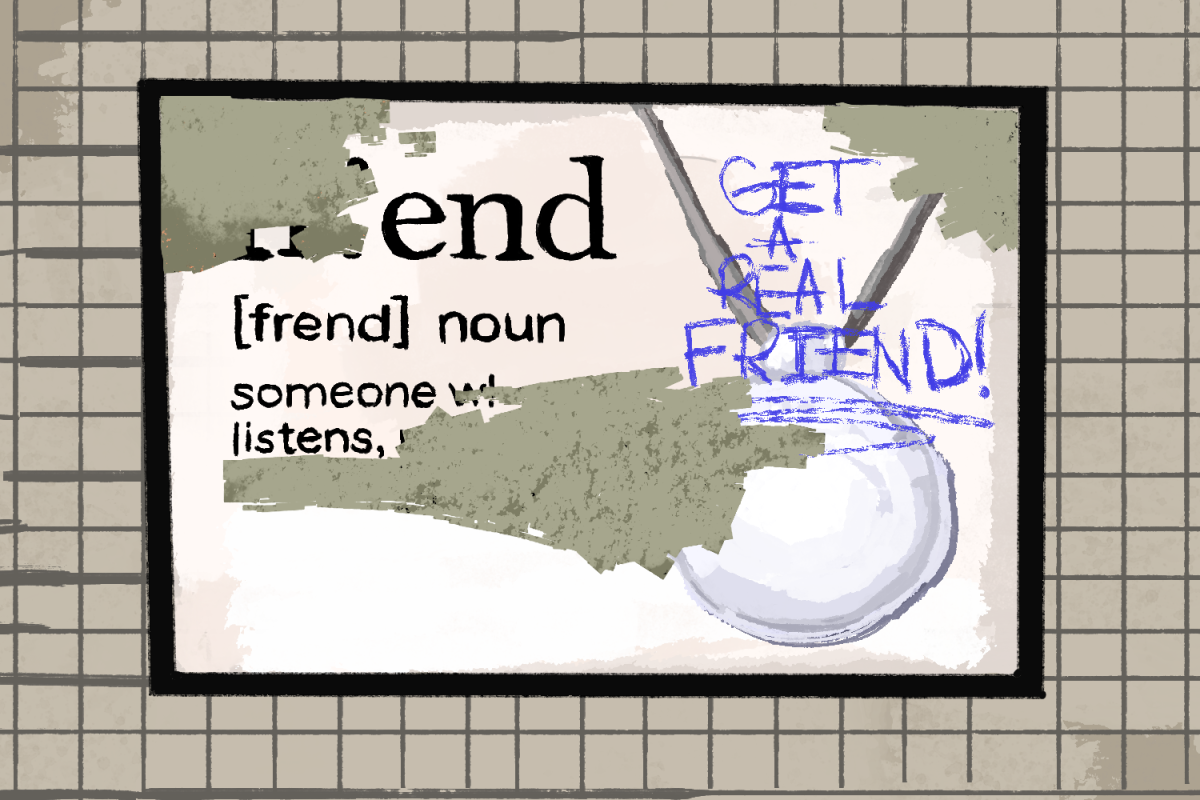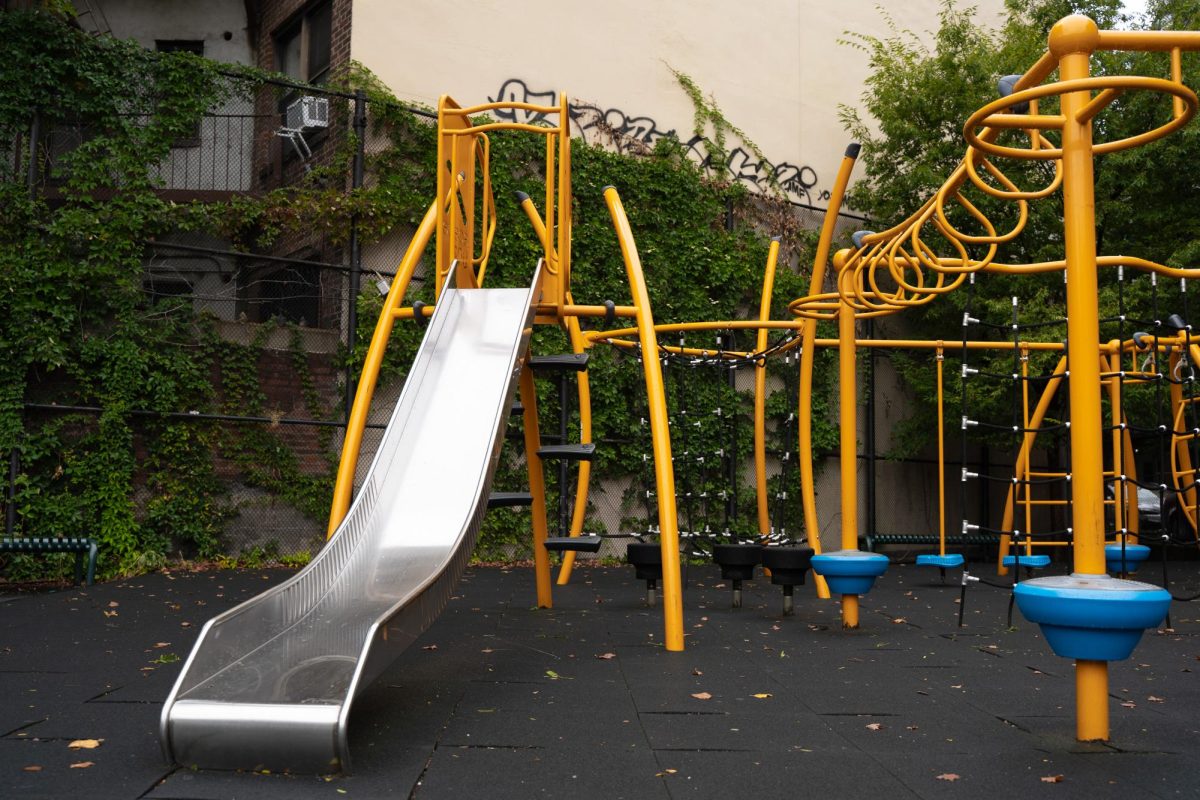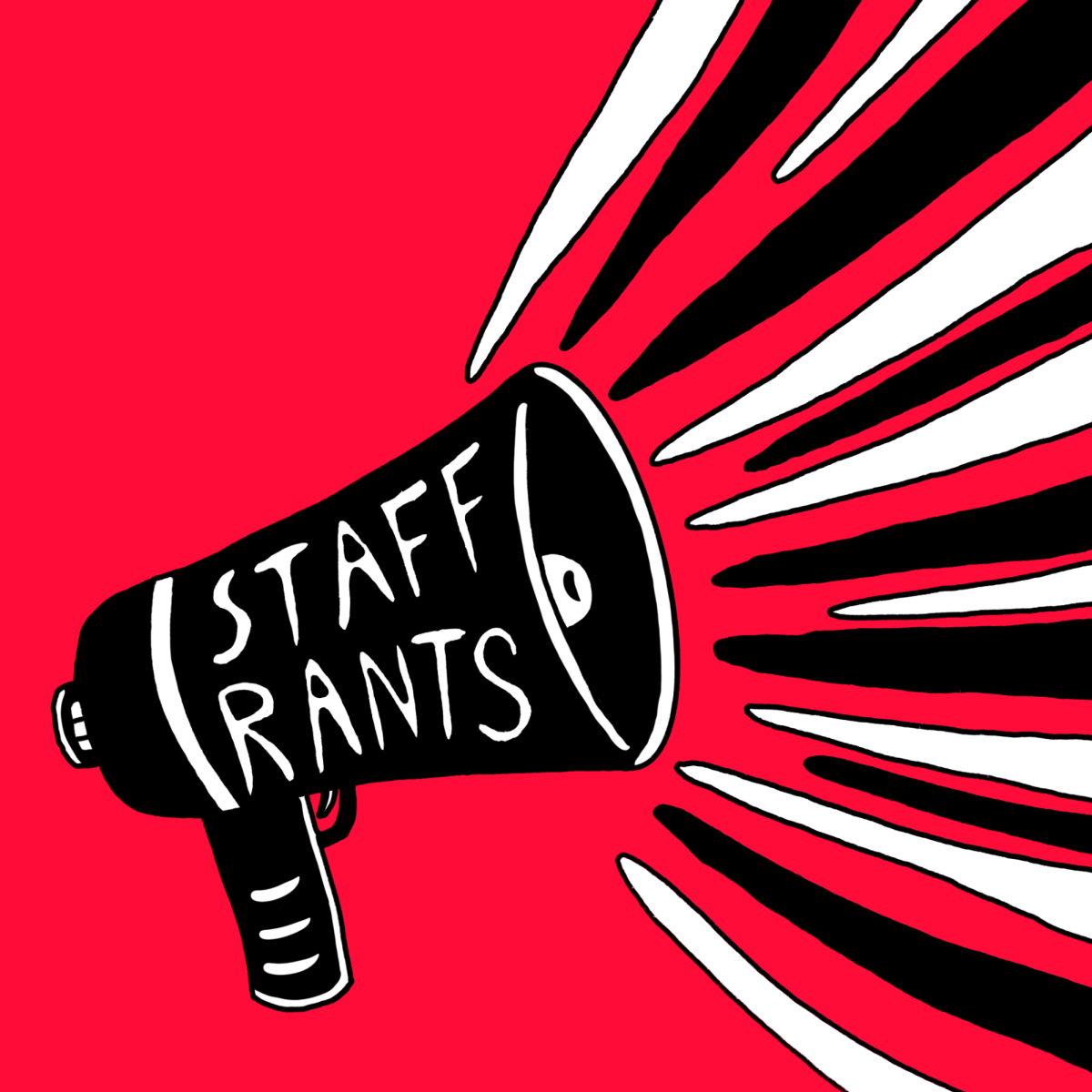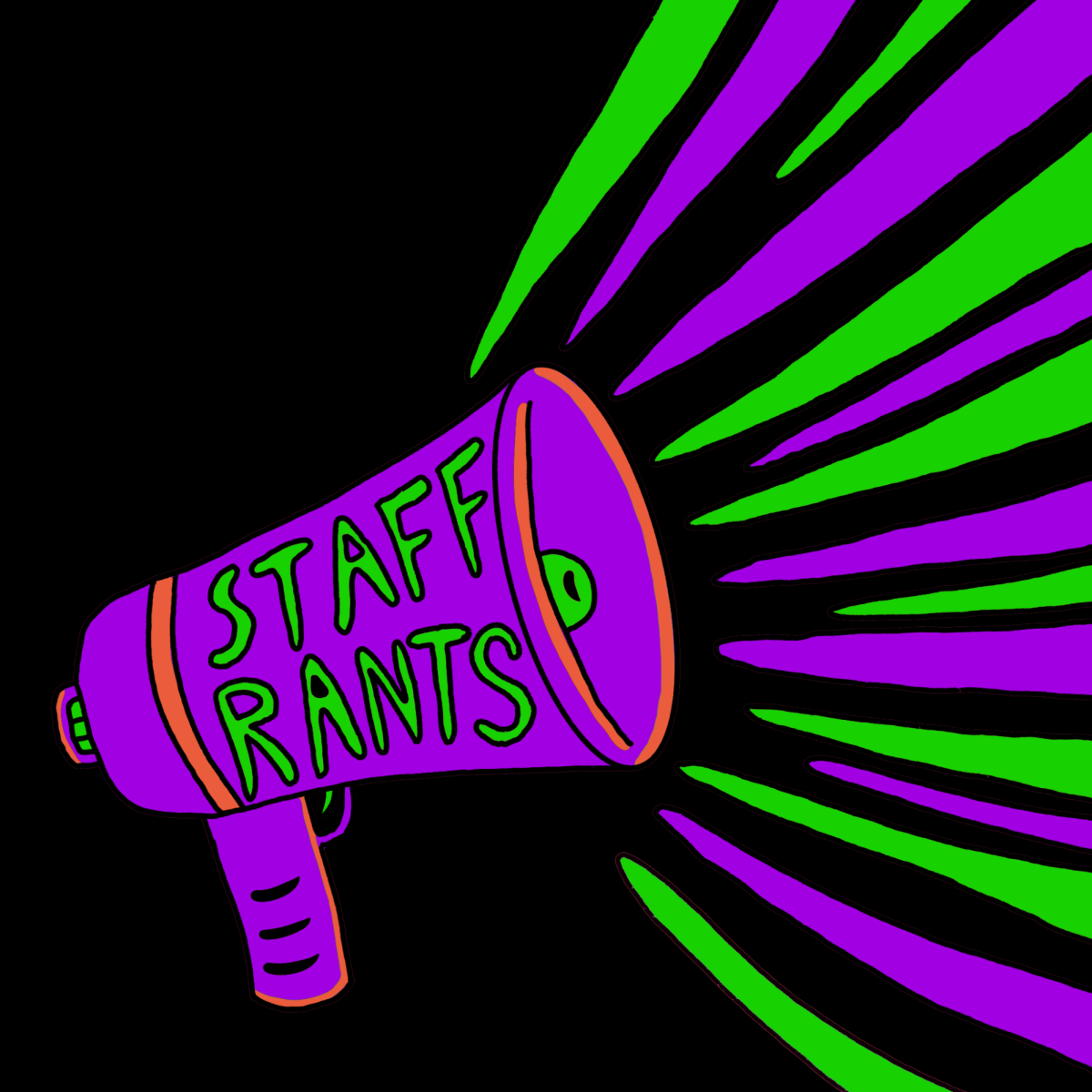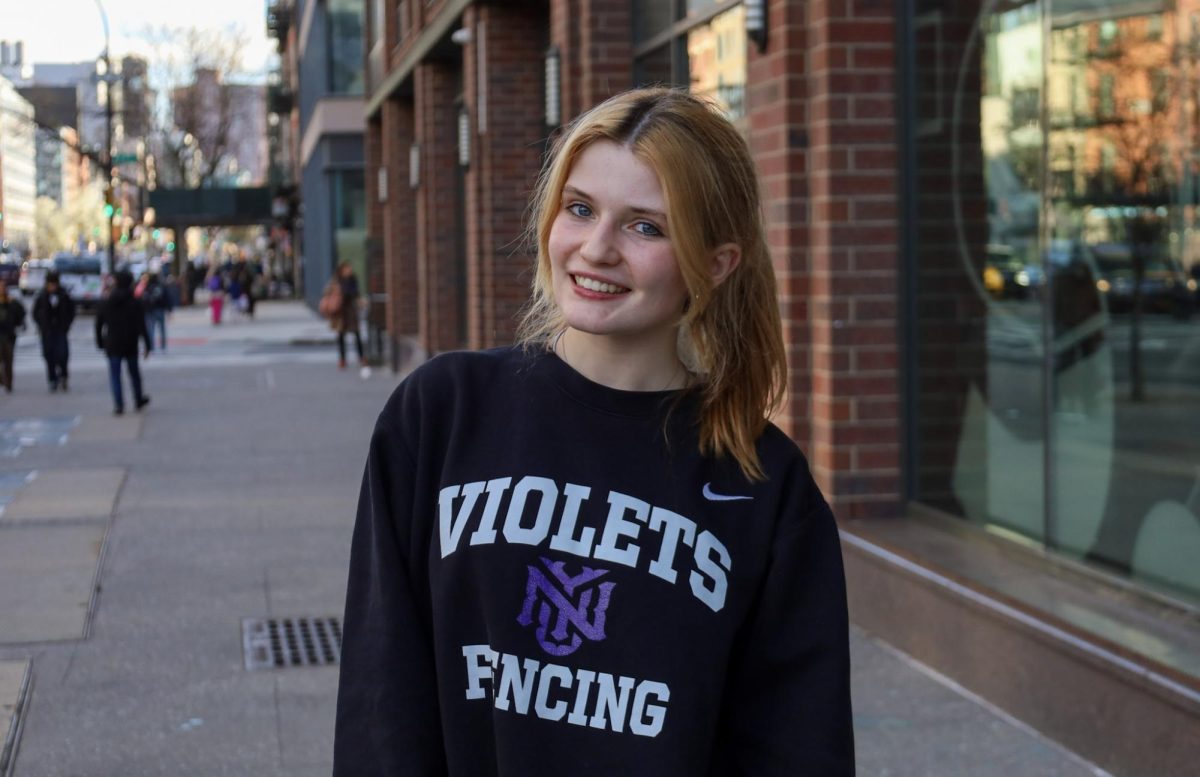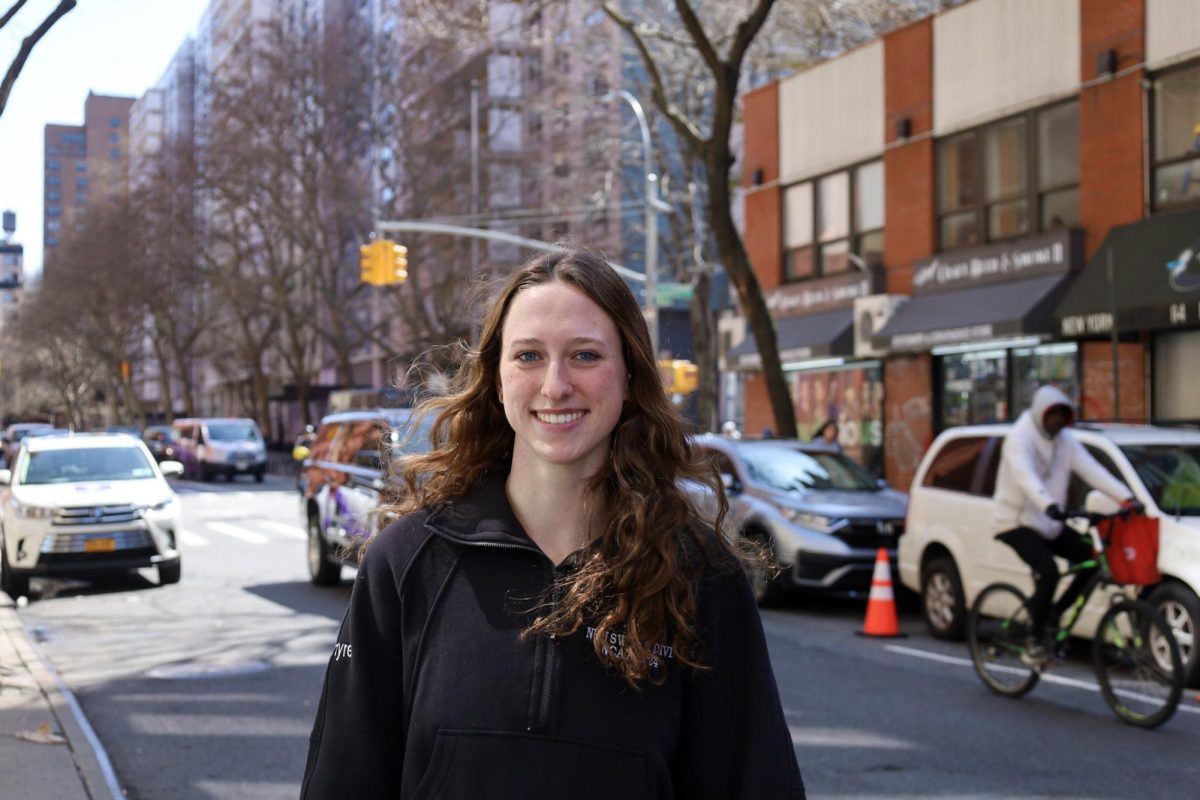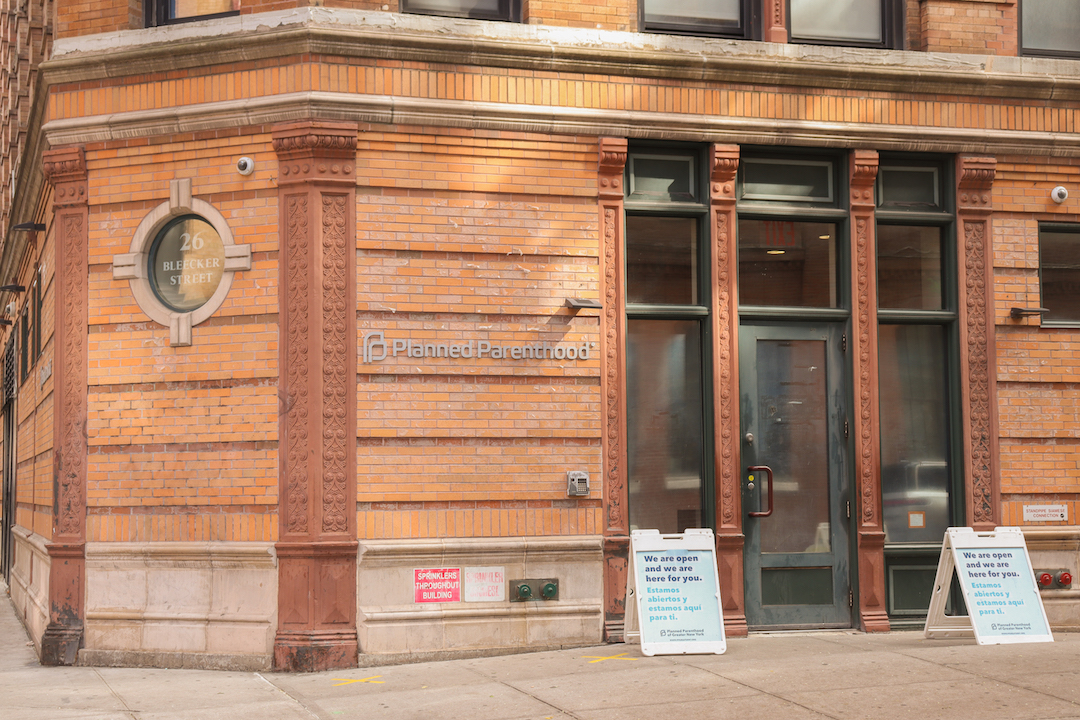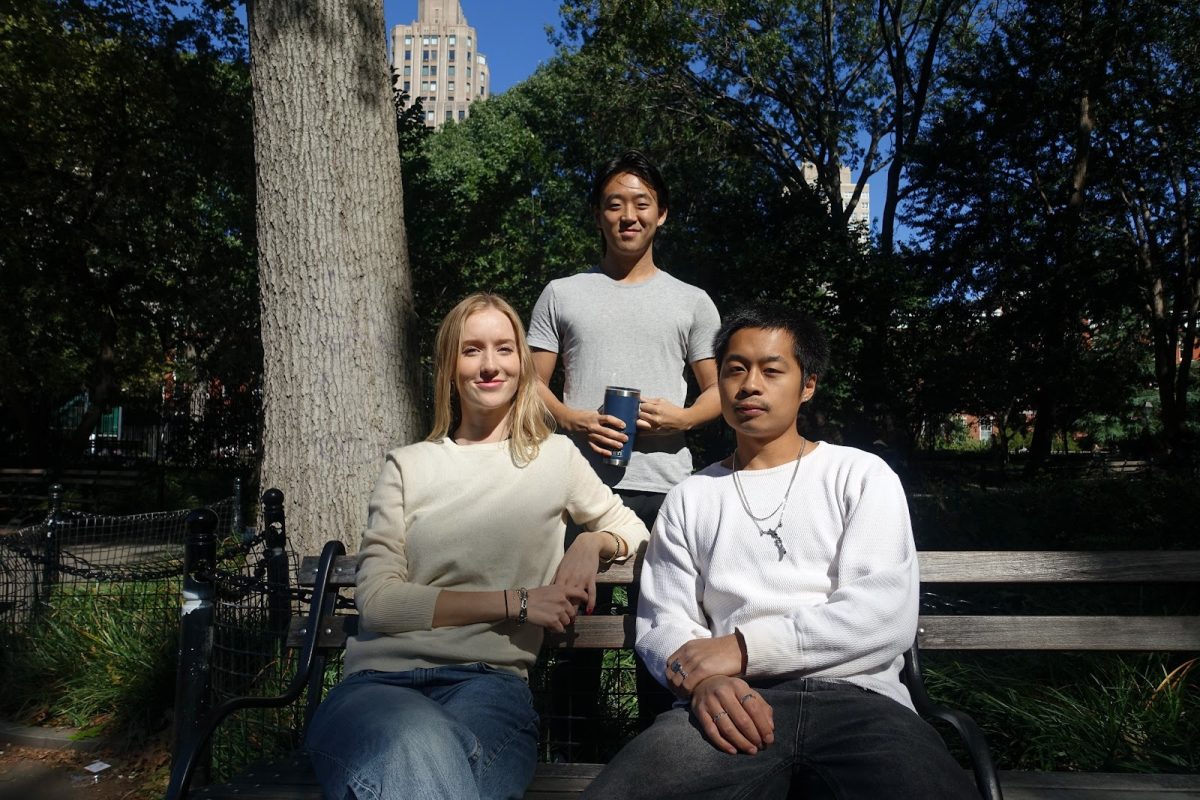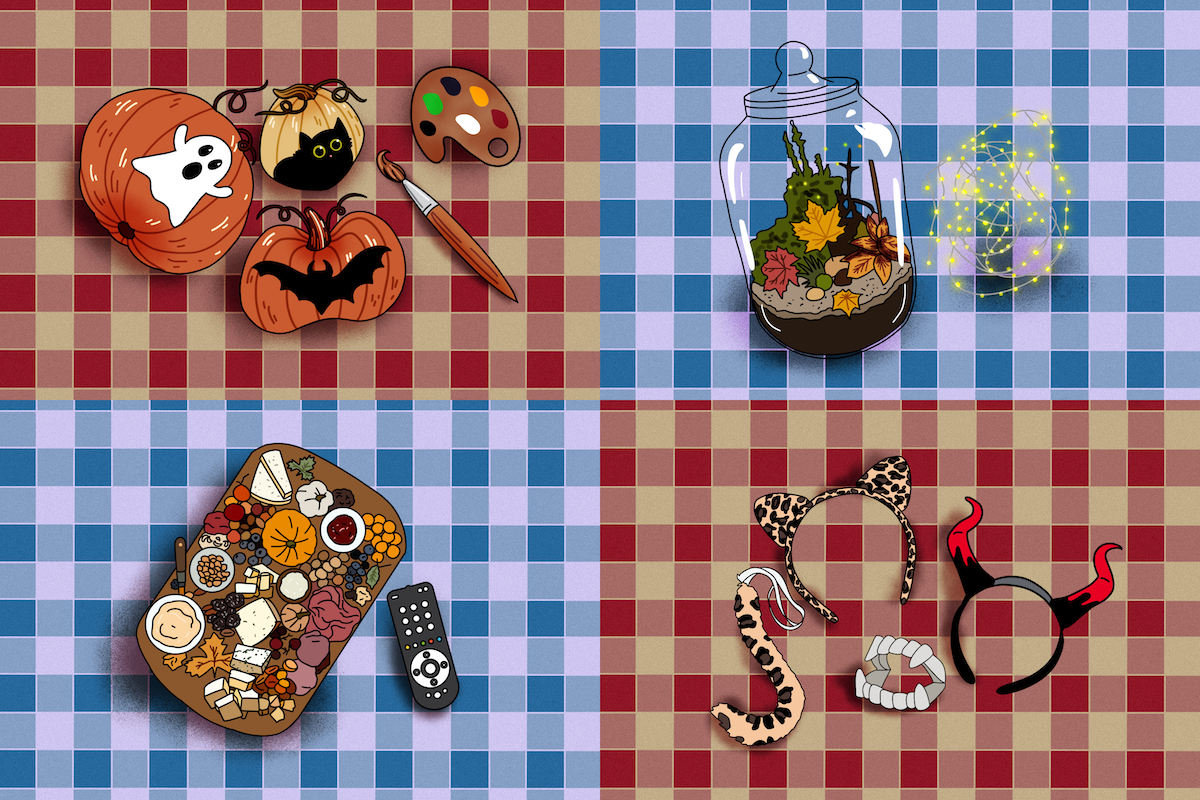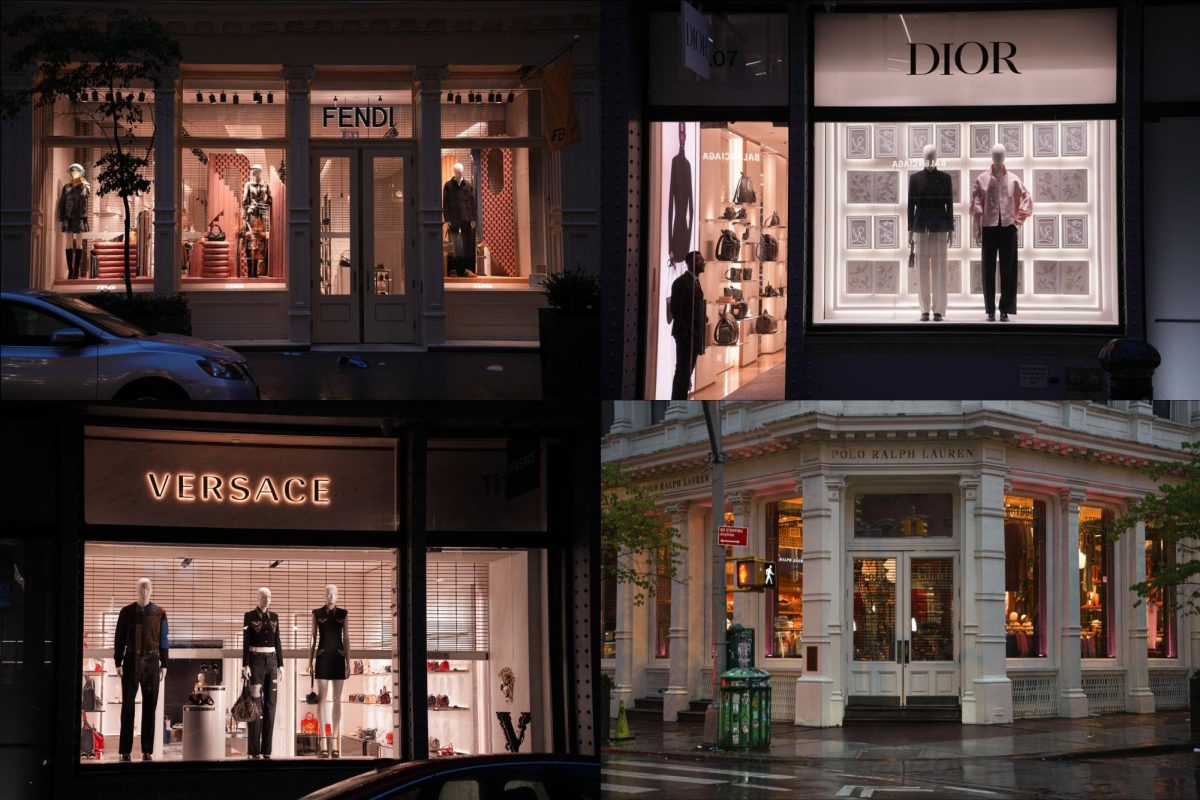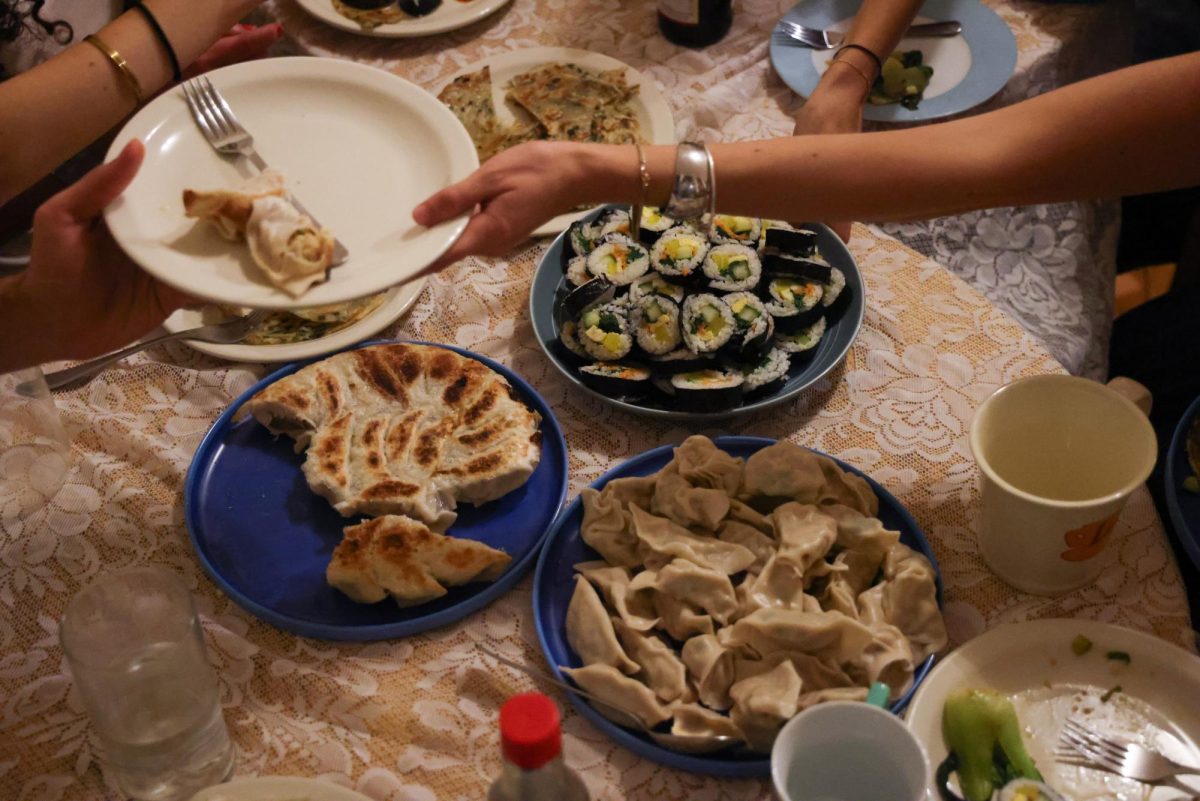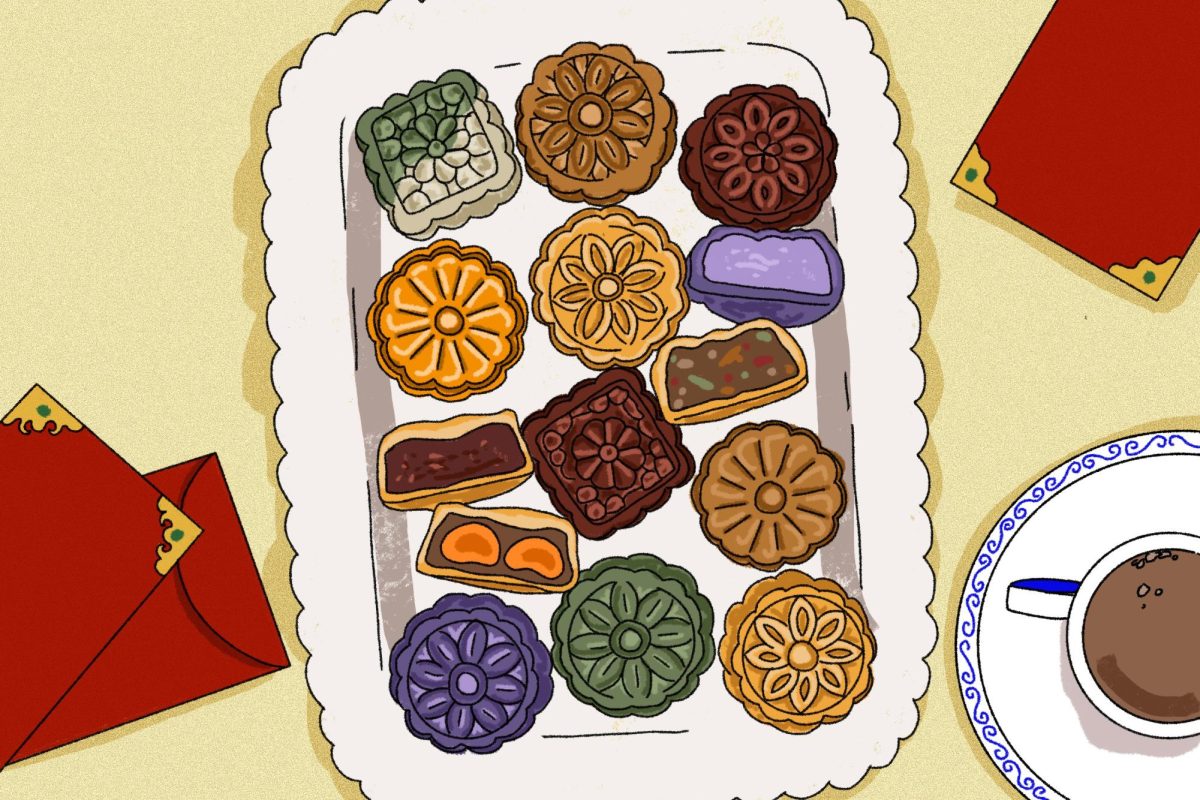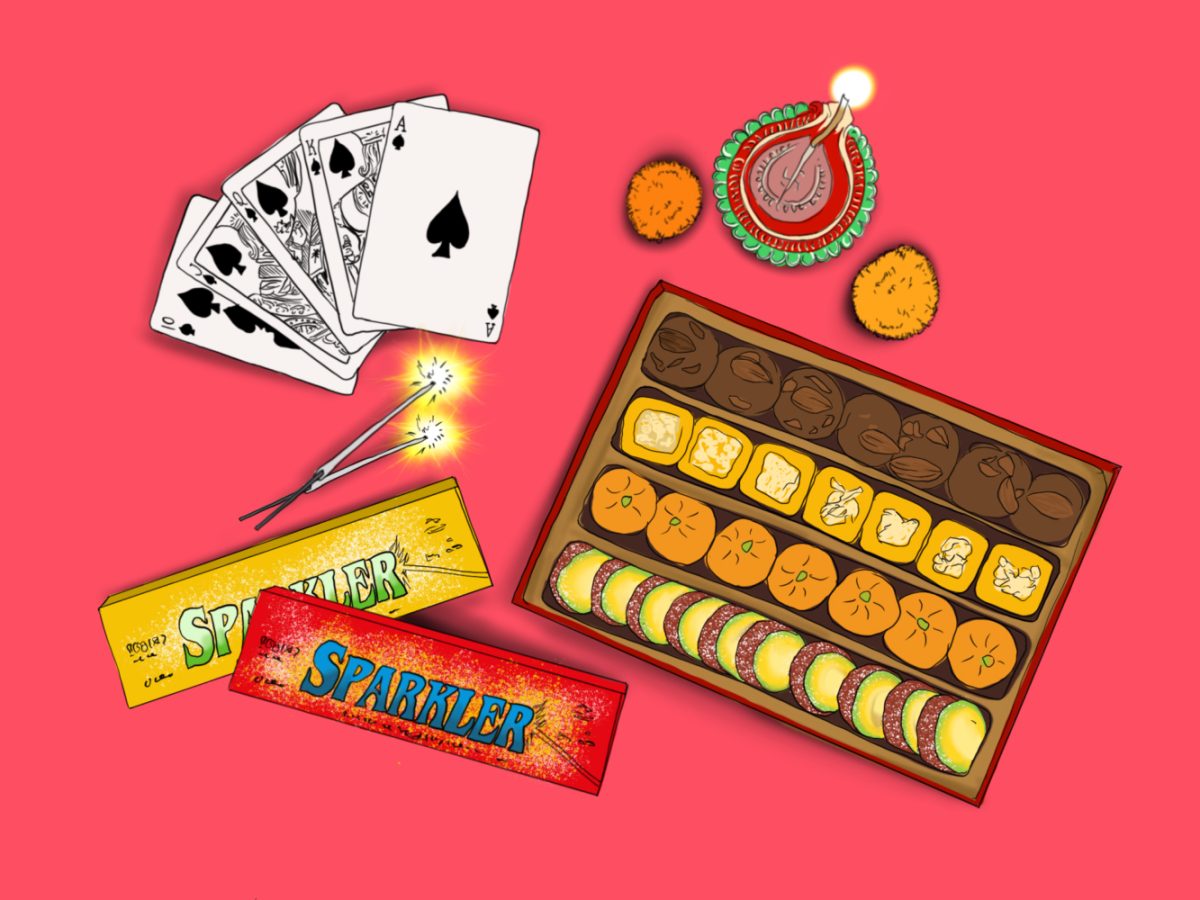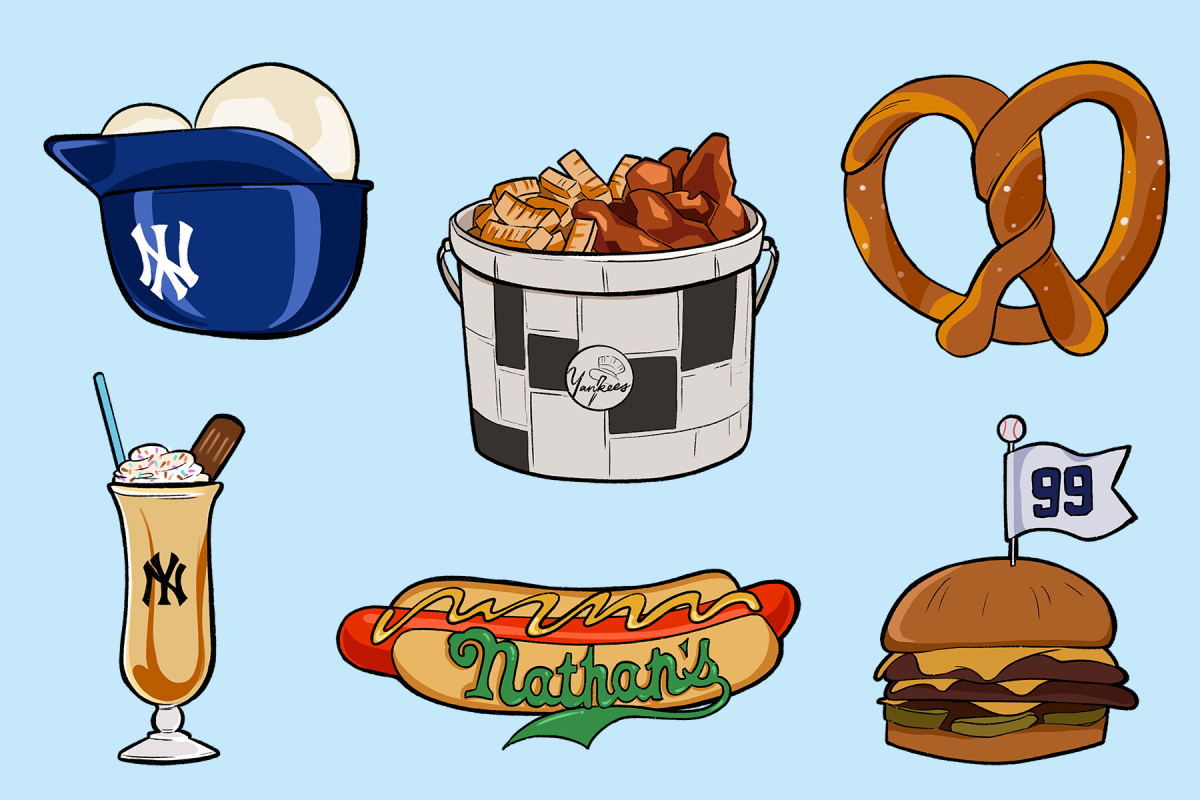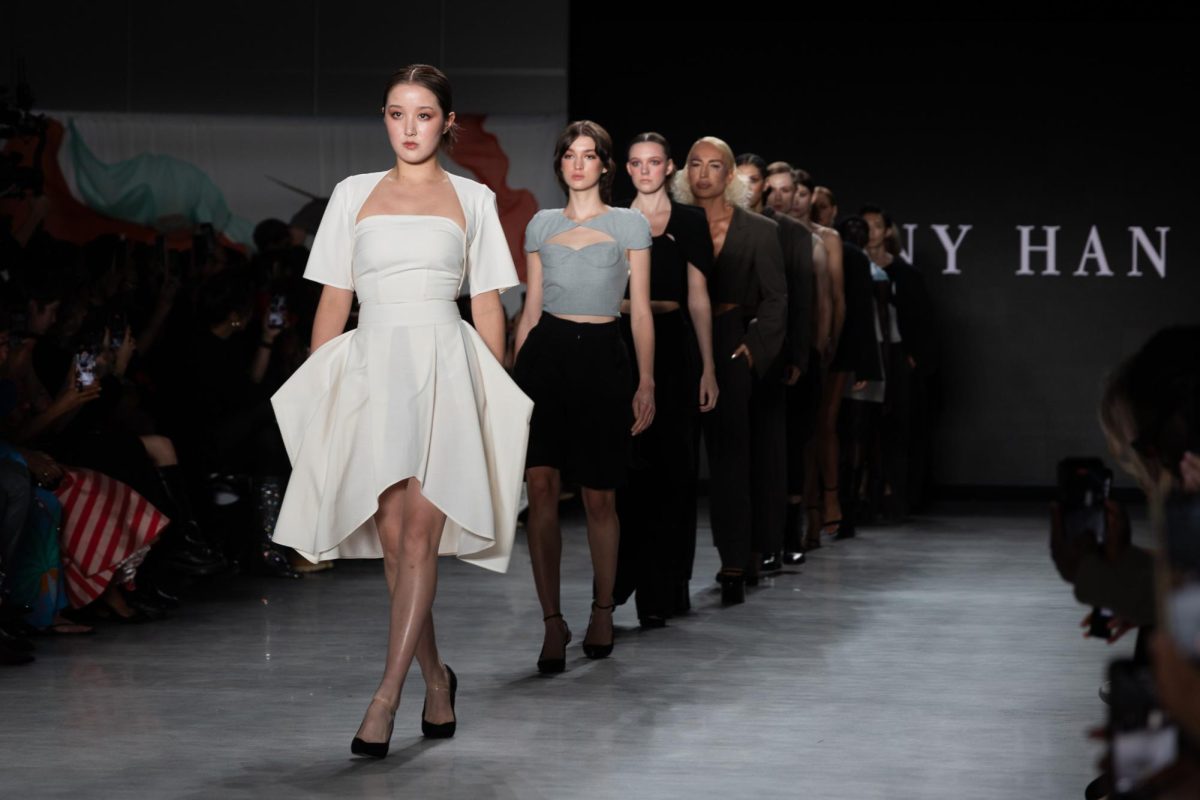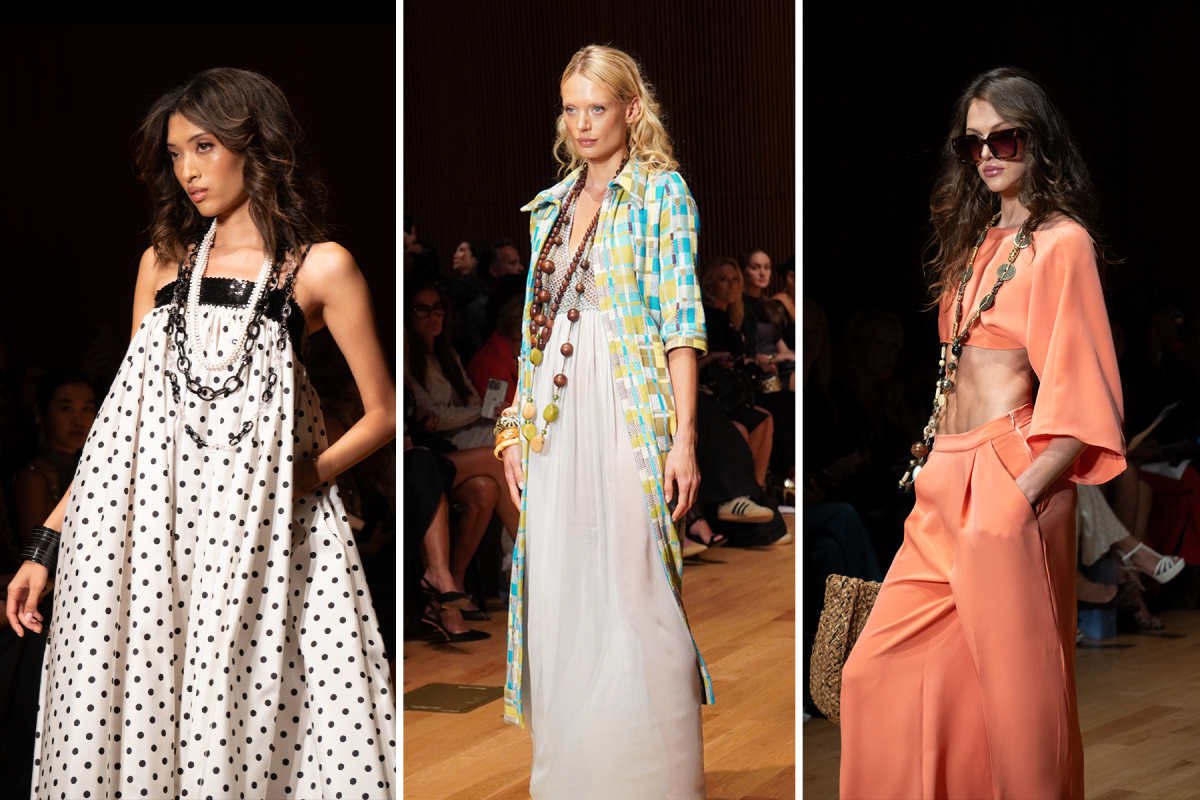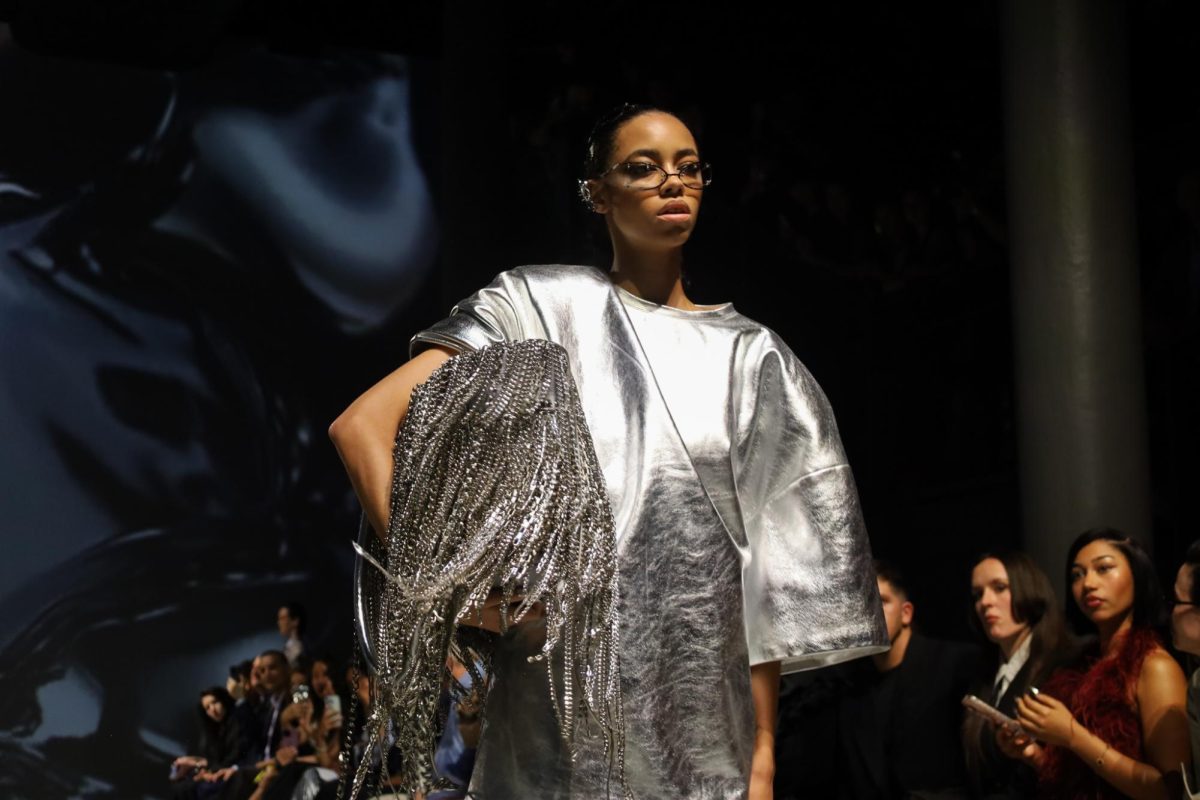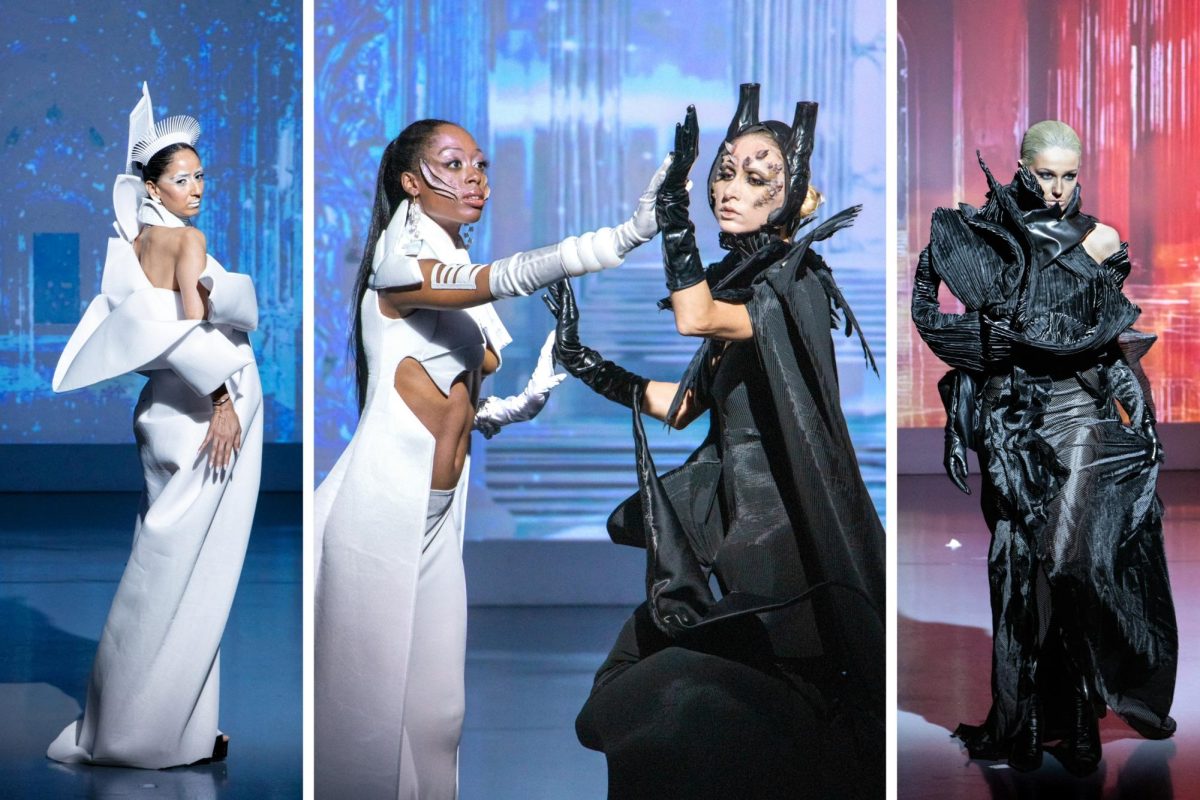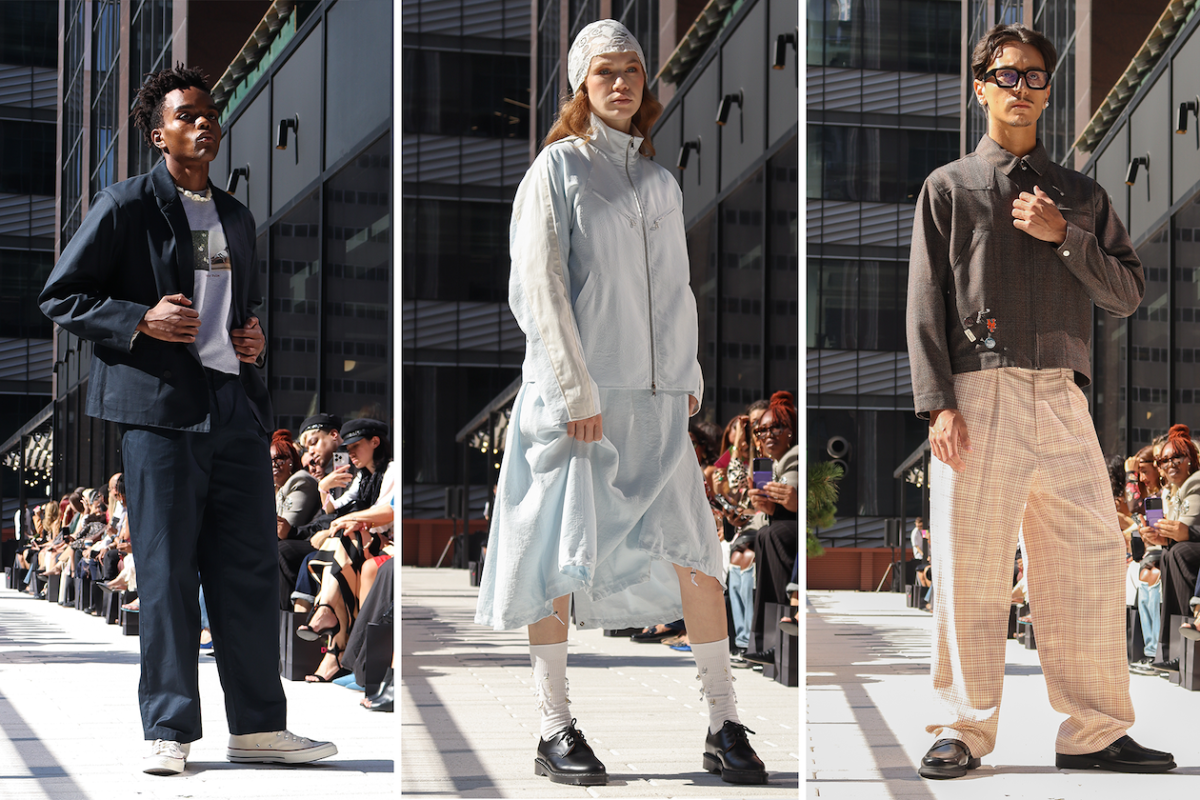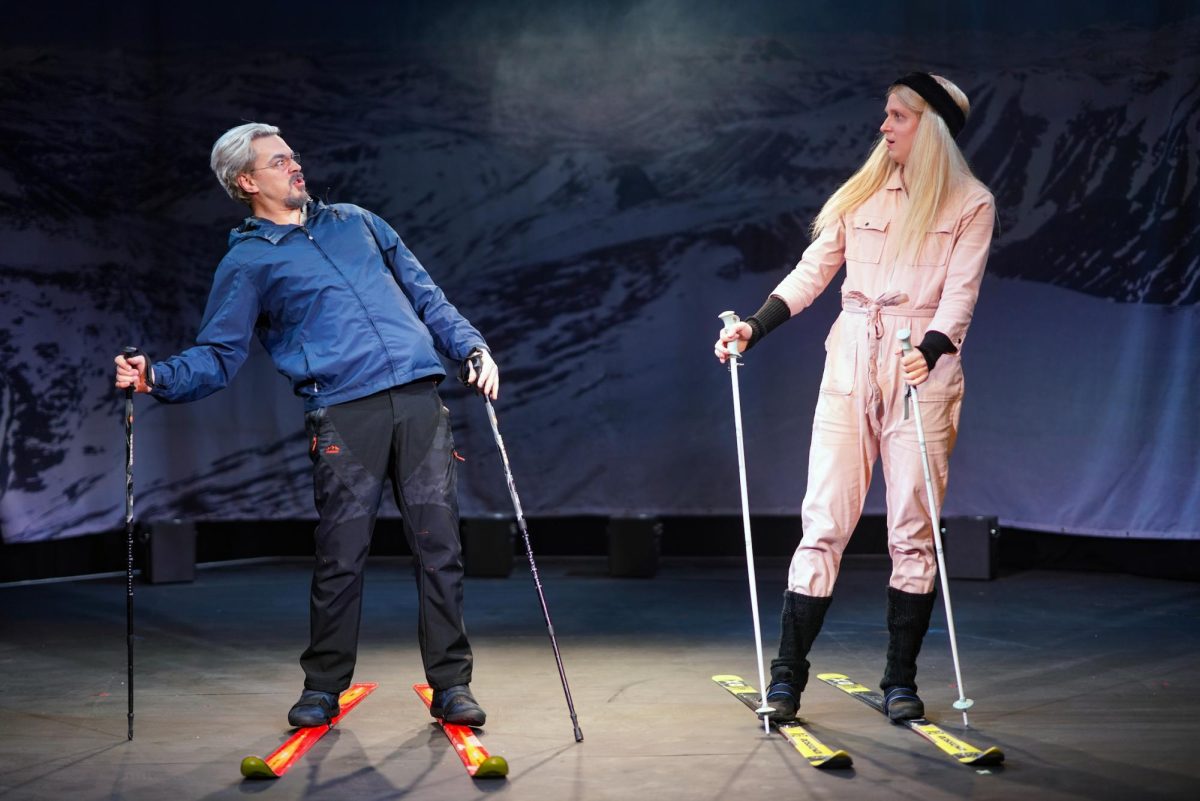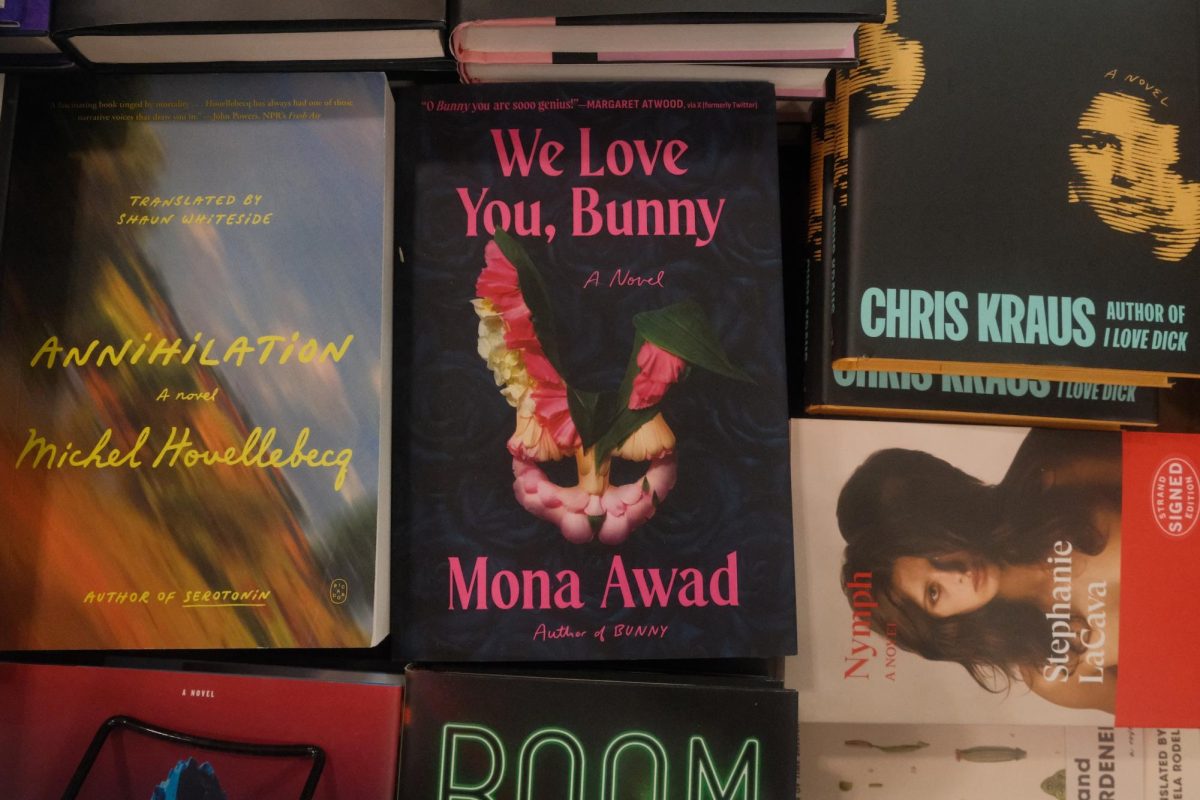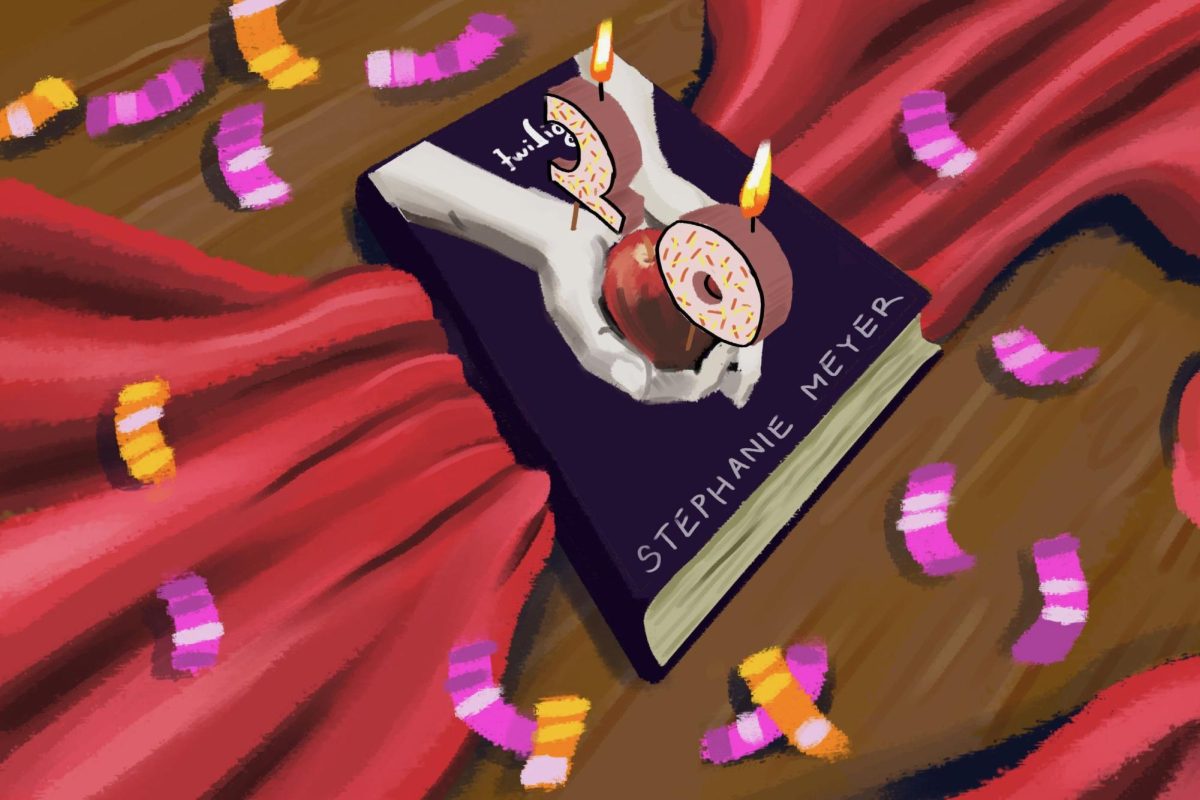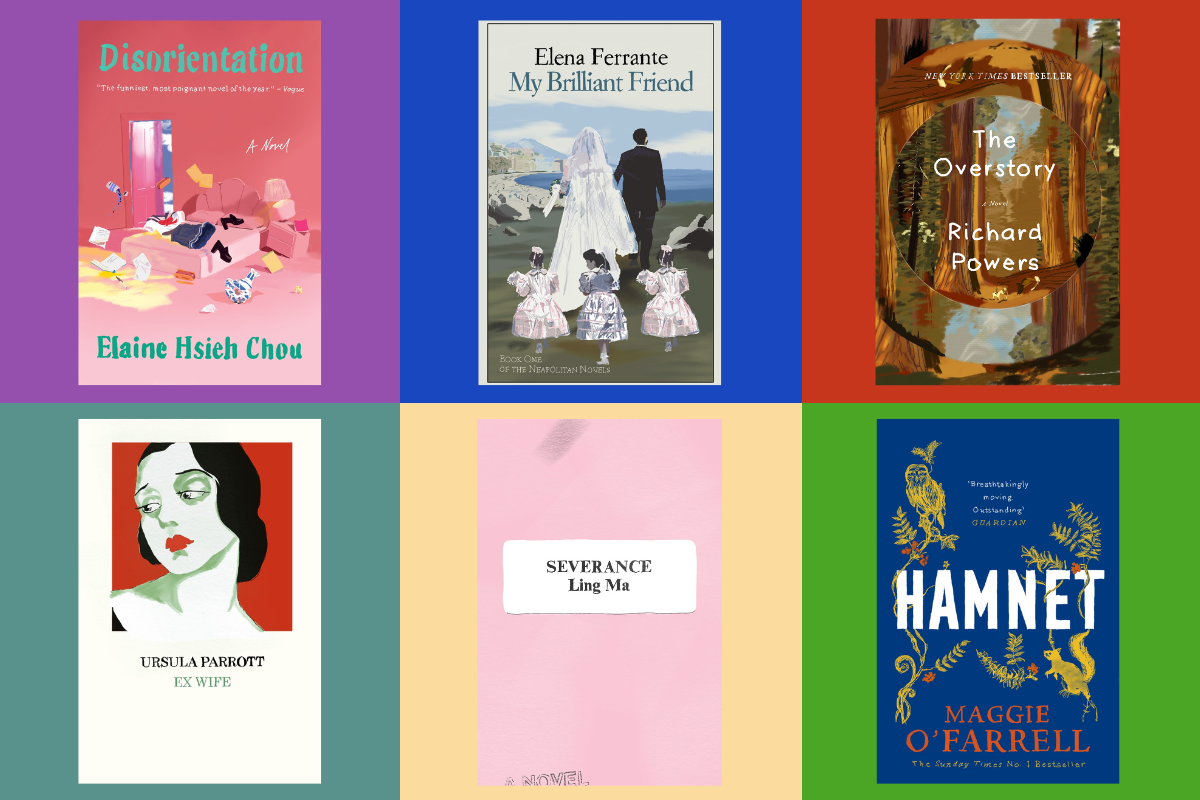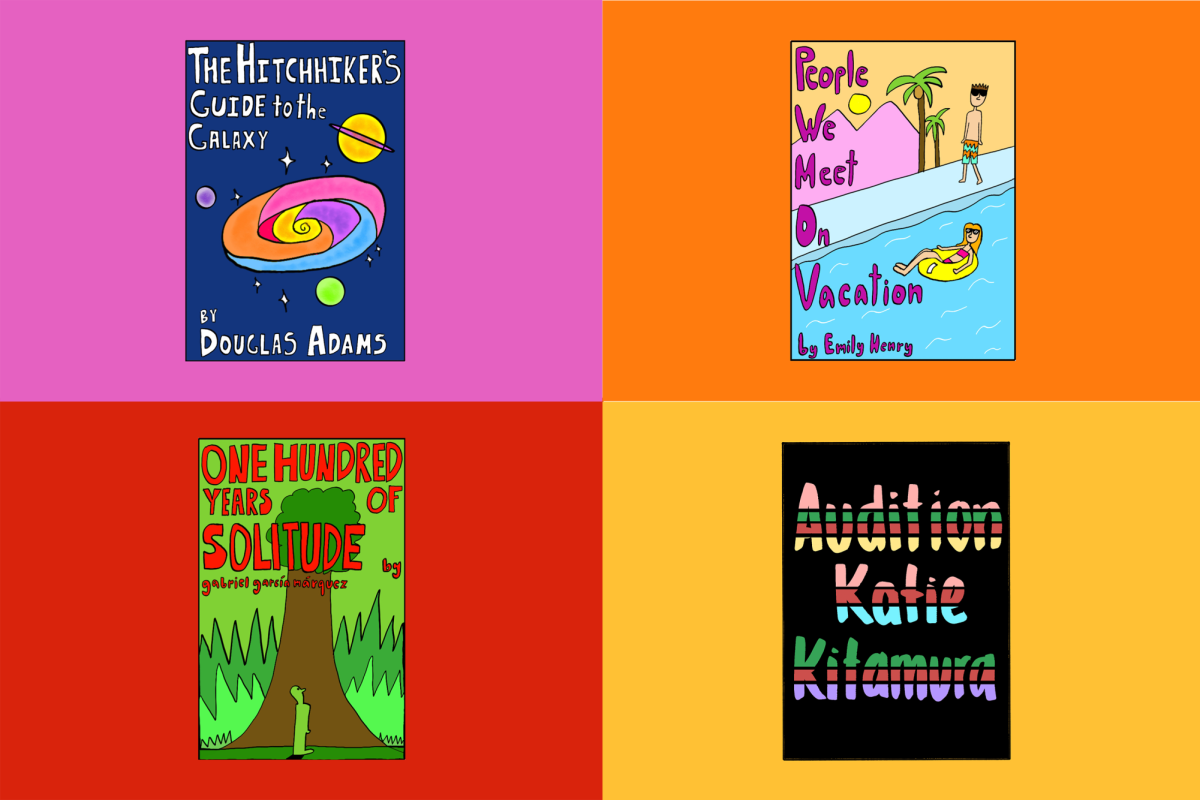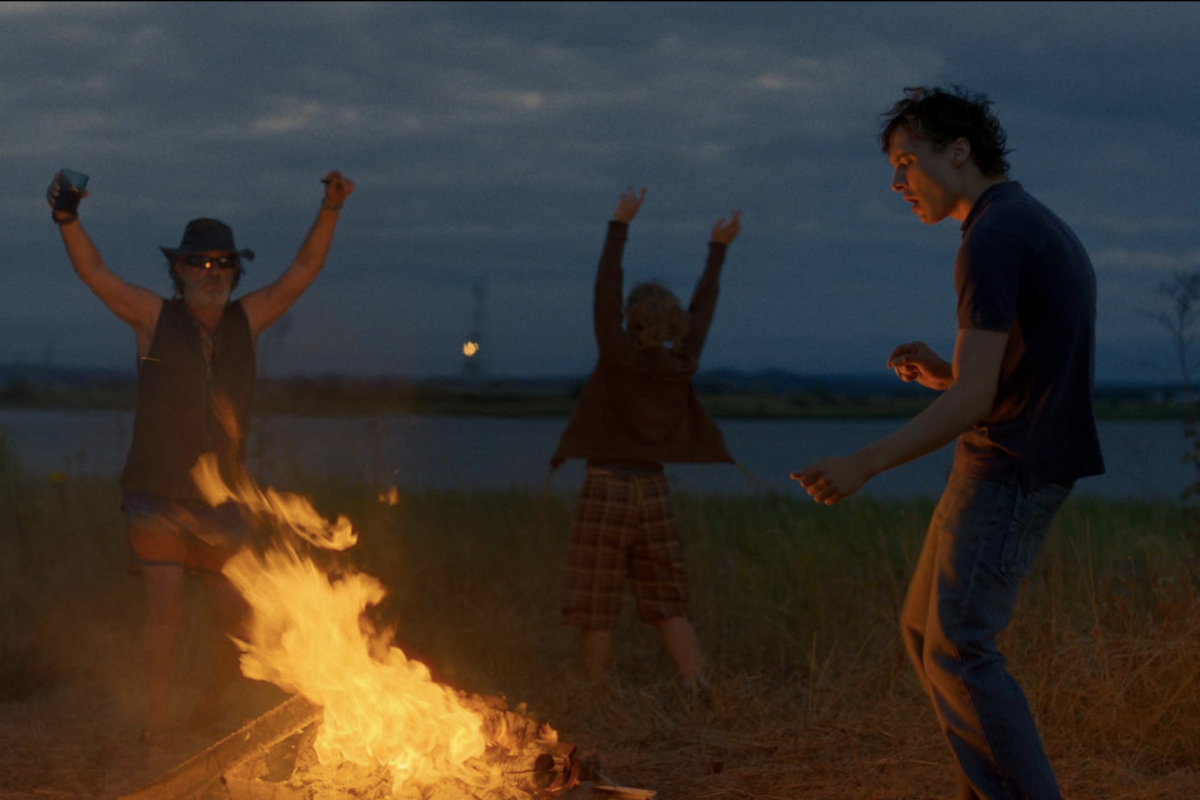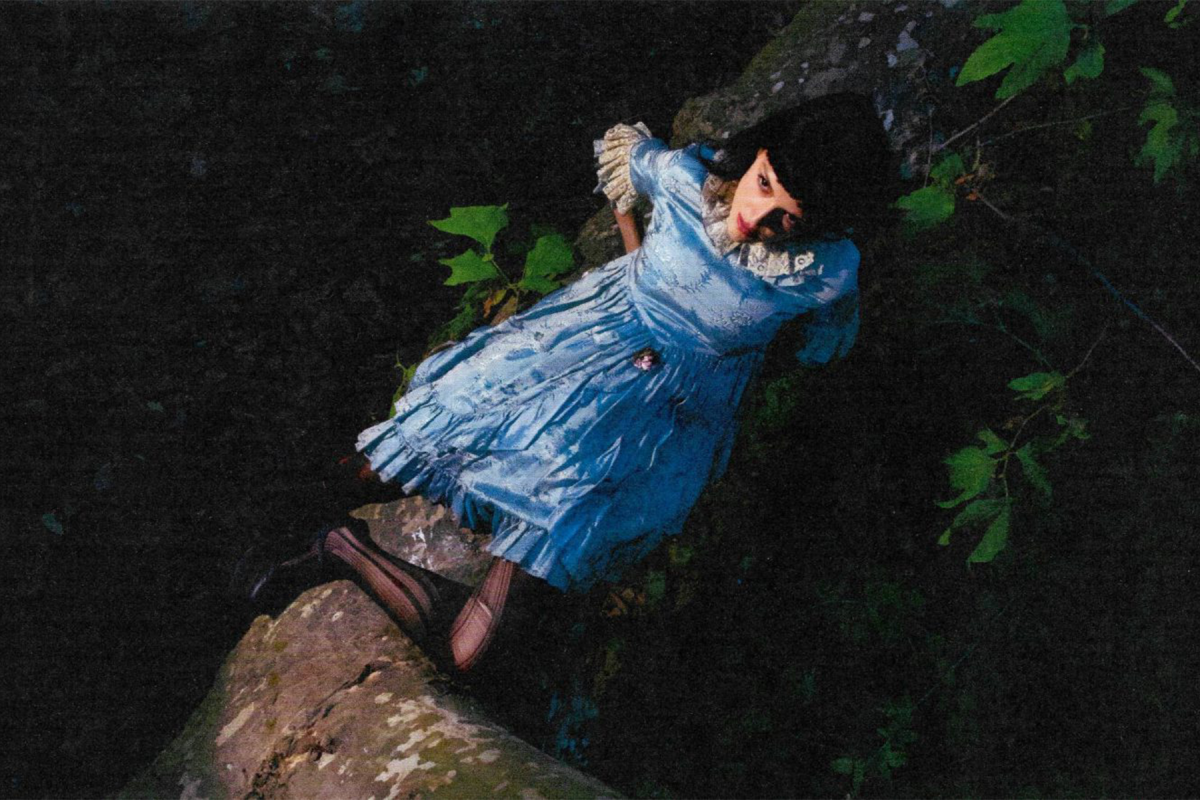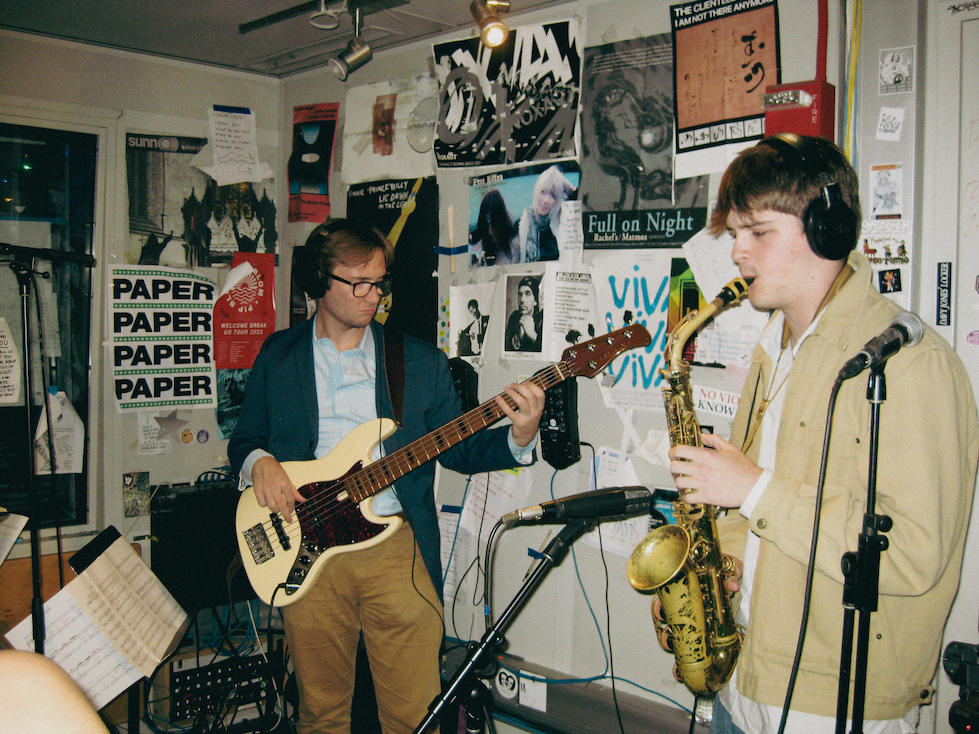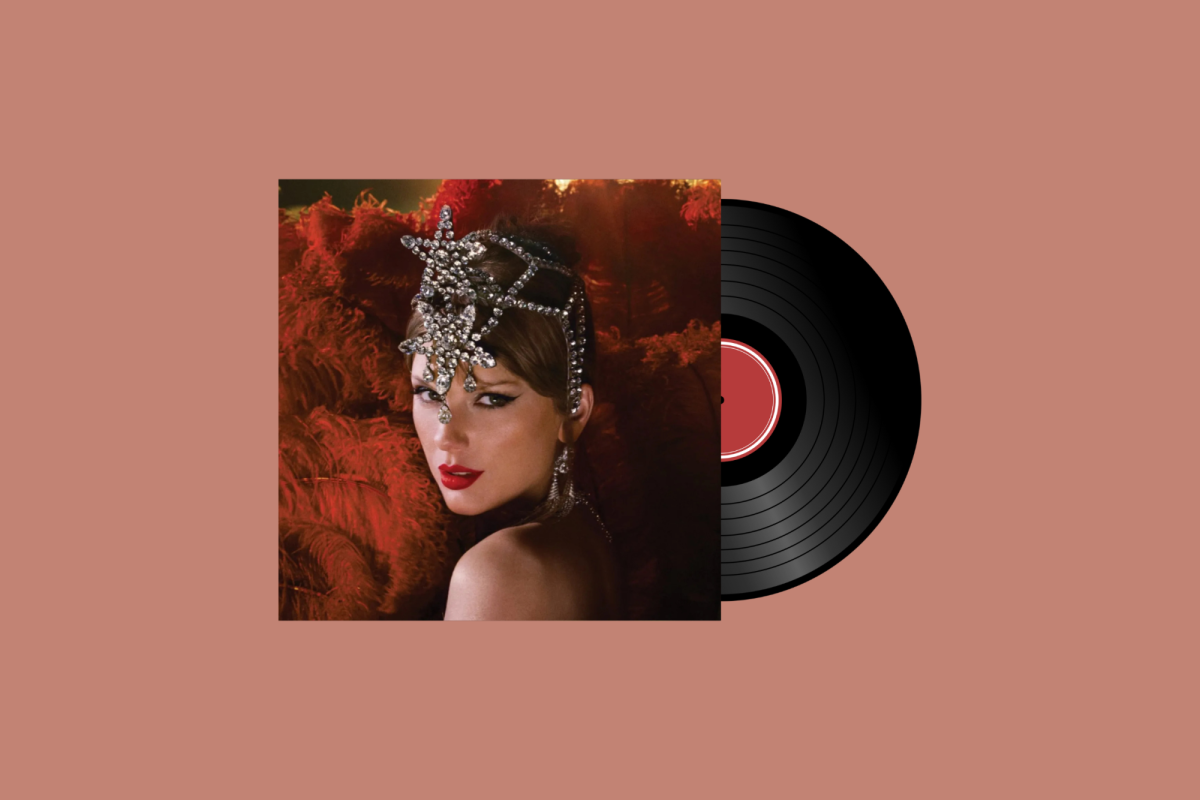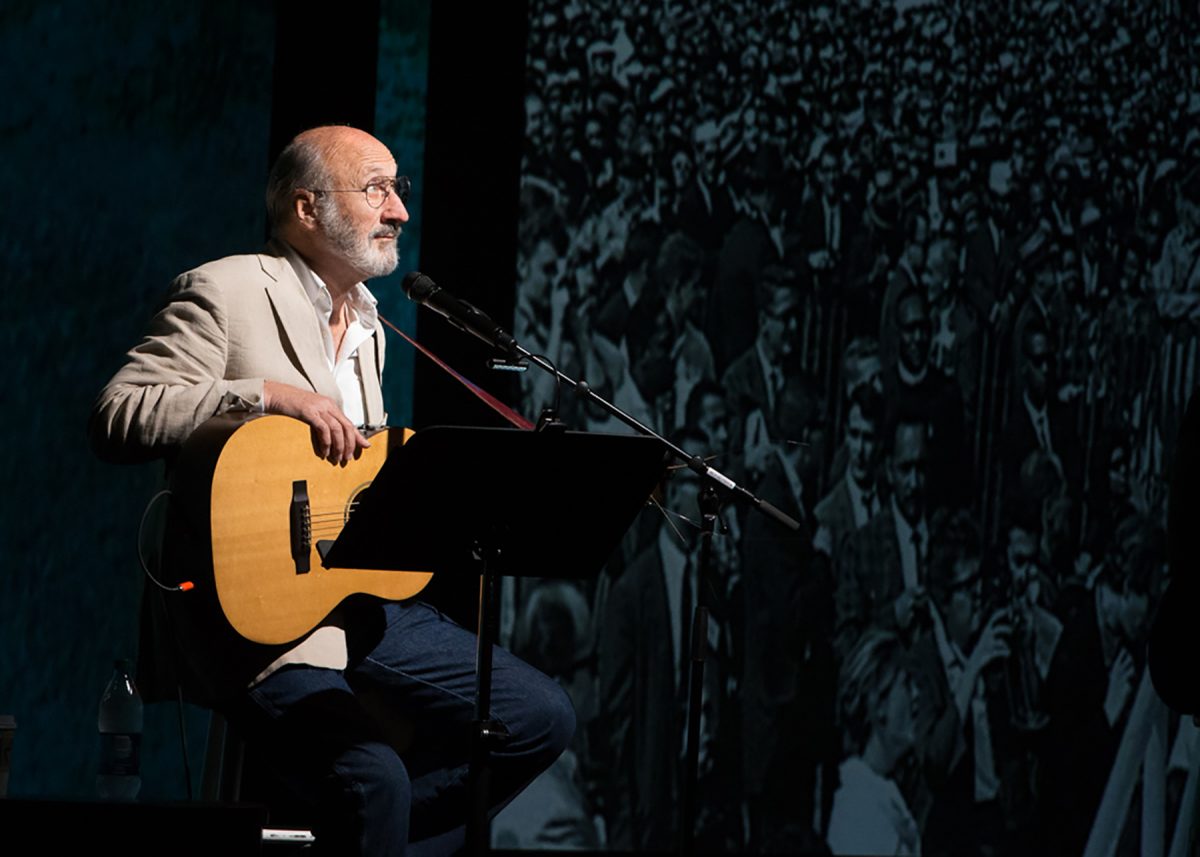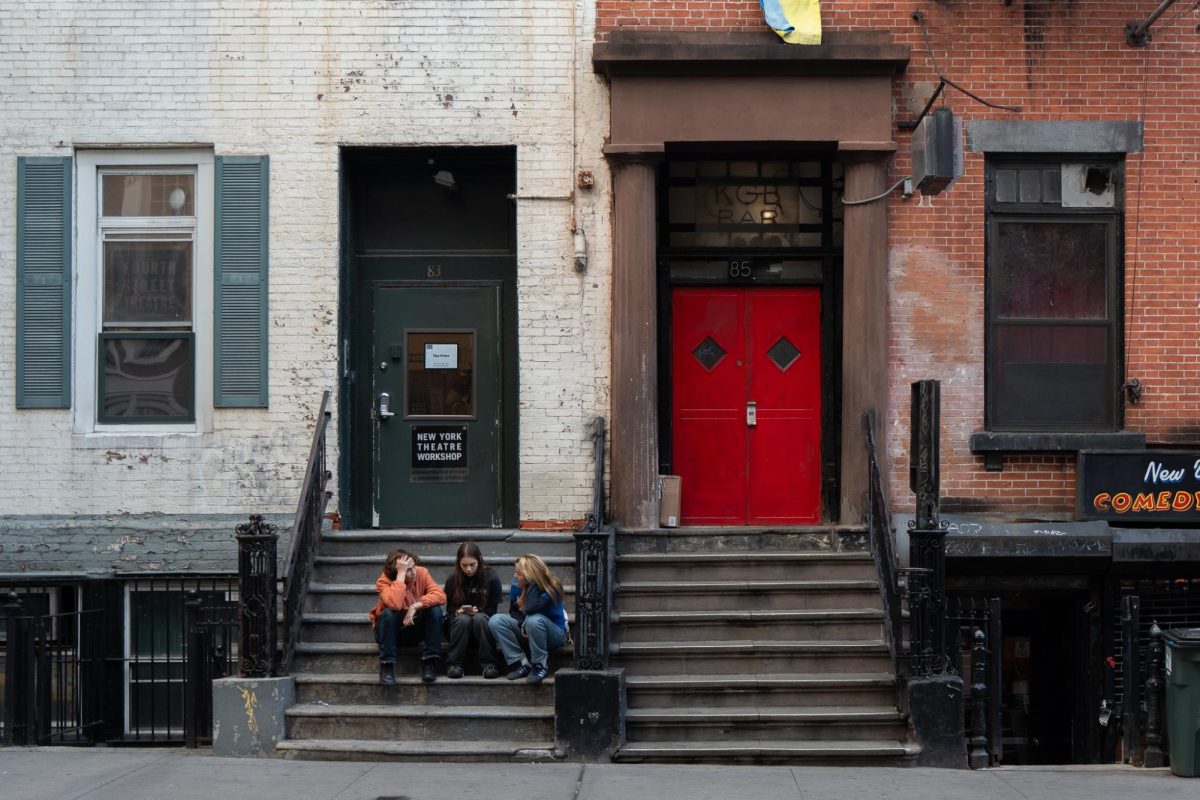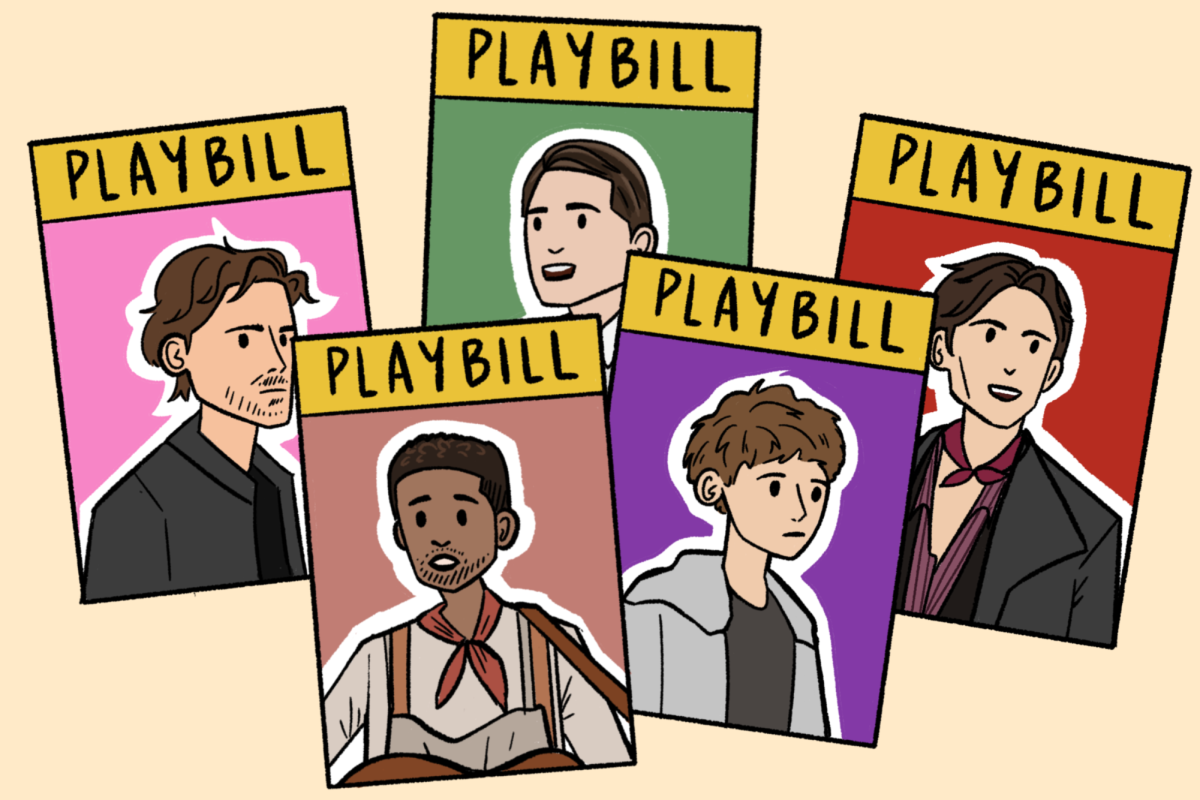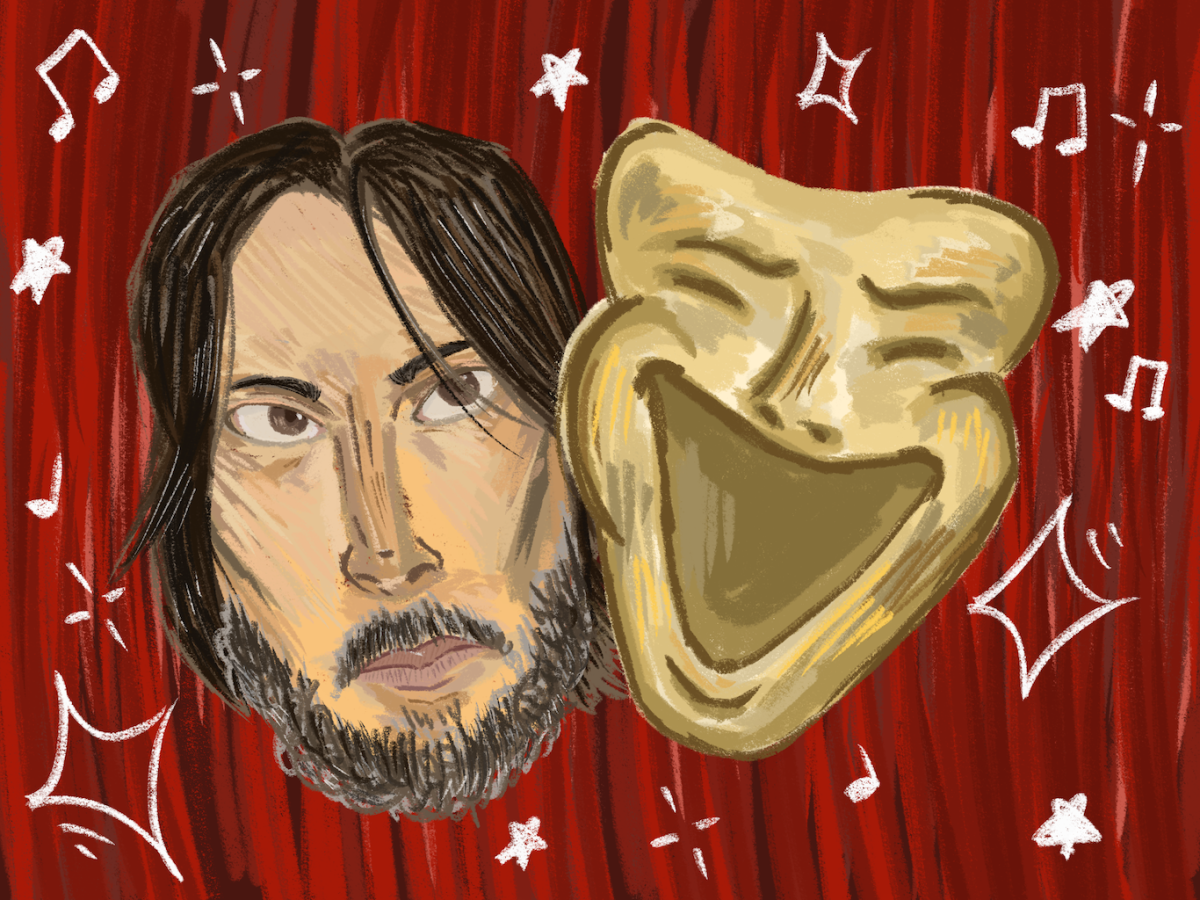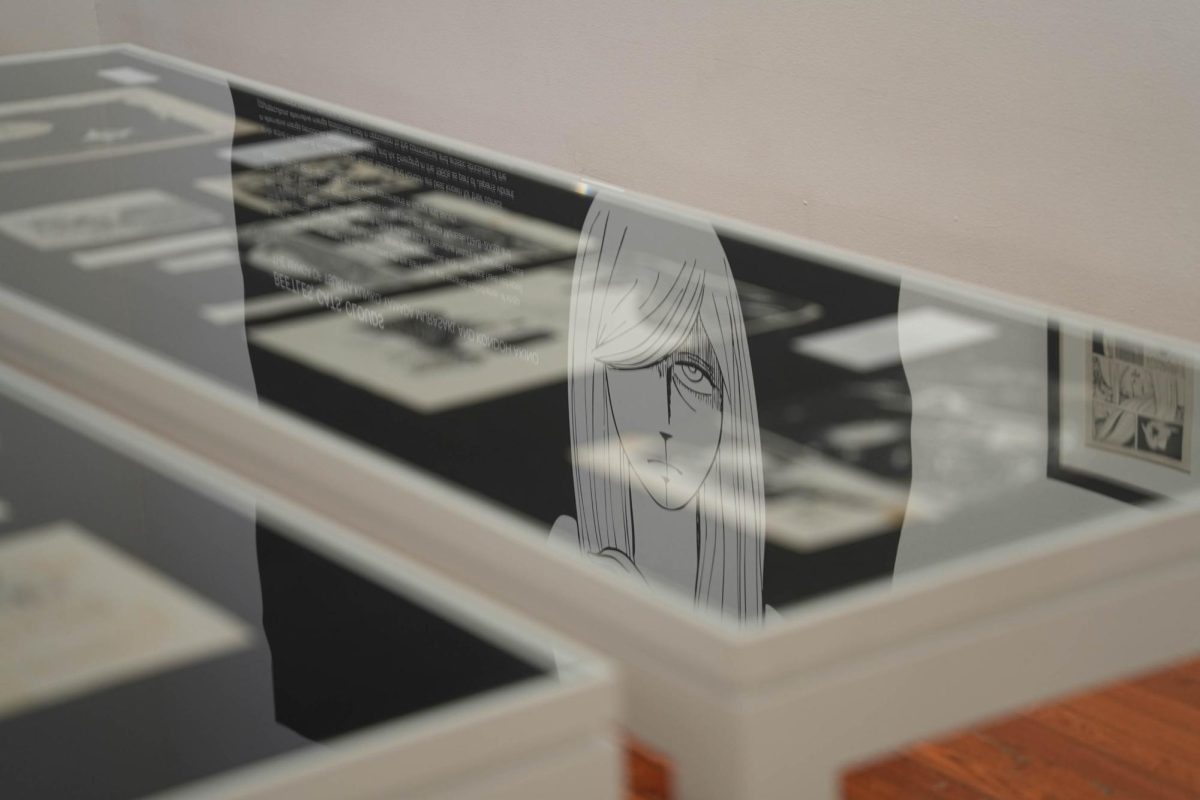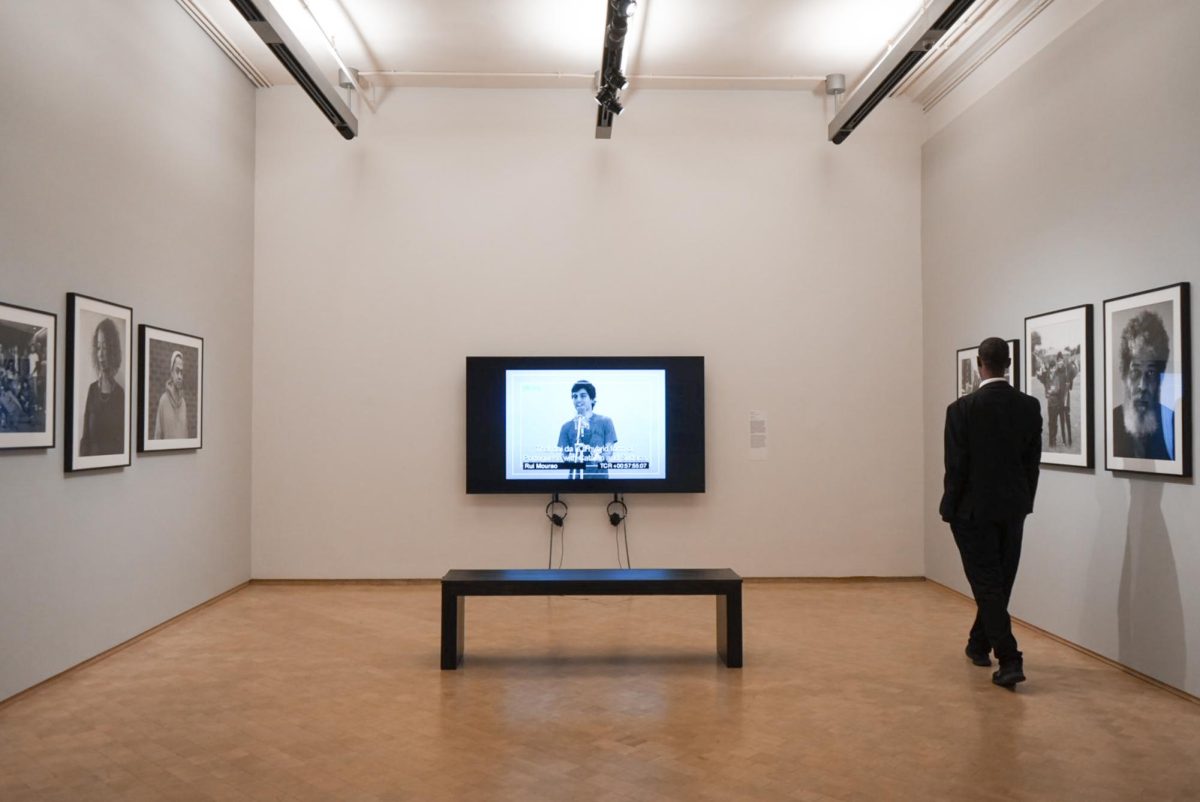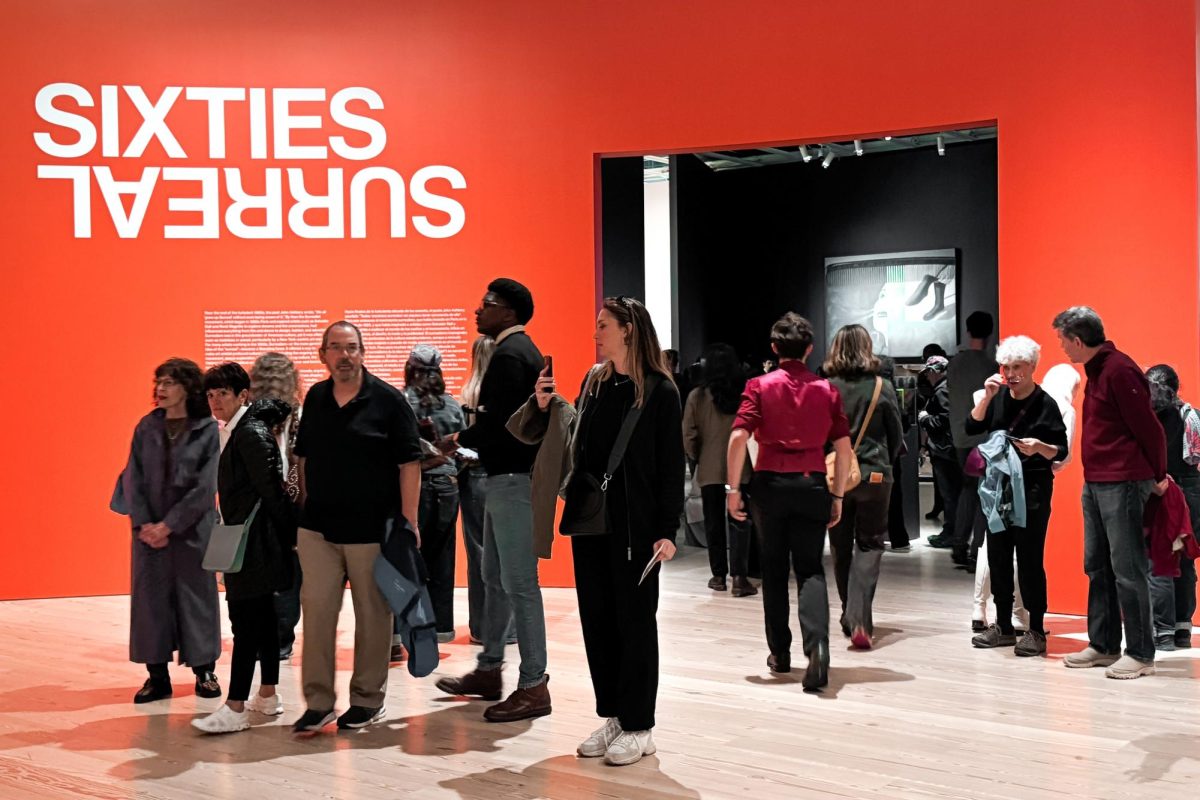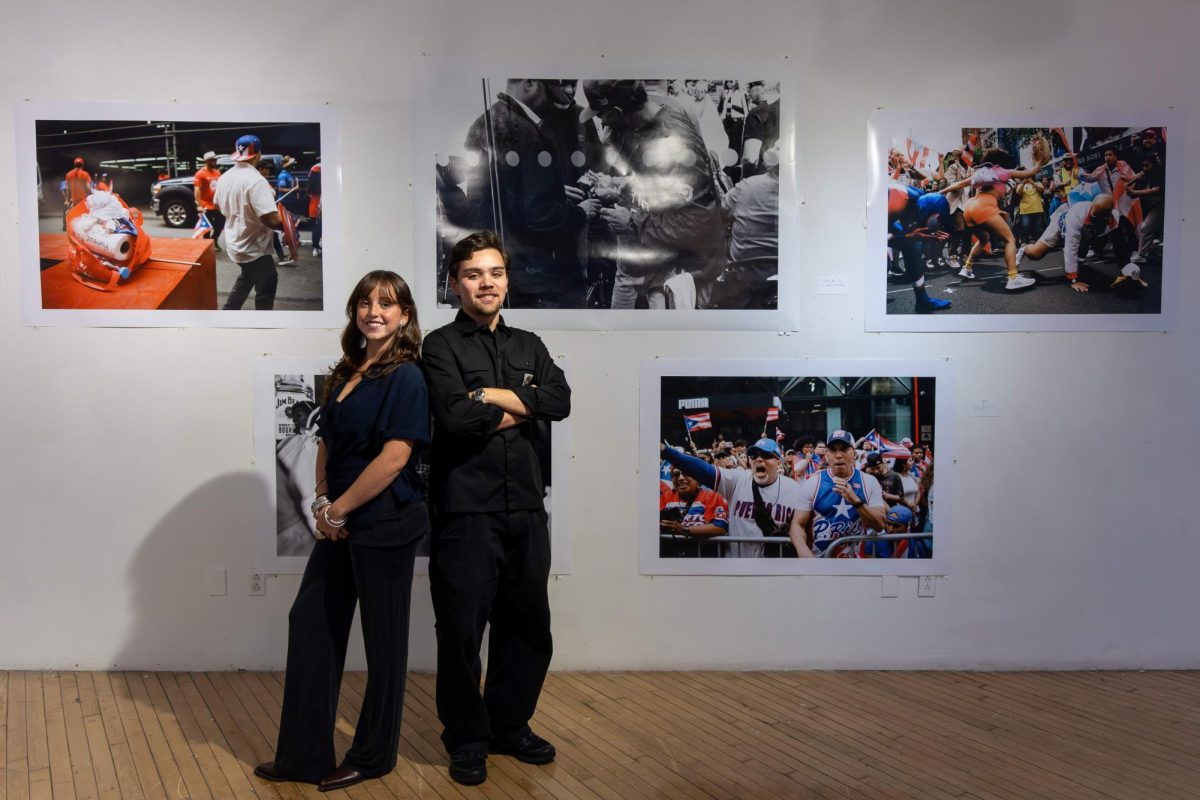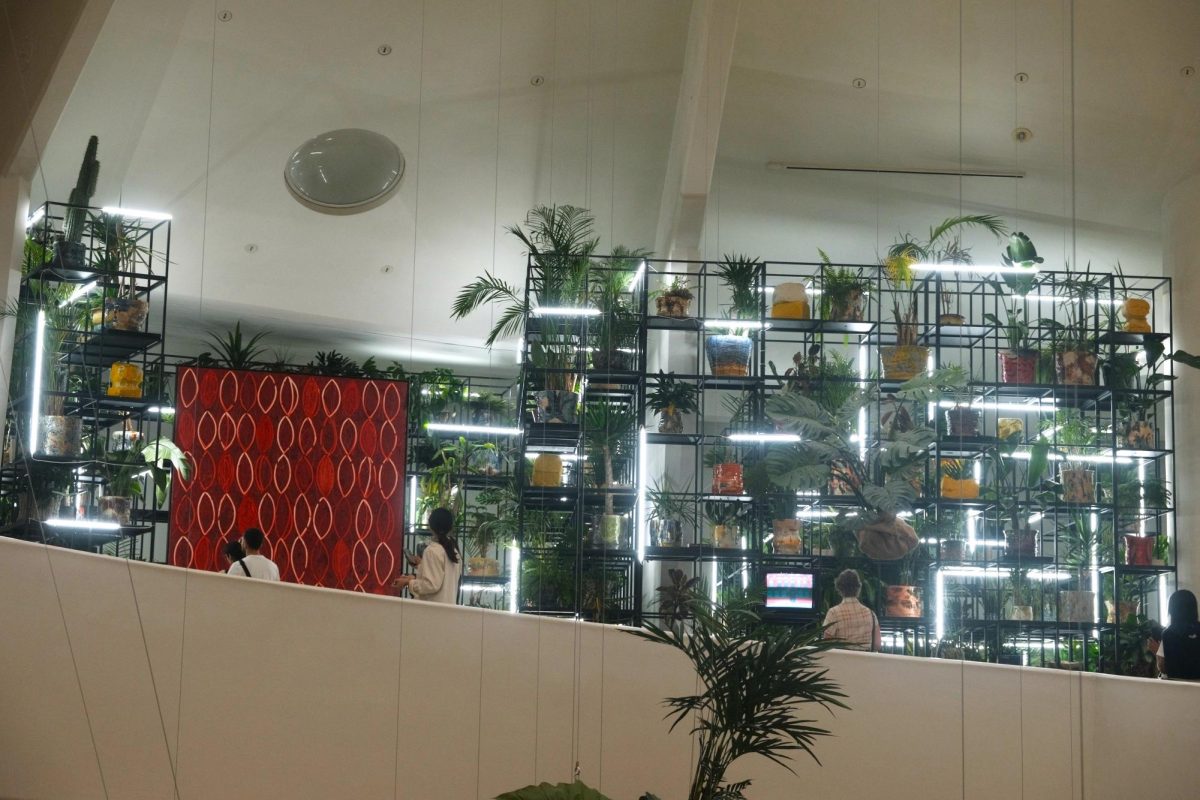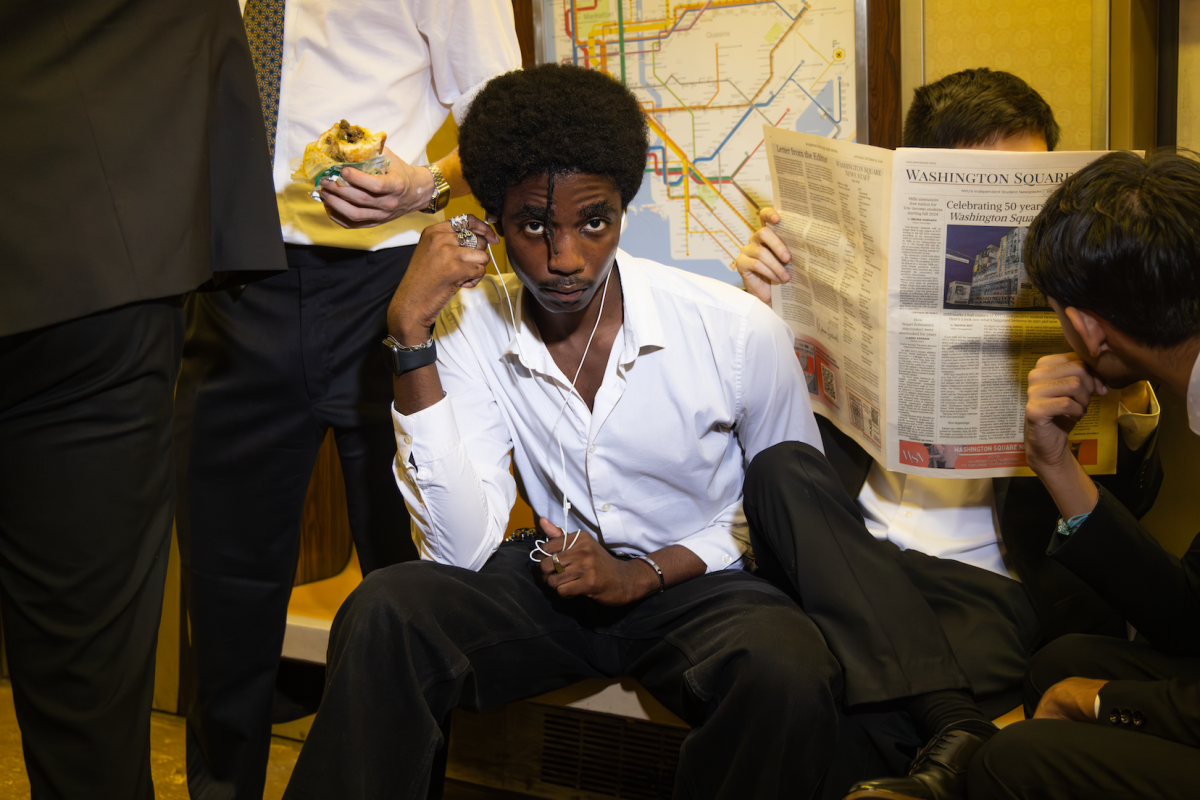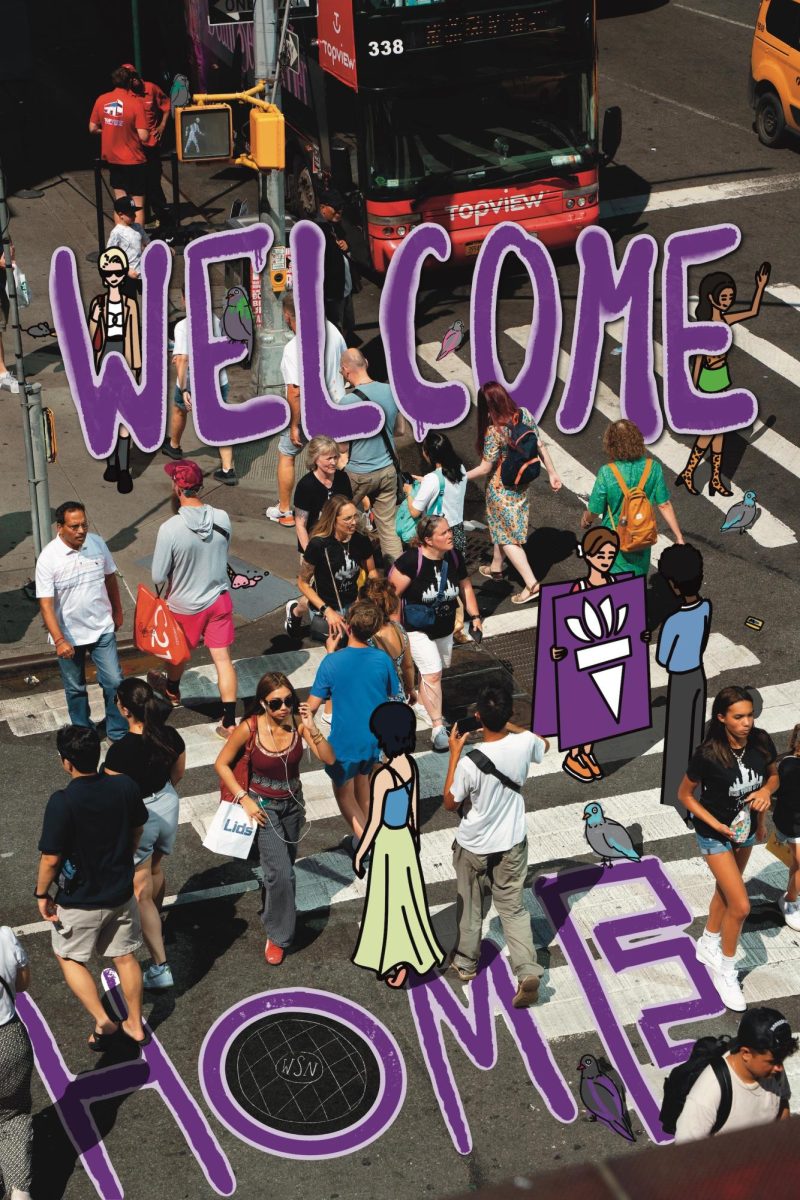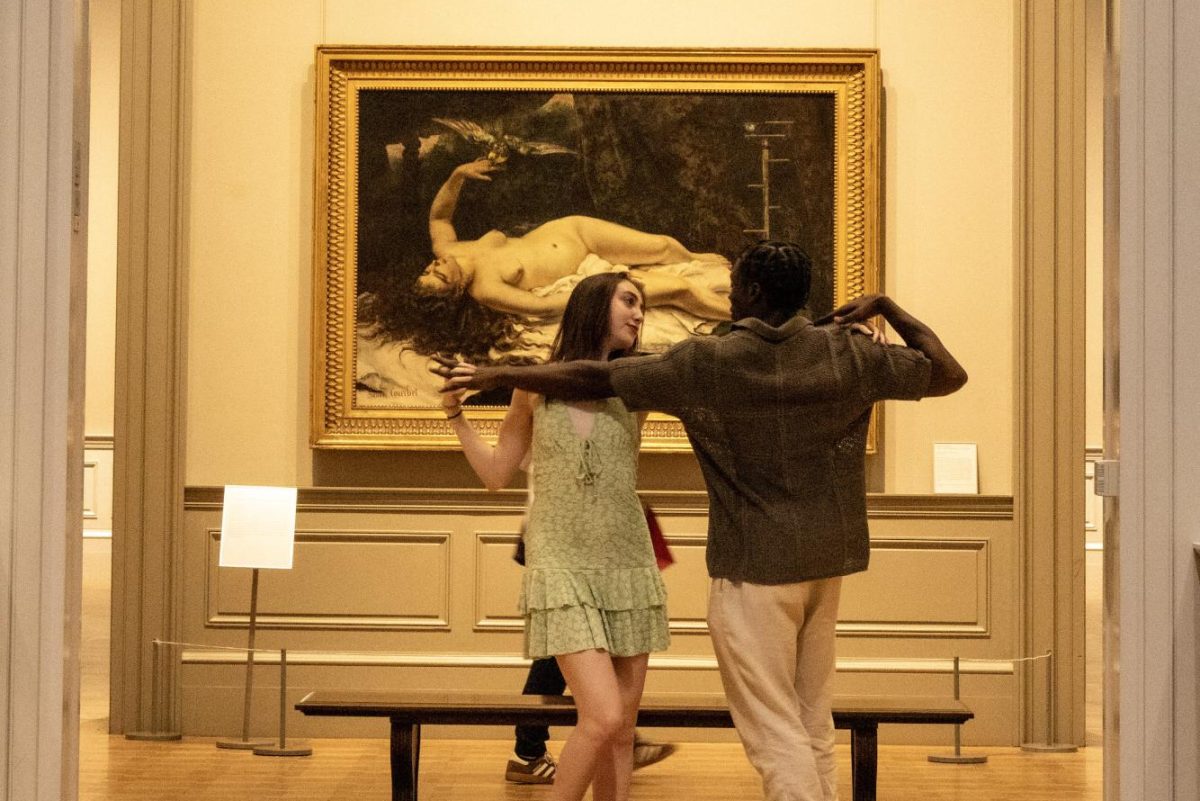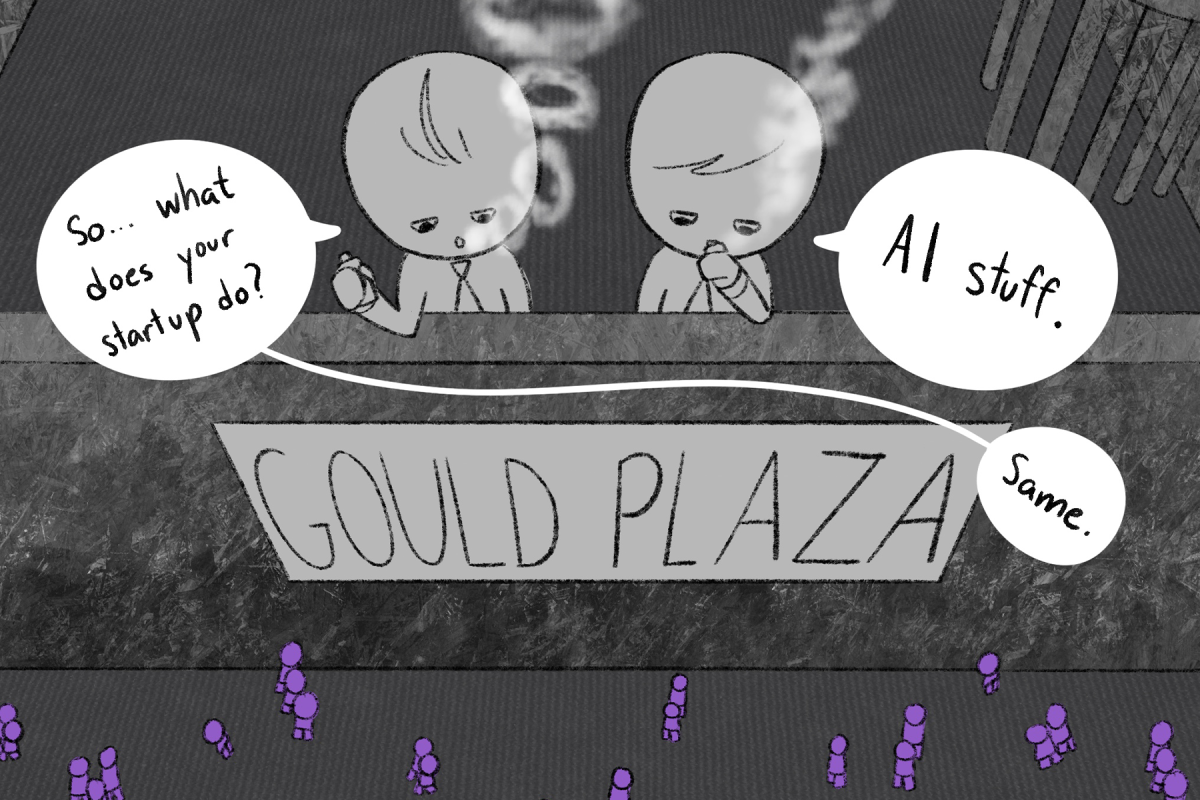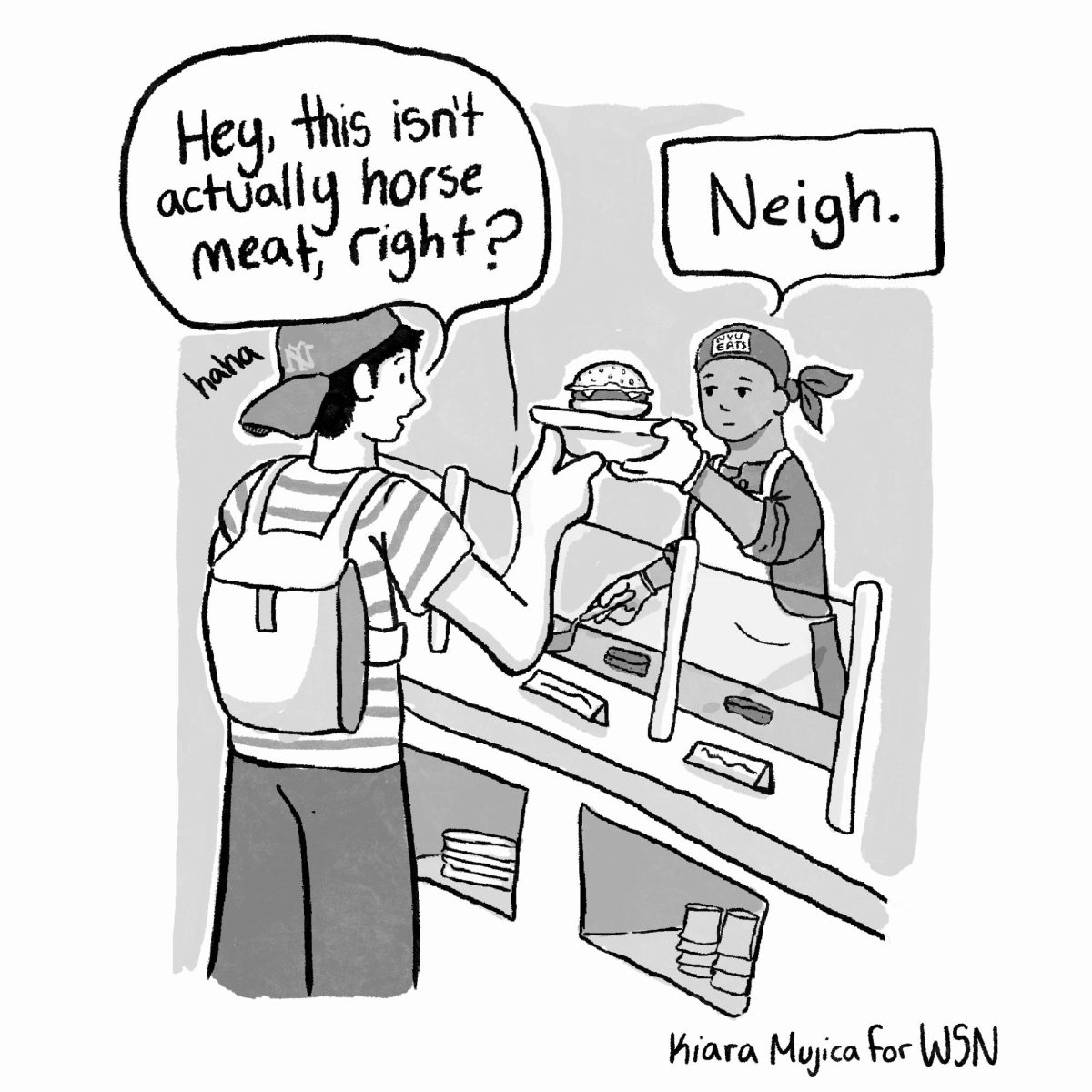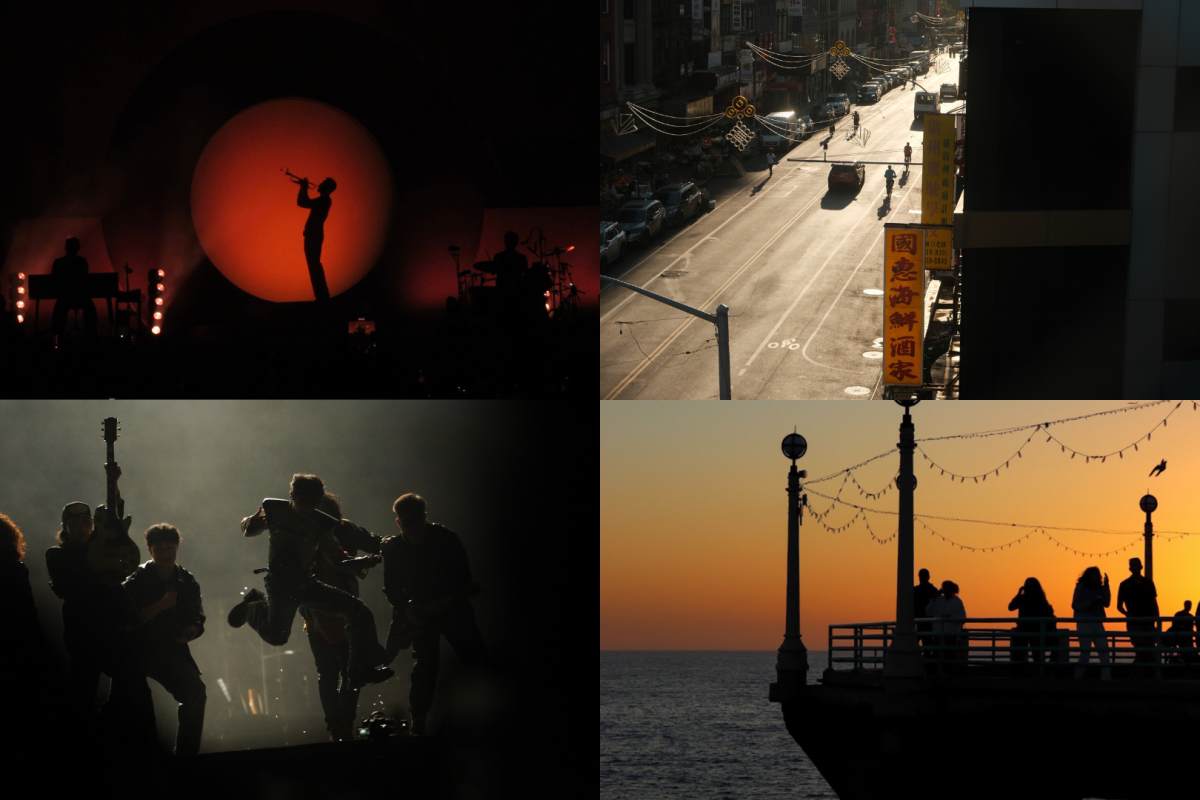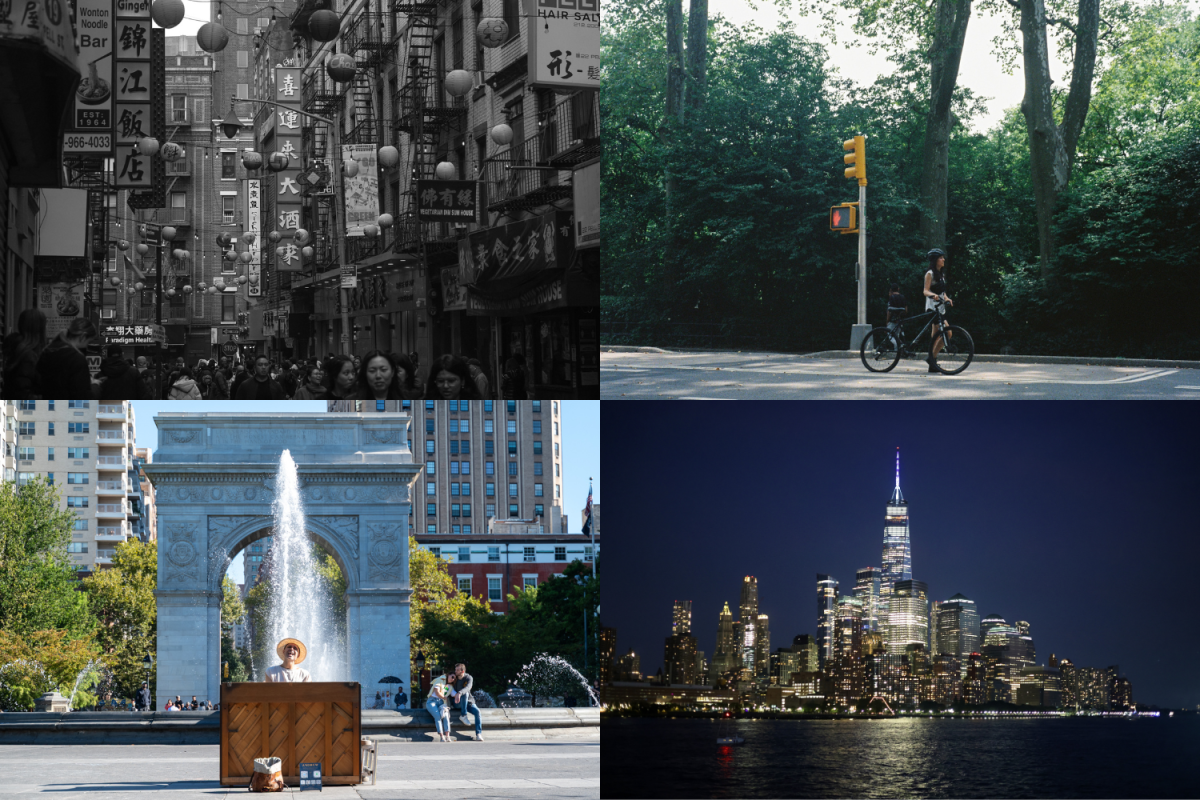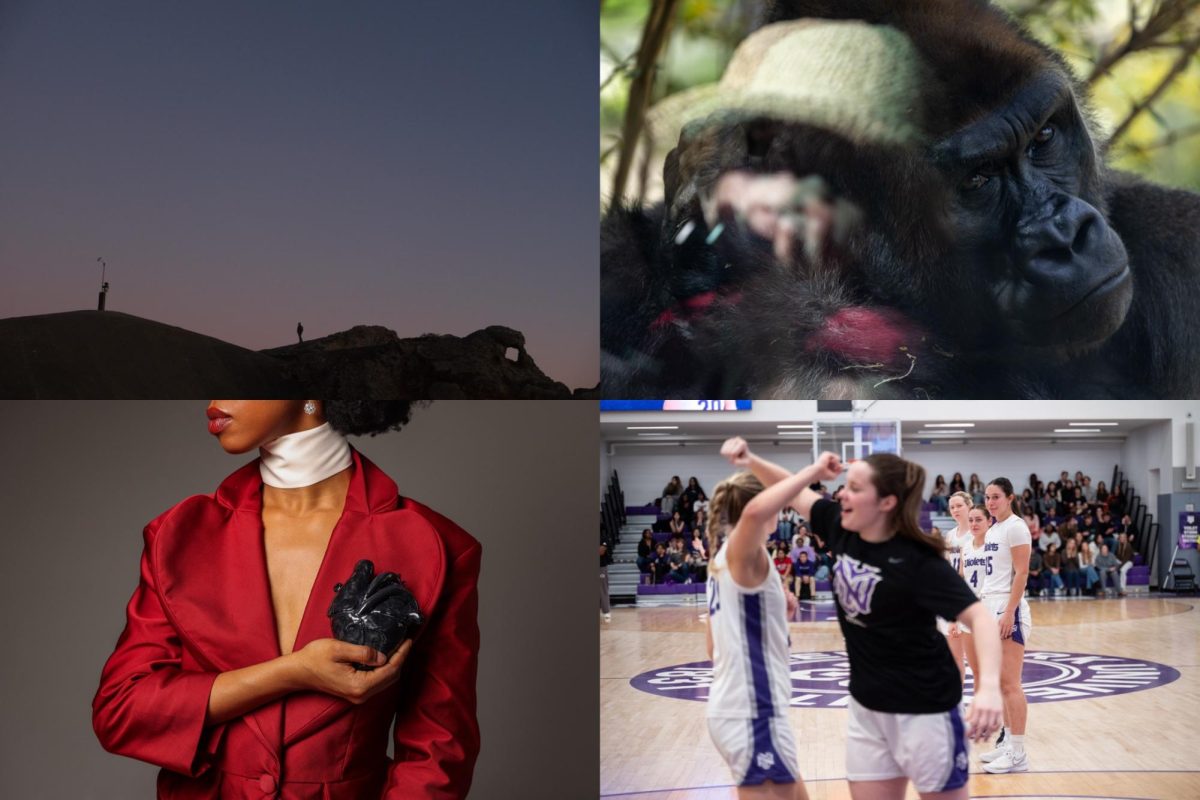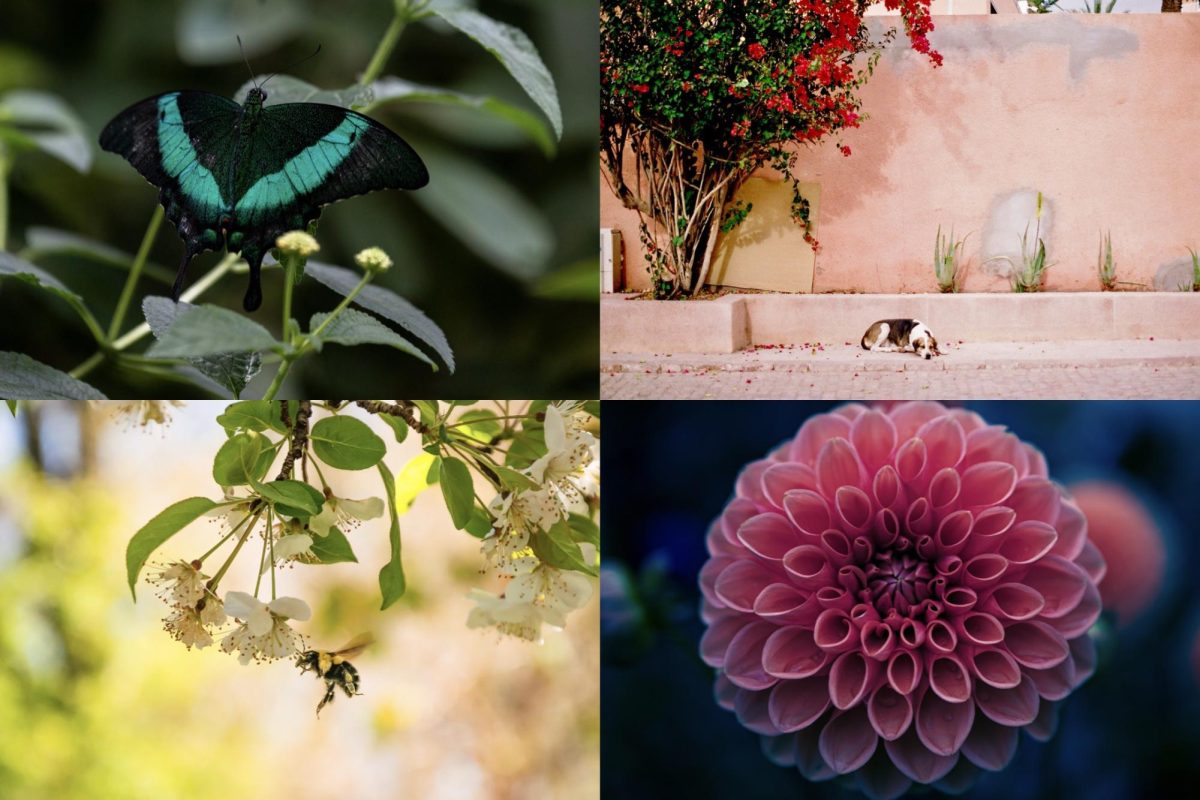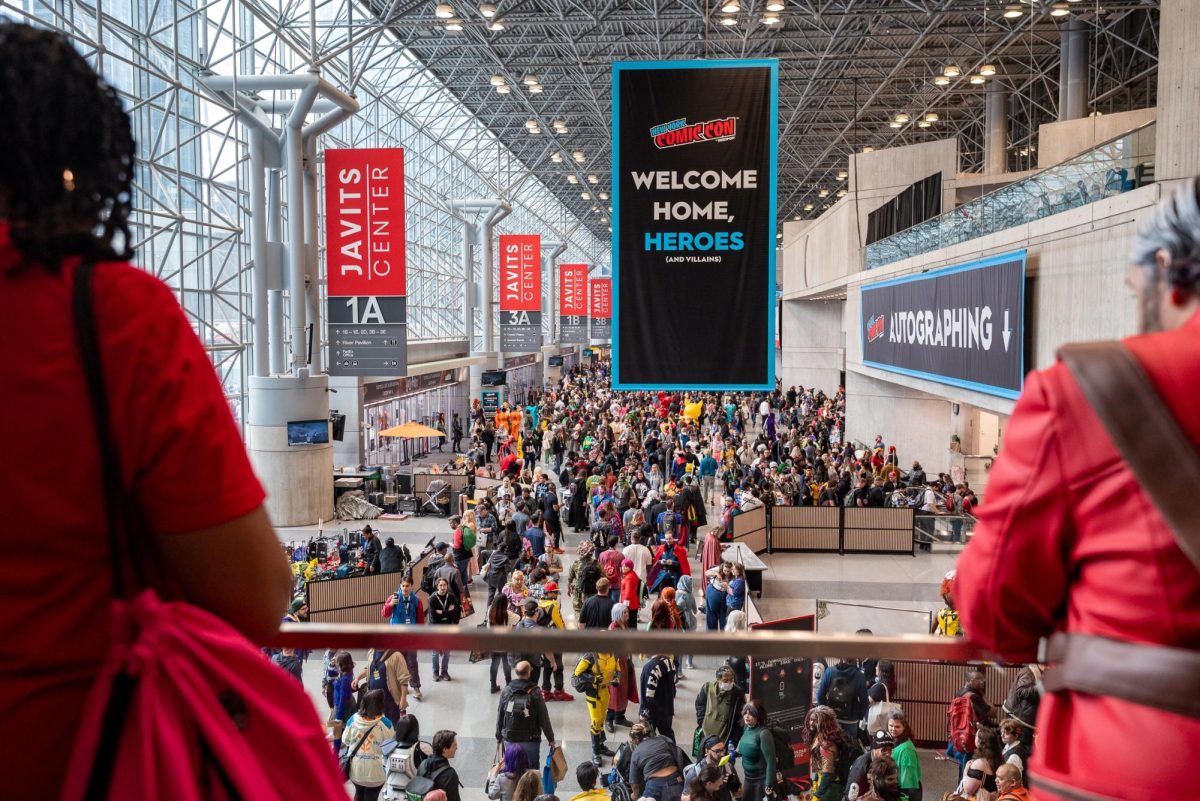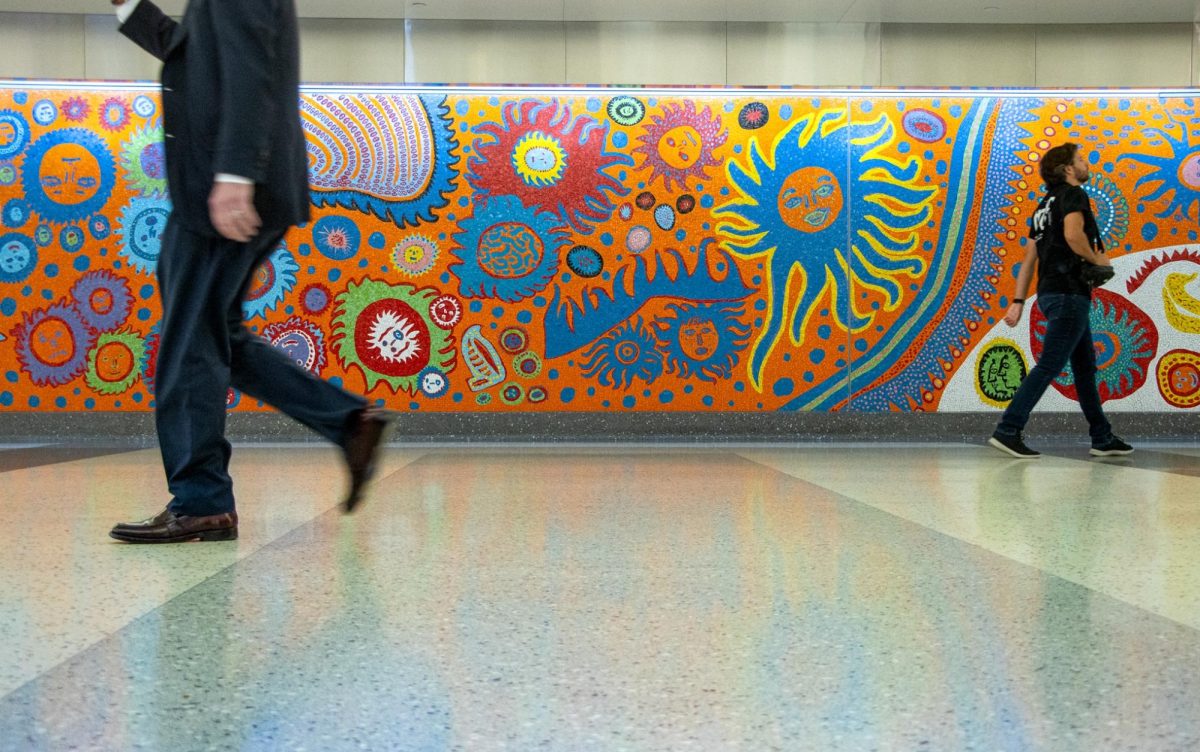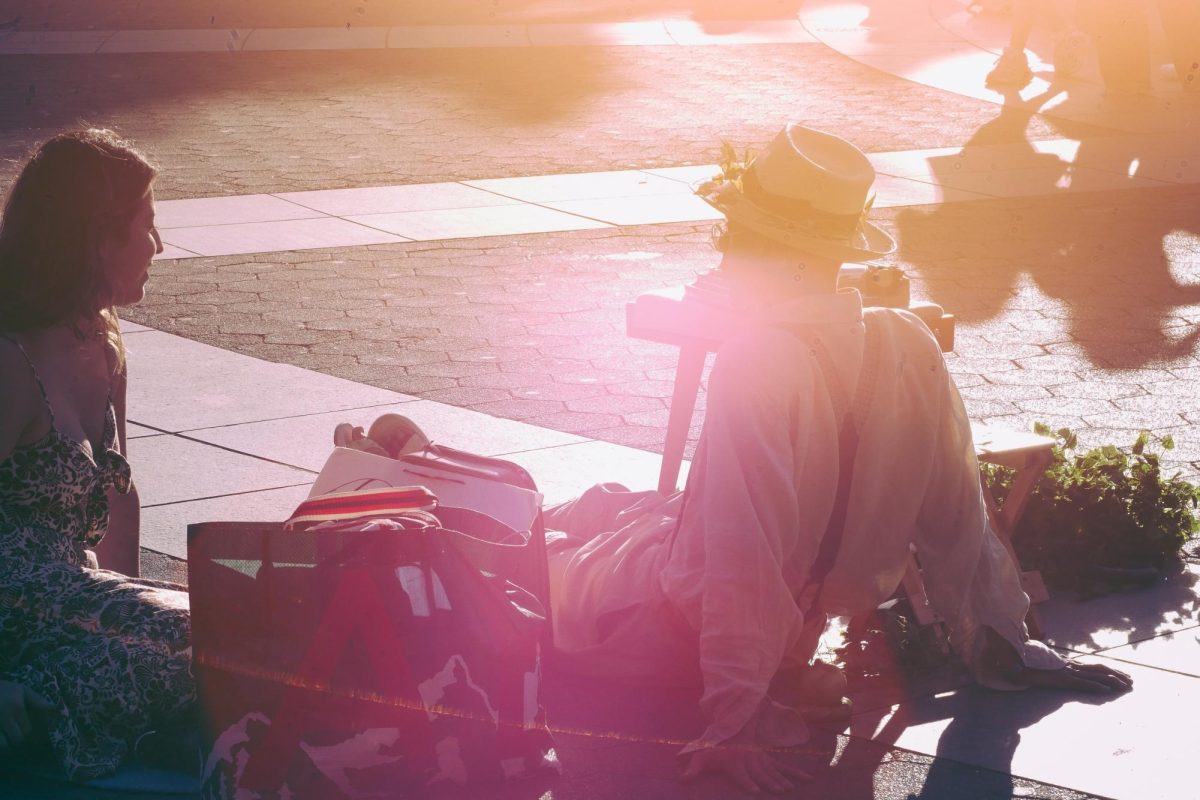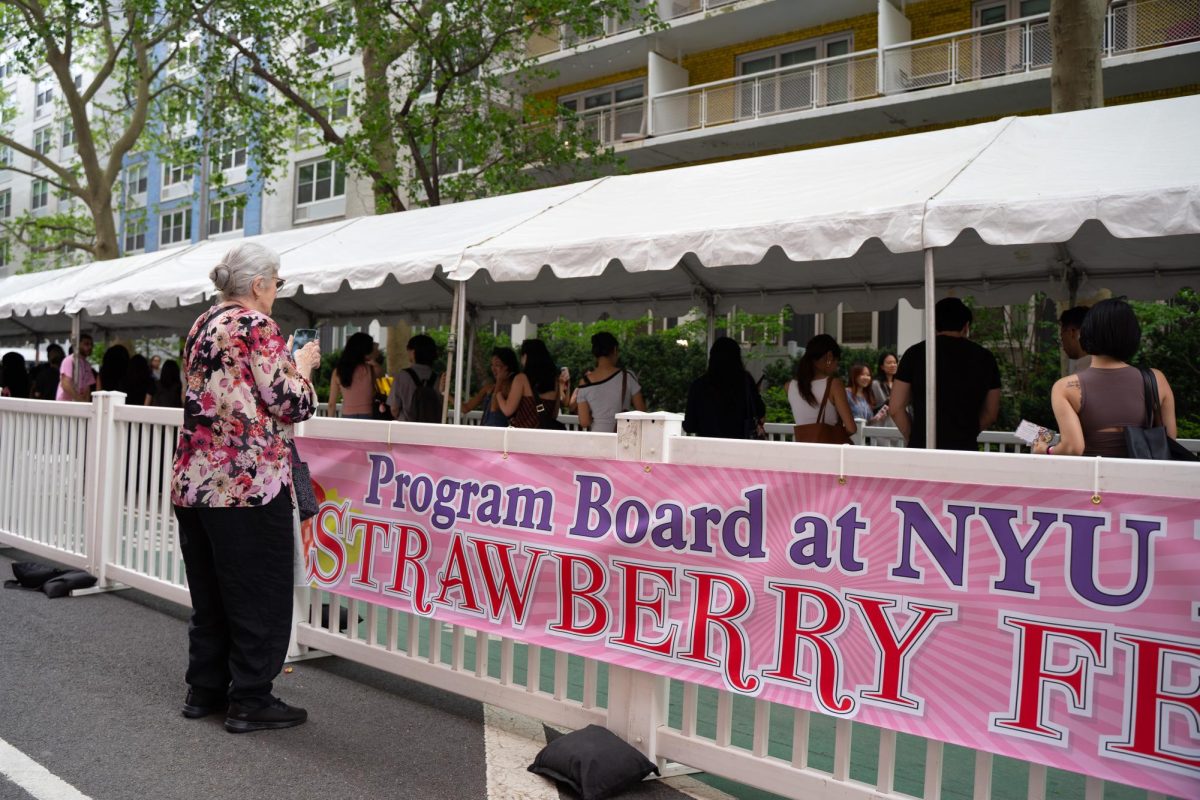Spring has returned to Washington Square Park, and students and passers-by alike have flocked to the park as the weather continues to warm. As the iconic center of campus, the park is closely tied to NYU students, either in their day-to-day schedules or as a venue for graduation photos and get-togethers.
That being said, one aspect of the park that often goes unnoticed — compared to the Washington Square Arch or the park’s host of artists and skateboarders around the fountain — is its natural spaces. Take a quick stroll through the park this month, and you’ll find magnolias, daffodils and cherry blossoms above the rows of benches. While visitors sit, chat or play chess, robins and pigeons flit between squirrels dashing across the grass.
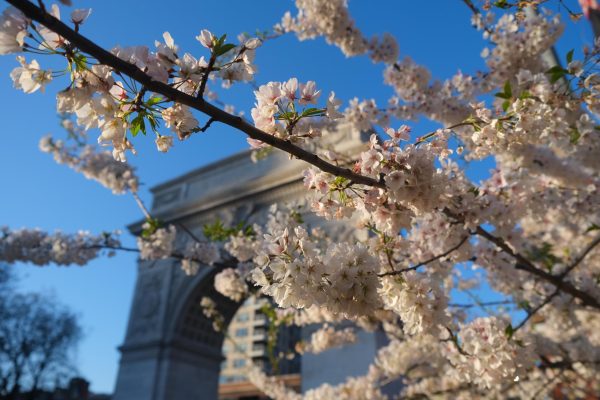
For Georgia Silvera Seamans, an adjunct professor of environmental studies at NYU and founder of the nonprofit Local Nature Lab, the park’s vibrant natural ecosystem offers numerous opportunities for study. As the largest public park in the neighborhood with a long history of environmental and physical changes, Washington Square Park is a uniquely storied green space, according to Silvera Seamans.
Originally the site of marshlands with a brook running through it, Washington Square Park was formally named in 1827. Its east side housed NYU’s headquarters during the 1830s before the addition of landmarks like the fountain and the Washington Square Arch. Other efforts to preserve the park continued into the 20th century, such as the decades-long fight against Robert Moses’ calls to redevelop Washington Square Park — namely his plan to extend Fifth Avenue through the park during the 1950s. Activists and other public figures like Jane Jacobs, Shirley Hayes and Eleanor Roosevelt spearheaded efforts to protest these proposals.
Silvera Seamans teaches Washington Square Park Revealed, an environmental studies course focusing on Washington Square Park and Union Square Park as places where students can interact with their overshadowed ecology and practice methods of observation and study.
“I designed the course because I wanted to show students at the university that this park they use as a commuter space between classes, or they sit in to have lunch with friends, [has] all of this life, and it’s worth paying attention to,” Silvera Seamans told WSN.
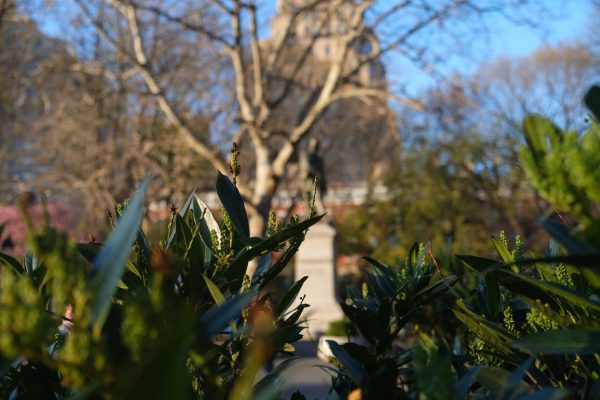
By allowing students to carry out projects like monitoring specific trees and its surrounding wildlife over the course of a semester, Silvera Seamans uses specific areas of focus like phenology — the study of recurring seasonal changes in plants and animals — as a means to explore the park’s physical environment. Beyond the hands-on activities that it offers to students, the course also hosts guest speakers like Hadrien Coumans, a deputy director and co-founder of the Lenape Center, who has presented on Lenape history and the indigenous farmlands that existed before the park’s construction.
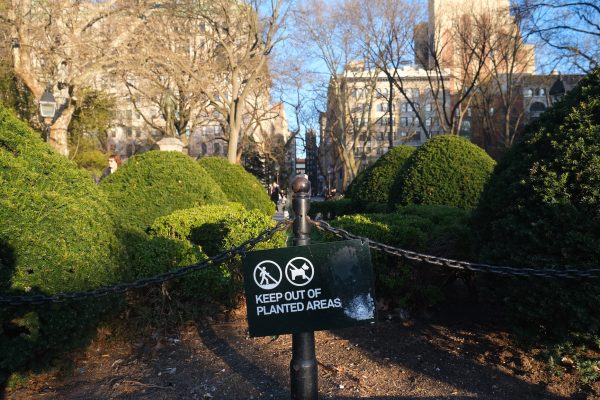
When looking around Washington Square Park’s fountain, the lawns in the north corners of the park quickly become noticeable, given that they’re closed off by high fences. This isn’t just for aesthetic purposes — these lawns are heavily seeded areas that enhance the park’s biodiversity and provide for seasonal changes like different birds’ spring migrations.
“There are a lot of birds that use that lawn — dark-eyed juncos, chipping sparrows, palm warblers, and you can see mourning doves there,” Silvera Seamans said.
What Silver Seamans finds most interesting about Washington Square Park, however, is its non-human visitors, namely a pair of red-tailed hawks nesting on Bobst Library’s rooftop.

“I was in the park earlier this week and the female red-tailed hawk was on Judson [Memorial Church] when I arrived, and swooped down in hunting fashion to snatch a pigeon,” Silvera Seamans said. “I could see every detail of her body, and I didn’t see anyone else notice this amazing situation that was happening.”
Even if students don’t always appreciate it, diverse wildlife has always been one of the defining features of Washington Square Park — even before the addition of its man-made features and vibrant arts and music scene. For students interested in gaining a deeper understanding of what the park’s environment has to offer, sometimes all it takes is to sit down and start looking.
Contact Kaleo Zhu at [email protected].

